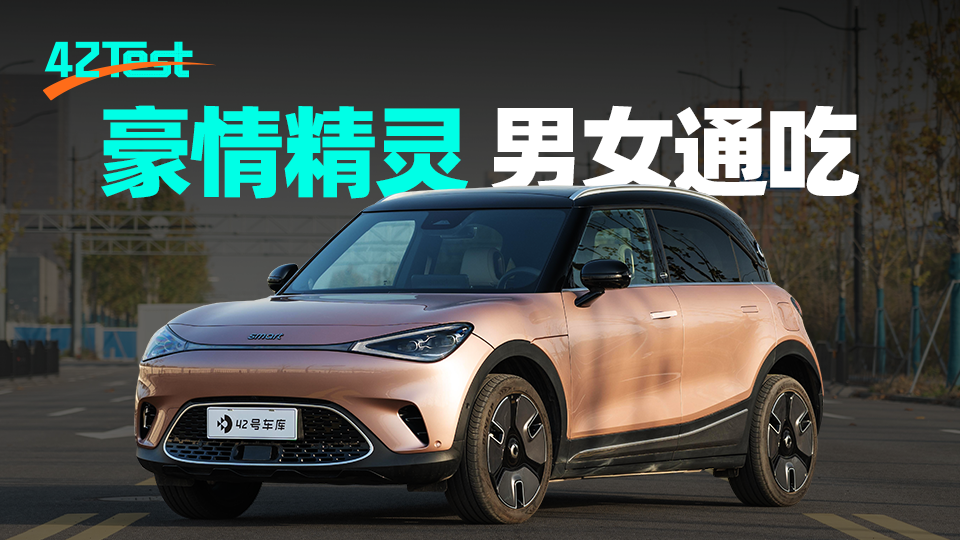When it comes to smart cars, most people may first think of this fuel-powered smart car. Before the Wuling Hongguang MINIEV caught fire, this may have been the most commonly seen commuting car on the road, meeting the needs of some people for daily urban commuting.

After the smart brand renewal, they launched their first electric SUV – the Smart EQ Fortwo. As early as the 2021 Munich Auto Show, smart exhibited the concept car of the EQ Fortwo. Now it seems that although the design featuring the door-free B-pillar has been abandoned, the appearance and most of the design of the final production version have been retained.

Recently, we received a smart EQ Fortwo Premium version. Let’s take a look at smart, which has won Brownie points for its design and once was a tool for city commuting, to see if it can continue its excellent tradition.

Range Test: Is 66 kWh battery really sufficient?
The vehicle tested in this 42Test is the Smart EQ Fortwo Premium version, equipped with a 66 kWh ternary lithium battery. The official combined range under CLTC test conditions is 560 km, and it is equipped with 19-inch low-drag rotor wheels as standard.
This time, we still conducted tests in two scenarios of “highway driving” and “urban driving”. So, what is the actual fuel economy performance for the Smart EQ Fortwo?
Highway Range: Looks mediocre, but not bad at all
The high-speed range test was conducted on December 12th, and the outdoor temperature was 11°C. Since the vehicle we received had the highest charging limit, and it cannot be modified from the vehicle system, we only had 94% of the battery charge when we set off. During the test, the air conditioning was set to winter mode, with a temperature of 24°C and a wind speed of 2nd gear. The A/C was turned off, and the driving mode was set to “Standard” while the energy recovery was set to “Maximum”.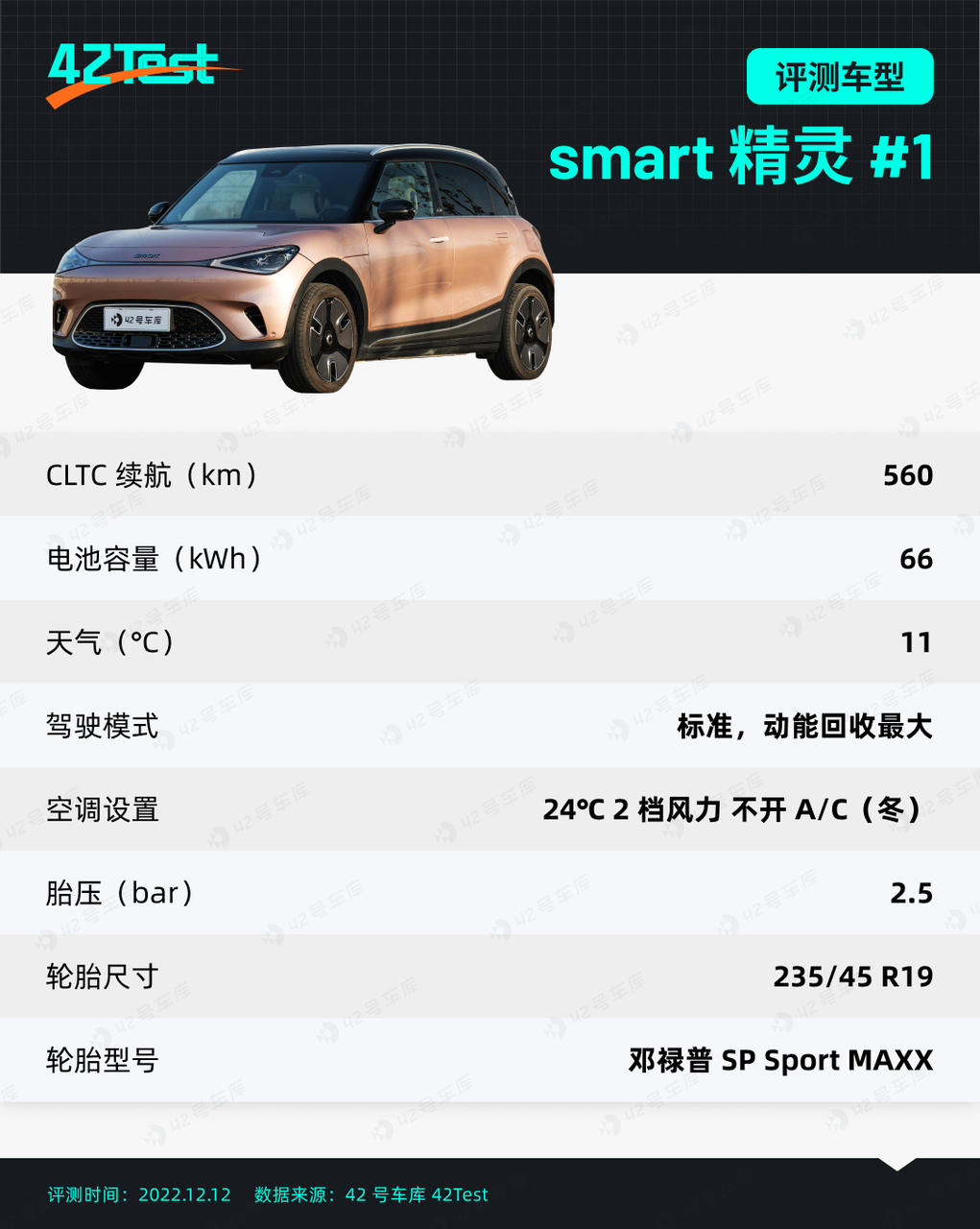
The high-speed endurance test route still starts from the company and passes through the outer ring expressway, Shanghai-Chongqing expressway, Shanghai Ring Expressway and Shenjiahu Expressway Shanghai section. After more than 4 hours of testing, Sprite #1 finally ran 323.8 km, with 12 km of remaining displayed battery level. As the road conditions on the day of the test were not very smooth, traffic jams occurred in some sections. The average speed during the test was 80 km/h and the displayed energy consumption was 18 kWh/100 km.
After calculation, Sprite #1’s displayed endurance and actual power drop ratio is 1:1.18, and the actual full-electric high-speed endurance is 352 km.

At first glance, the score of 352 km seems mediocre, but considering that this is a small SUV, the vehicle’s drag coefficient reached 0.29. In comparison, the drag coefficient of the same-sized ID.3 is 0.267, but the ID.3 is a compact two-door sedan. Among SUVs, the popular mid-size SUV NIO ES7 has a drag coefficient of only 0.263, and XPeng G9’s drag coefficient is only 0.272. It can be seen that Sprite #1 does not have an advantage over these sportier SUVs in terms of wind resistance.
At the same time, Sprite #1’s battery capacity is only 66 kWh, and the 24°C air conditioning was turned on during the test. From the power drop data of every 10 km, it can be seen that under smoother road conditions, the power drop of Sprite #1 for every 10 km is roughly in the range of 12-14 km.

Looking at it this way, Sprite #1’s high-speed endurance performance actually reaches the upper-middle level among vehicles of the same level. Occasionally running some intercity trips will not bring strong endurance anxiety to the driver.### City Range: Probably the most suitable electric car for urban commuting
If smart fortwo’s highway range still doesn’t satisfy you, then the city range should.
The city range test still includes two parts: first is the 50 km ground road section passing through Dingxi Road, Century Avenue, Xuhui Riverside and Wukang Building, which are important traffic arteries; then driving around the outer ring expressway for about 100 km to simulate the city expressway road conditions. The total distance of the two segments is 150 km.
The city range test was conducted on December 14th, with an outdoor temperature of 8°C. The air conditioning was still set to winter standard during the test, with a temperature of 24°C, wind speed of 2 gears and A/C turned off. The driving mode was adjusted to standard, and the regenerative braking was set to maximum.
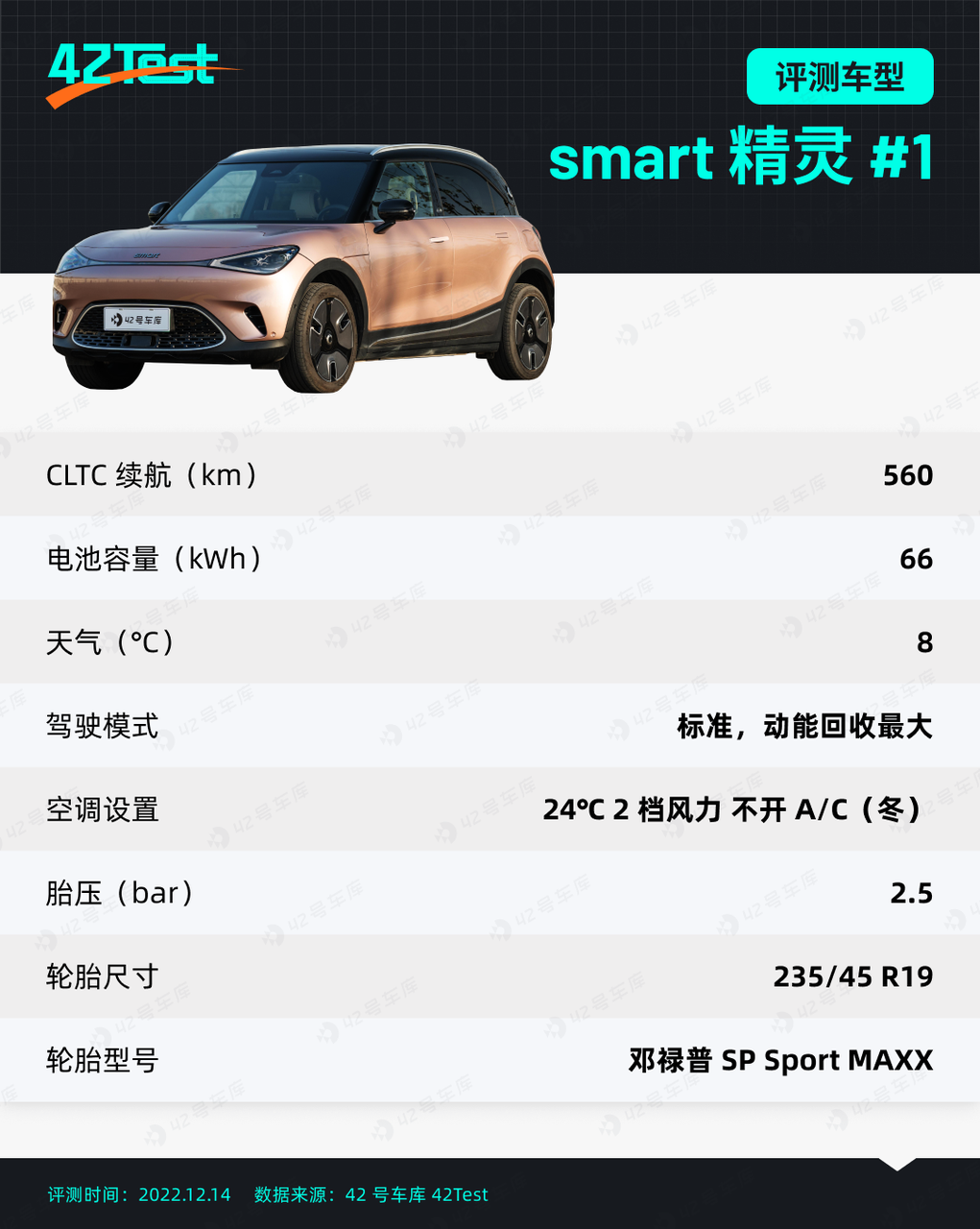
The displayed range of the vehicle when departing was 370 km. After completing the 150 km test, the displayed range was 218 km. In other words, after running 150 km of city roads, fortwo’s displayed range only dropped by 152 km, with a power loss ratio of 1:1.01. Calculated by this ratio, fortwo’s full charge city range reached 412 km.
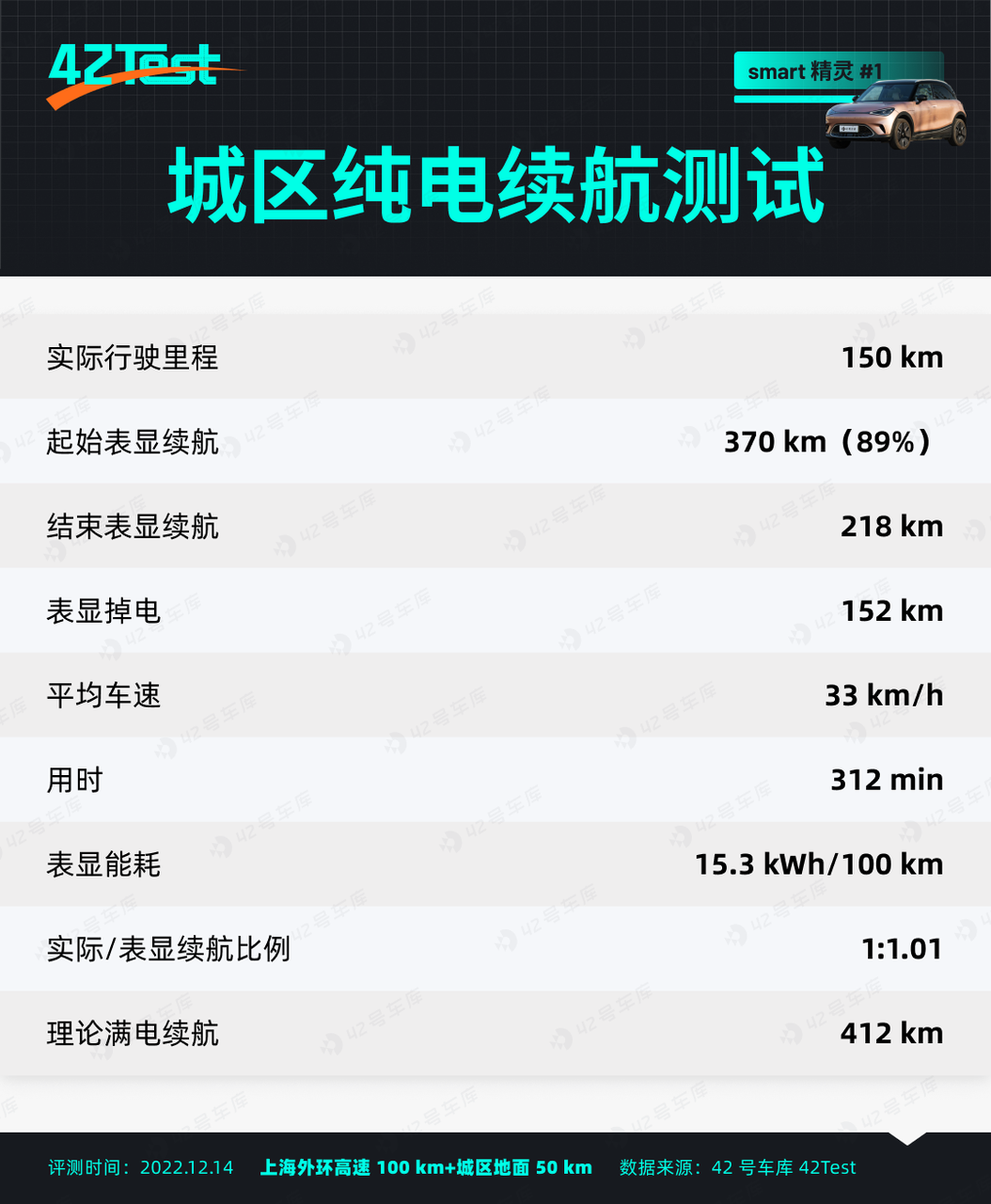
Reviewing the displayed range every 10 km, you can see that the power loss rate is faster in the first 20 km, but for other road sections, the power loss is less than 10 km for a long time. Keep in mind that the temperature during the test was only 8°C and the air conditioning was set to 24℃. Although the average speed throughout the test was only 33 km/h, fortwo performed very well in terms of energy consumption when facing congested road conditions. Obviously, better results can be achieved in testing with higher temperature.
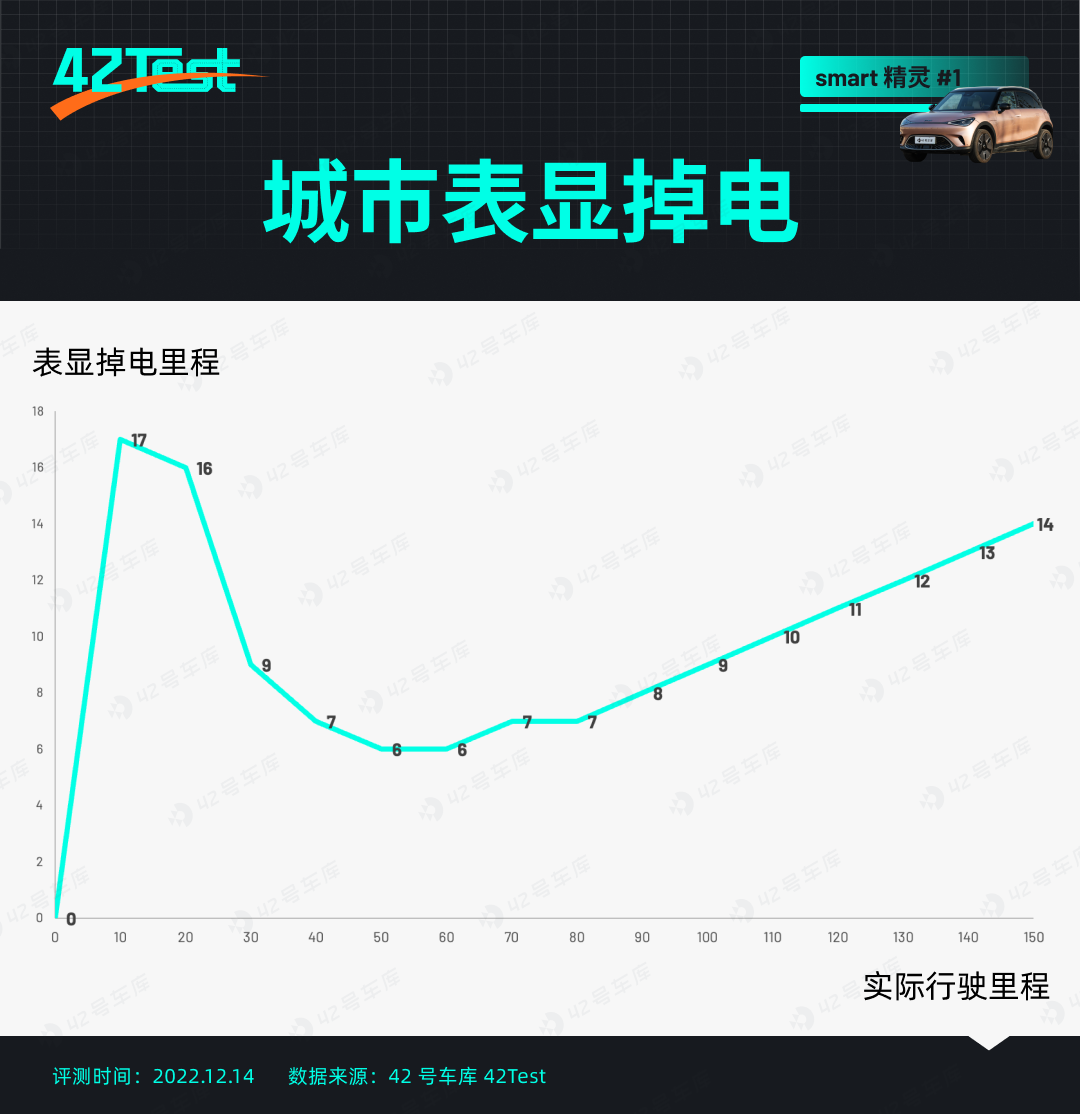
It is worth mentioning that the energy consumption of each function of the vehicle during a journey can be clearly seen in the vehicle’s energy management. Although most people may not pay attention to the specific energy consumption, having it available is definitely better than not.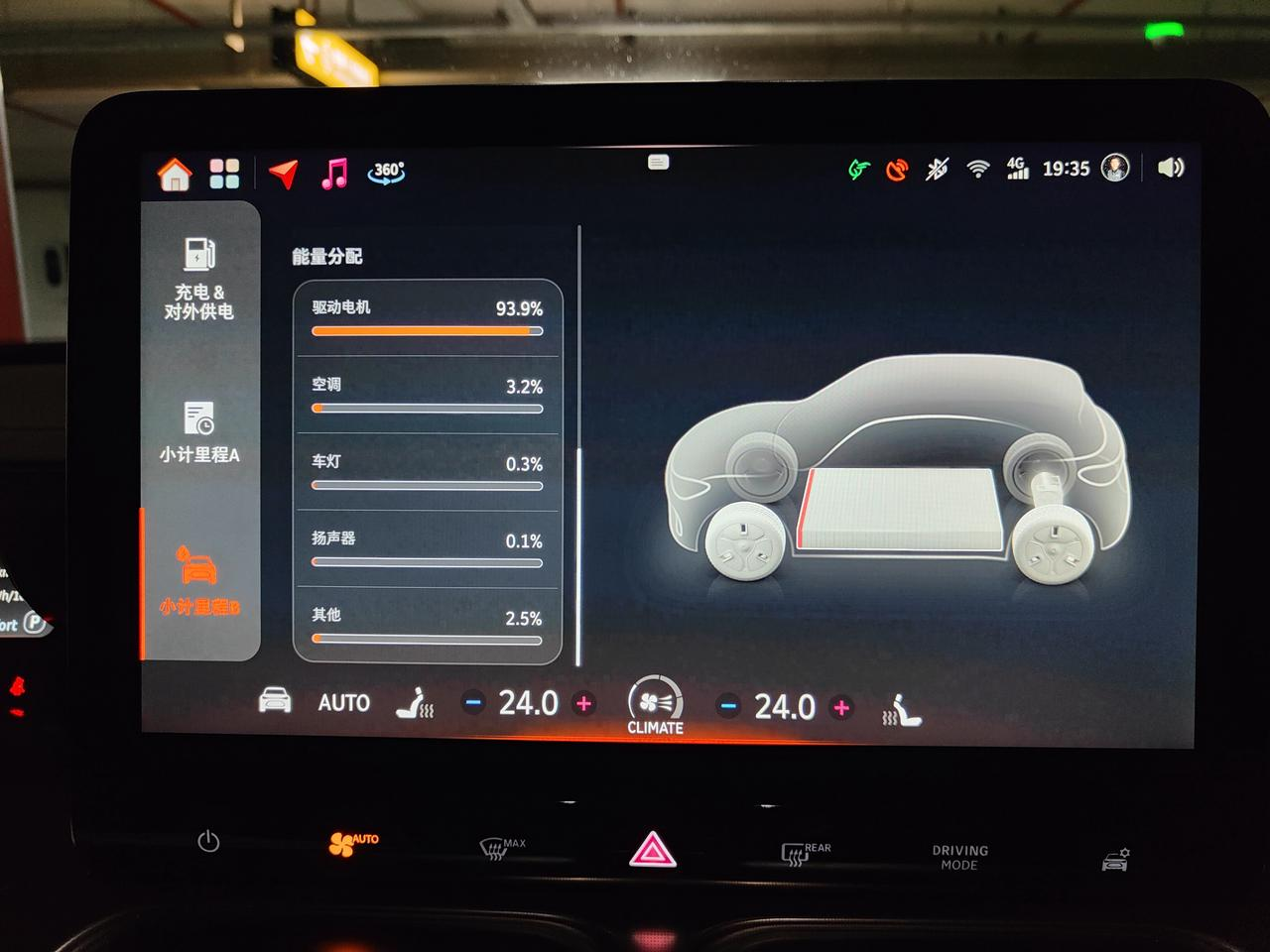
To sum up, smart EQ fortwo coupe can achieve above-average performance in high-speed endurance test among all-electric compact SUVs. In city endurance test, it almost reaches a 1:1 table displayed/actual endurance performance. Its small and flexible body size, combined with excellent city endurance, make it one of themost suitable all-electric models for urban traffic.
Charging Test: Good Peak Power, But Not Sustainable
smart EQ fortwo coupe still uses the 400 V platform for charging, which theoretically cannot compare with the models using 600 V and 800 V high-voltage platforms in terms of charging speed. However, with a battery size of only 66 kWh, will there be any surprises in charging time?
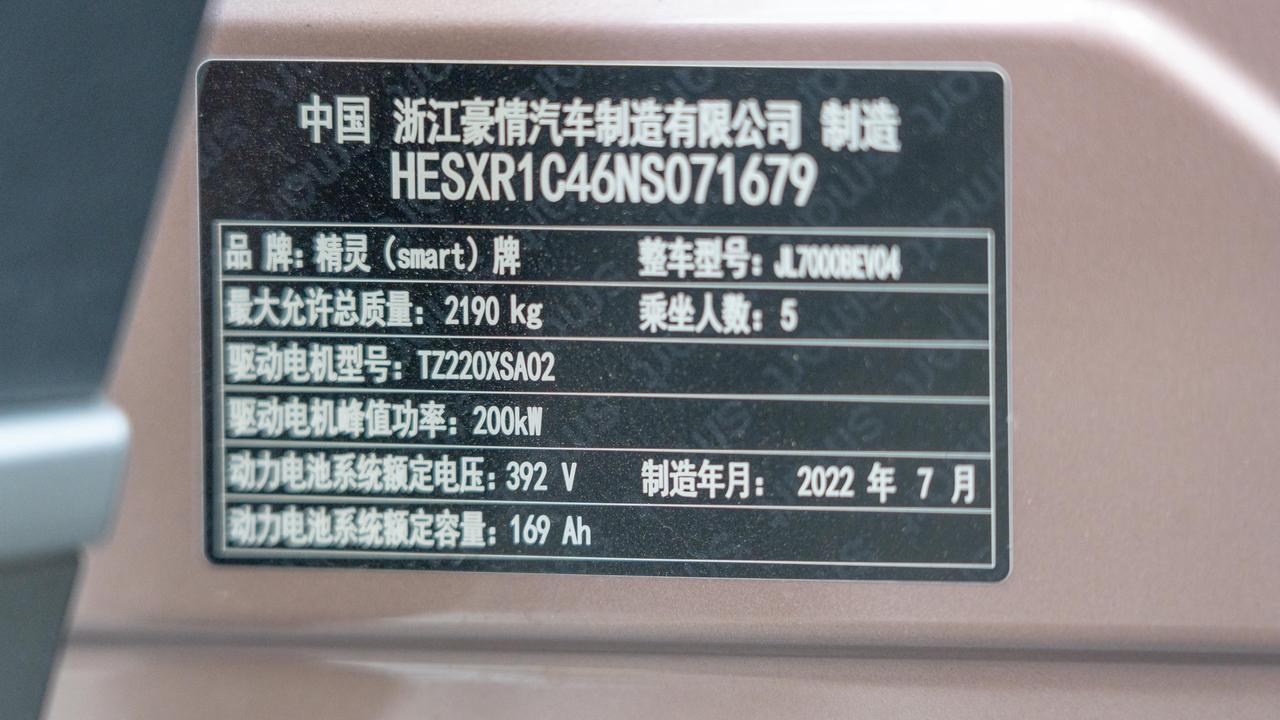
This time we still came to the Little Orange Charging Station with a maximum charging power of 120 kW for charging test, and used the corner-most charging station to ensure that no diversion occurred during the process. The test results are as follows:

It can be seen that smart EQ fortwo coupe maintains a charging power of about 83 kW until the battery level reaches 30%. When the battery level is between 30% to 50%, it is the fastest energy replenishment interval, and the charging power exceeds 100 kW. However, starting from 50%, the charging power starts to gradually decrease. When the battery level reaches 80%, the charging power has dropped to below 40 kW. After reaching 90%, the charging power is only 23 kW.
In terms of charging time, the charging time from 5% to 80% is 40 minutes, and the charging efficiency has reached the normal level of 400 V. However, the time required from 80% to 95% is 28 minutes, which is indeed a bit slow. Under normal circumstances, it is recommended to charge up to 80% unless there are special circumstances, otherwise it will take too much time for trickle charging phase.## Performance and Driving: Male Drivers Will Also Love It
Driving Experience: A Great Driving Small Car
Many people may be deceived by the appearance of smart elf #1 when they see it for the first time and think that it is just an ordinary city commuter SUV. But if you take a closer look at the specifications, you will find that things may not be so simple:
- Except for the BRABUS version, the entire series adopts a rear-wheel drive, equipped with a 200 kW permanent magnet synchronous motor, peak torque of 343 N·m, and accelerated to 100 km/h in 6.7 seconds;
- On this basis, the BRABUS version adds a 150 kW front permanent magnet synchronous motor, with a comprehensive torque of up to 543 N·m, and accelerated to 100 km/h in 3.9 seconds, impeccably performing small sports car;
- The Premium version is equipped with SiC devices, which theoretically can obtain higher efficiency and better power consumption performance than IGBT devices;
- The suspension adopts a combination of front MacPherson and rear five-link; In addition, the ESP function can be turned off;
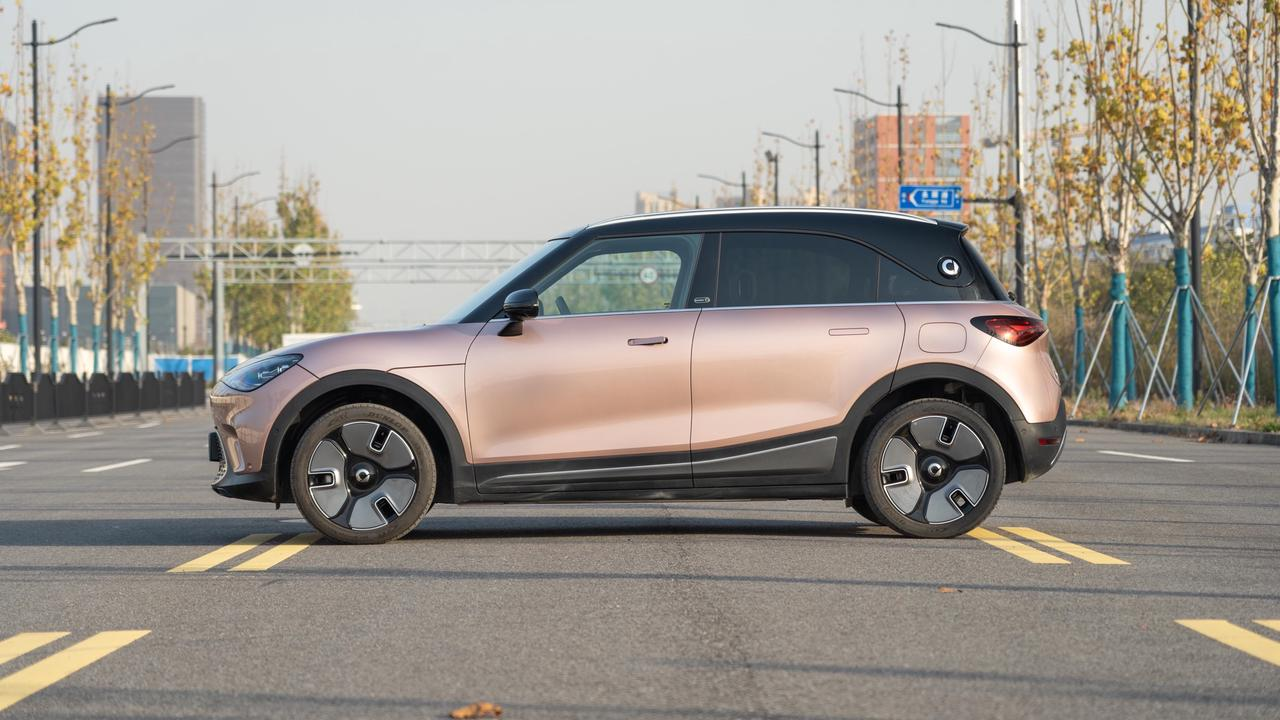
After sitting in the car and adjusting the seat, you will find the driving view is very good. This is not only due to the relatively high seated posture of the SUV, but also due to the slim 9.2-inch instrument panel of the elf #1, which gives up a lot of visibility.

The feeling of the steering wheel is very good, and the grooves on both ends can make the thumbs comfortable to be placed here. The steering mode can be associated with ECO, Standard, and Sport driving modes, or can be adjusted separately. Personally, I still like the Standard steering mode the most.
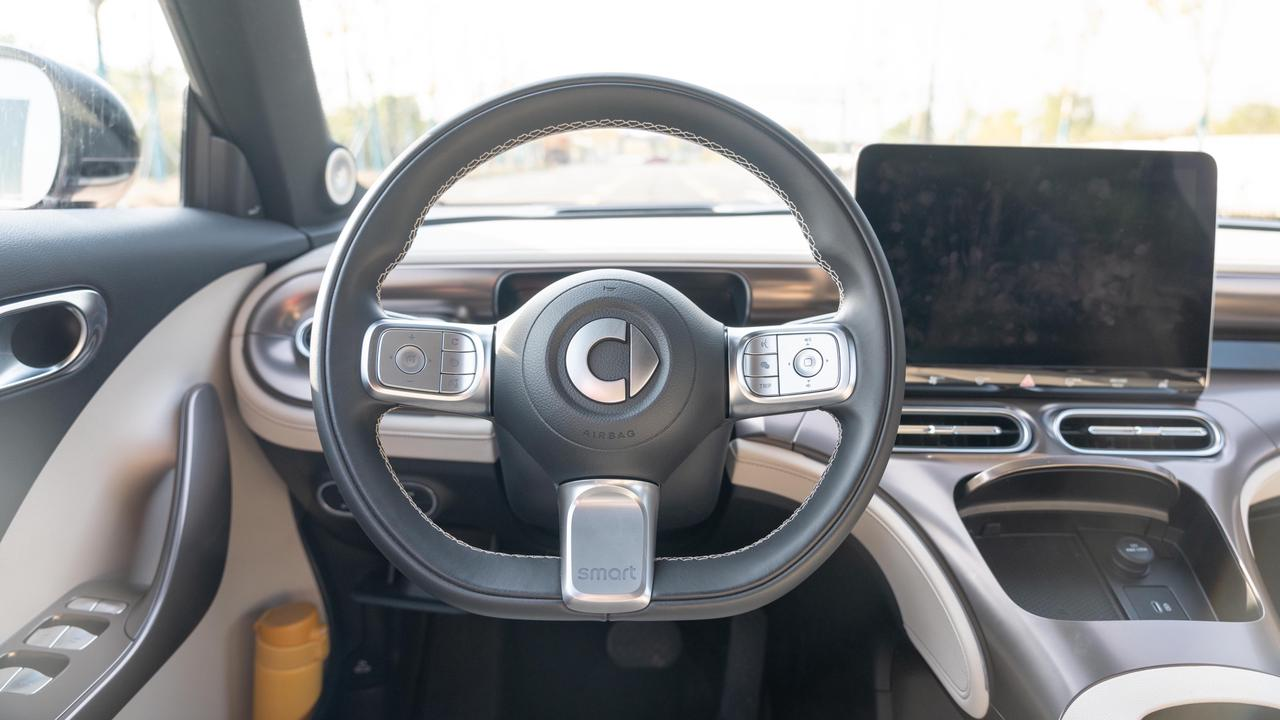
All three driving modes can provide linear power response. In the ECO mode, there may be a slight delay in power response in the initial stage. But when you step on the accelerator pedal deeply, it still provides strong power. Although the Sport mode has a more sensitive power response, it does not give the feeling of sudden acceleration when you lightly step on the accelerator. When I tested it during non-endurance time, I preferred to adjust it to the Sport mode to drive.On suspension tuning, smart #1 is not only similar to the previously mentioned ID.3 in hardware, but also almost identical in tuning style. The fine vibrations on the road can be filtered out very well, and the vibration filtering is very crisp when passing over manhole covers with almost no aftershocks. When passing over large joints on bridges, the suspension only needs one or two times to completely filter out the vibrations, and there is almost no lateral sway. Overall, the suspension achieves a good balance between sportiness and comfort.
When passing through large curved turns, thanks to the battery pack on the chassis, the center of gravity of this SUV is appropriately lowered. Even when passing through the curved turn at a high speed, the excellent support of the suspension enables the vehicle to control the roll relatively well, so much so that it doesn’t feel like driving an SUV.
When making quick lane changes, due to its length of less than 4.3 meters, the vehicle responds immediately from front to back while turning, maximizing the agility of the small powerhouse. Especially in cities with narrow roads and dense traffic, the agility of smart #1 is not inferior to its predecessors.
In addition, during the driving process, the energy flow status of the vehicle can be clearly seen in the energy management menu:
- During the acceleration process, the vehicle is represented in orange to indicate that it is currently in a power consumption state, and an animation is used to indicate that energy is flowing out of the battery.
- When the accelerator pedal is released, the vehicle is represented in blue, indicating that it is currently in a kinetic energy recovery state, and an animation is used to indicate that energy is flowing into the battery.
- When the vehicle is in a stationary state or stable at a certain speed, only the green battery icon will be displayed.
Overall, with its excellent driving experience, compact and agile body size, and excellent city endurance, smart #1 is the most suitable for city driving. If female car owners buy it based on its appearance, male car owners are likely to buy it because of the driving experience.
Performance Test: Surprisingly PowerfulAccording to convention, we conducted 10 consecutive 100-kilometer acceleration tests and 10 100-kilometer braking tests on the same closed road. During the tests, the vehicle’s battery was charged to 95%, tire pressure was 2.5 bar, air conditioning and all driving aids were turned off (except ESP), and a single driver was used. The specific results are as follows.
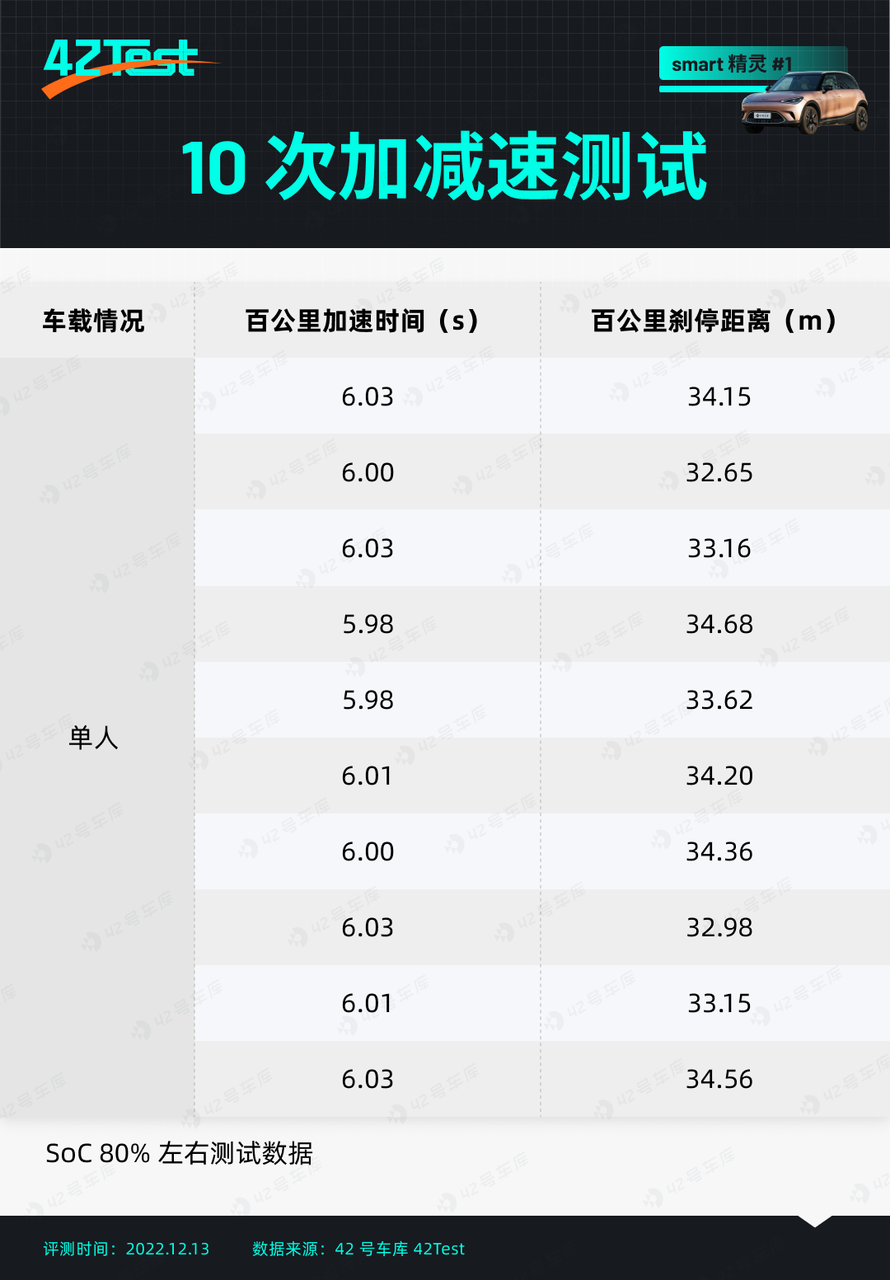
The data of the 100-kilometer acceleration test is very interesting. Under 10 tests, the data is very stable, and the results are around 6 seconds. This is obviously different from the official data of 6.7 seconds. Does smart also use the “half-load condition” during the test? However, even in the full-power acceleration mode, the power output of Smart #1 is very linear, and the vehicle lift feeling is not obvious, only the pushing back feeling and the constantly increasing speed on the instrument are telling you that the vehicle is indeed accelerating to the fullest.
The results of the 100-kilometer braking are also very good. The shortest stopping distance can be as short as 32.65 meters, and the longest distance is 34.68 meters. For comparison, I have included the performance test data of NIO ET5 below. You can see that the shortest stopping distance of Smart #1 is even shorter than that of ET5, but the average stopping distance is still better for ET5.
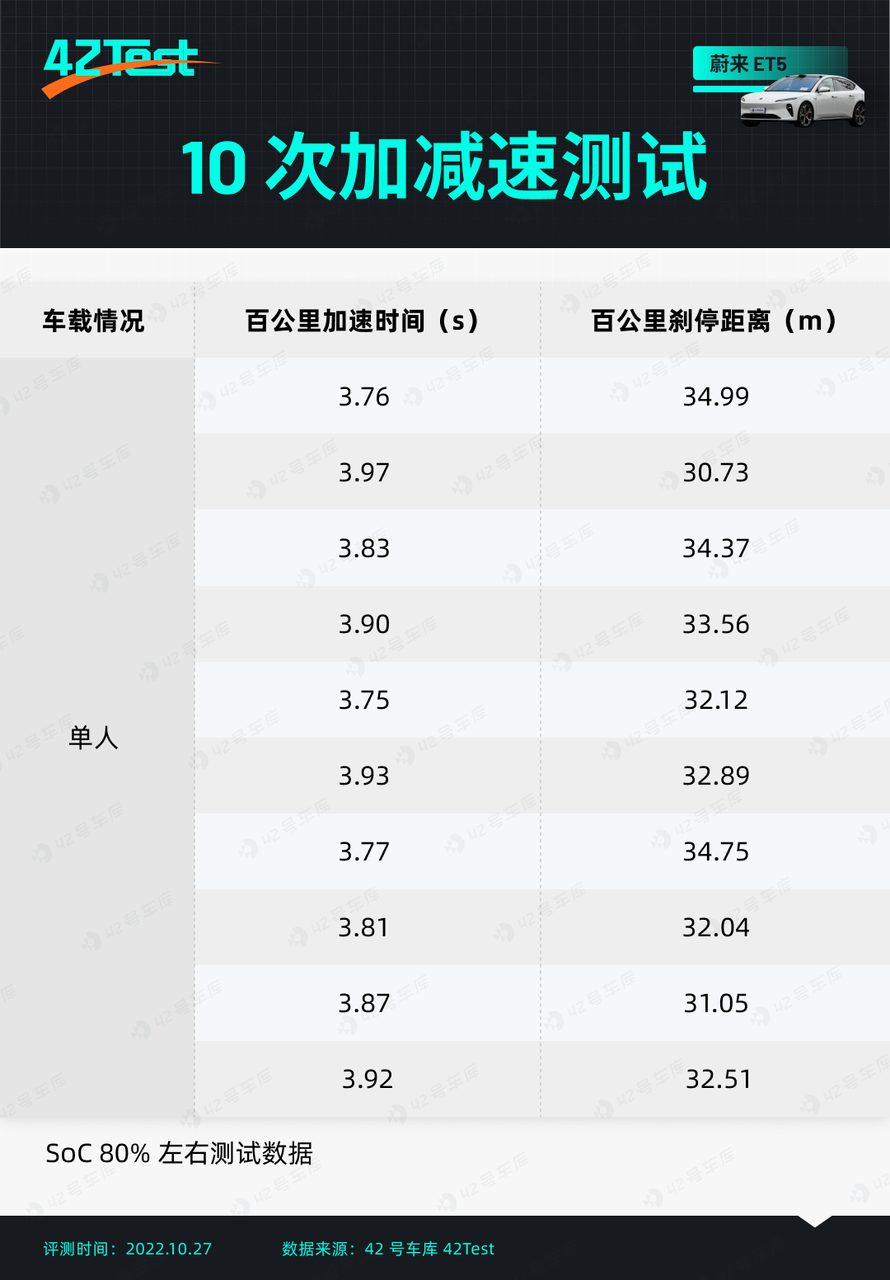
The Premium version tires are equipped with Dunlop SP Sport MAXX tires with a size of 235/45 R19, which are genuine sports tires that have to a certain extent improved the performance of the vehicle. When full braking, the ABS intervention timing is similar to that of ET5, and the braking force is not excessively released. The tires do not skid, and the vehicle does not shake strongly when stopping.
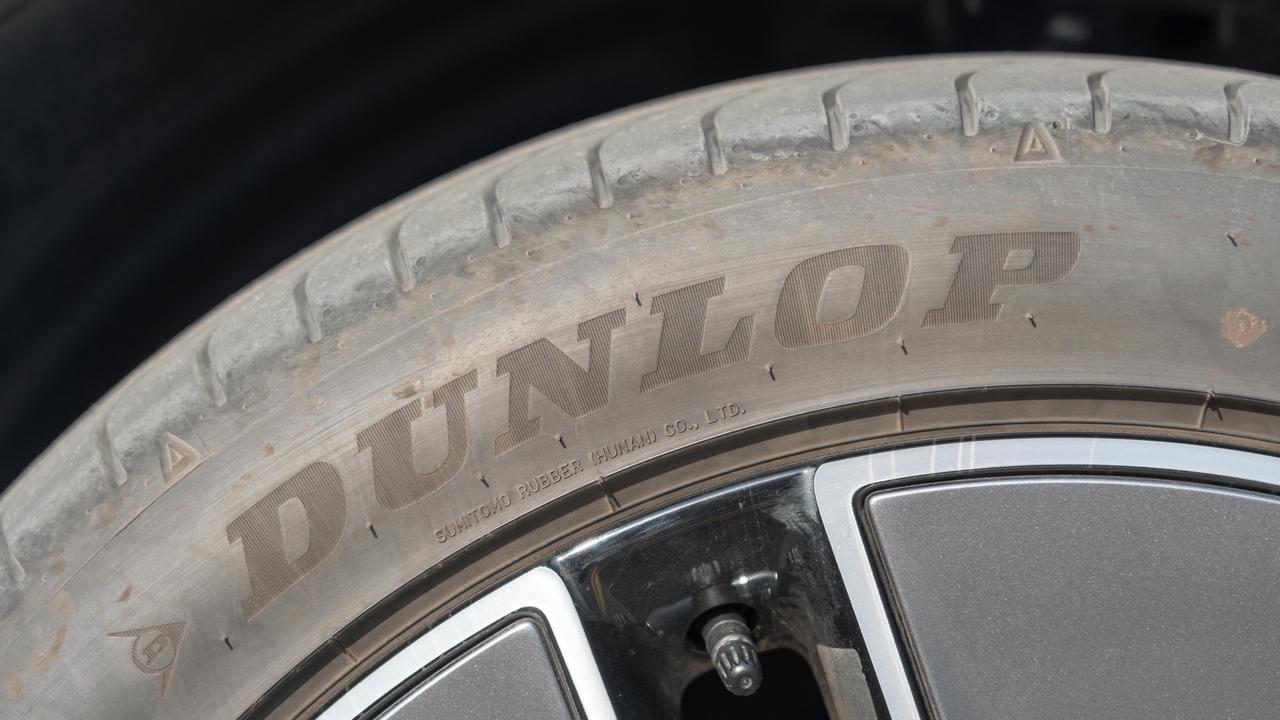
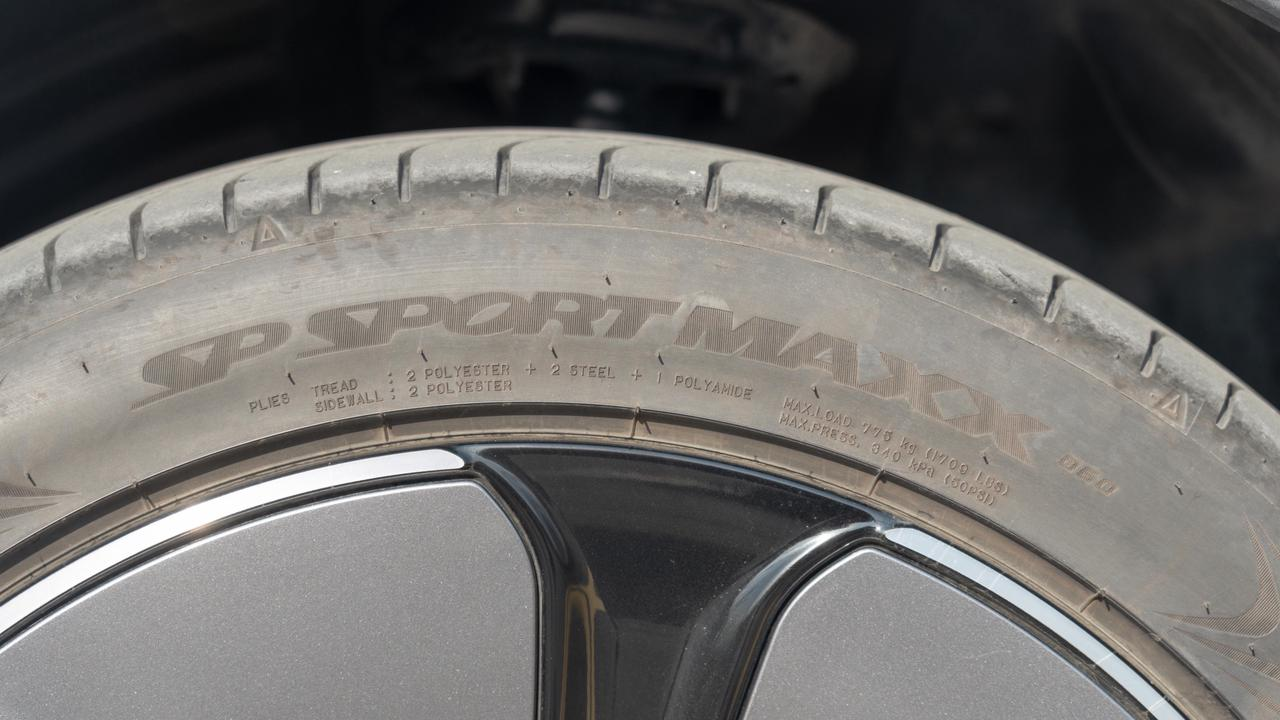
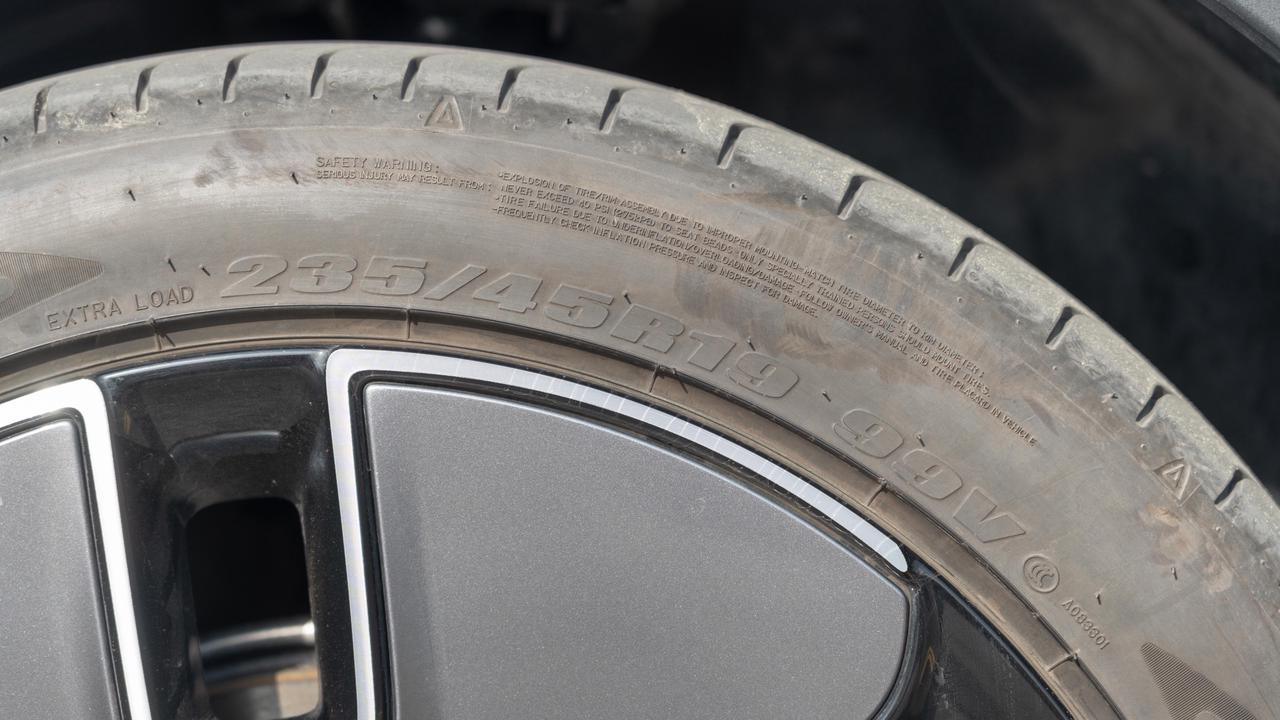
With such performance assurance and excellent driving experience, even in occasional intense driving, smart sprite #1 can give drivers a very good sense of confidence.
Single-glass + frameless doors, how about NVH?
All models of smart sprite #1 adopt frameless doors and single-glass, which is not a problem at the 200,000-250,000 price range. How is its NVH performance?
As usual, in the noise testing section, we will turn off all sound functions such as car windows, air conditioning, stereo, seat massage, and driving assistance, and clear the items in the car to ensure that the test results are not affected. Then, we drive on a closed road at speeds of 0, 60, 80, 100, and 120 km/h and collect three samples of noise near the driver’s ear to take the average value, and the specific results are as follows.
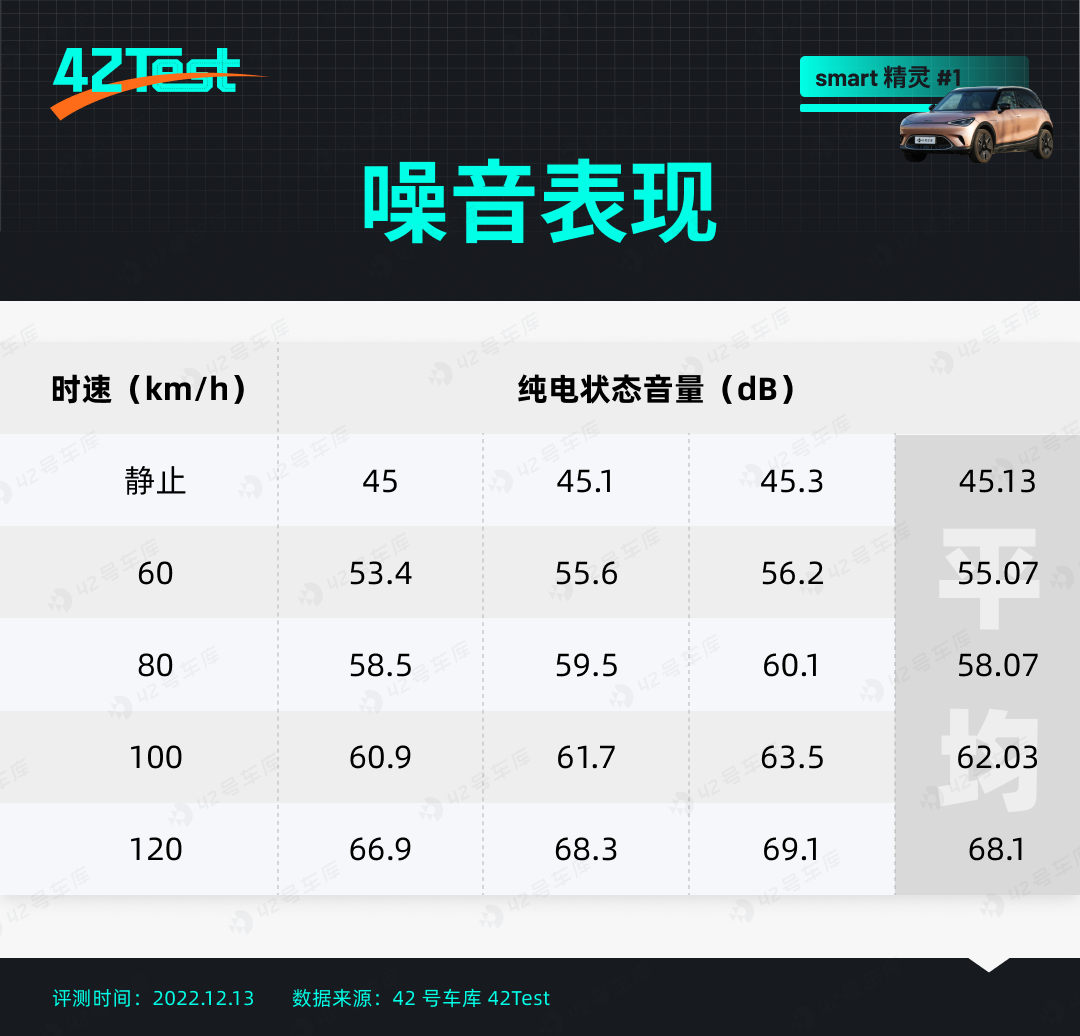
This data performance is almost the same as the ET5 model that we tested previously, both of which use frameless doors and single-glass. Generally speaking, except for the performance at 120 km/h, the performance at other speeds is not as good as that of models with double-layered glass, but it is still acceptable.

When the speed exceeds 120 km/h, wind noise will increase significantly, and the increase in noise that frameless doors have, compared to framed doors, will be more obvious. And smart sprite #1 is an SUV, which will increase wind noise to a certain extent due to the larger windward area.
Appearance and Interior: Impressive Appearance
Regarding the appearance and interior of smart sprite #1, we have previously done some simple introductions. If you are interested, you can take a look:
General version:
- Why I think that men will also like smart #1?– Want to be a hit product? This is the answer from smart.
Babos version:
- smart #1 BRABUS edition officially unveiled! Can you guess how much it will sell for? (with actual interior and exterior photos)
- Track warrior: smart elf #1 BRABUS
Since it’s a 42Test article, this time we will give you a more comprehensive introduction.
Appearance: Strong Sense of Design
The three-dimensional dimensions of smart elf #1 are 4,270 x 1,636 x 1,822 mm, which is a typical small SUV size. The length and wheelbase are similar to VW ID.3. However, the 2,750 mm wheelbase is one of the longest among the small SUVs, suggesting a surprising amount of interior space.

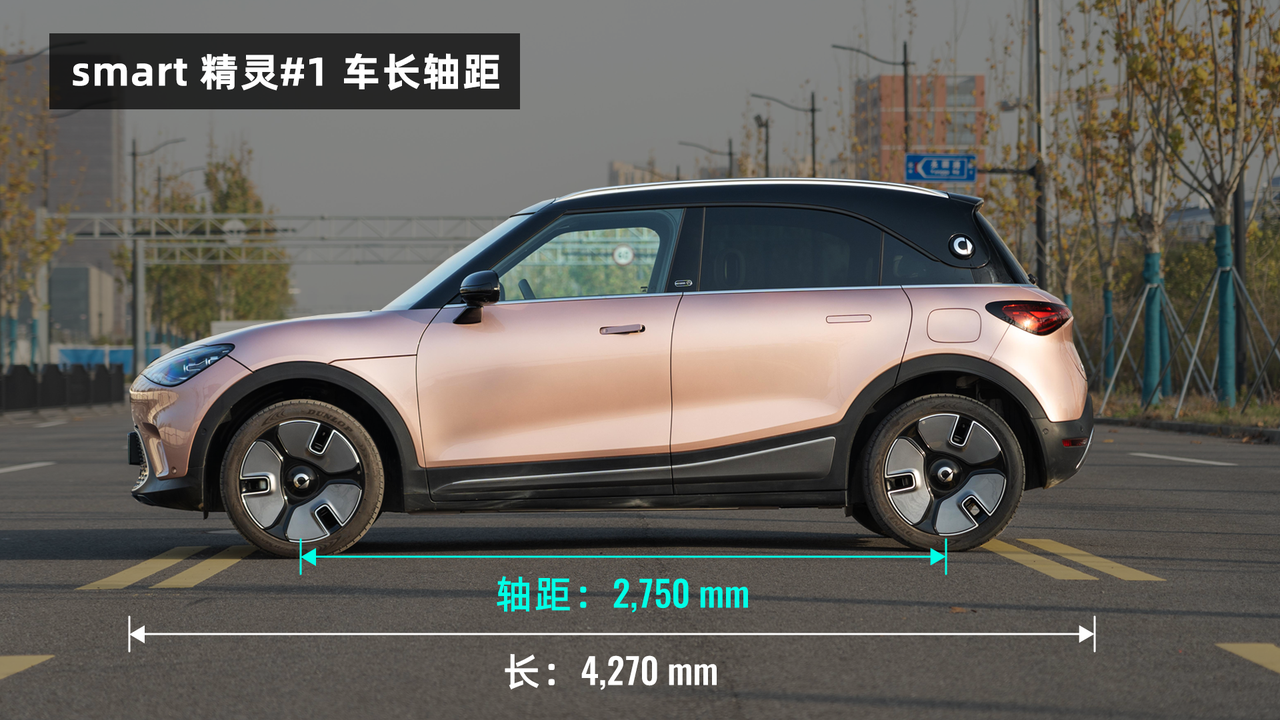
Looking at the front of the car, even if you cover up the logo, many people can guess that this is a smart brand model. The various rounded line designs, Y-shaped running lights, and the larger air intake grille compared to many pure electric vehicles are its unique signs.
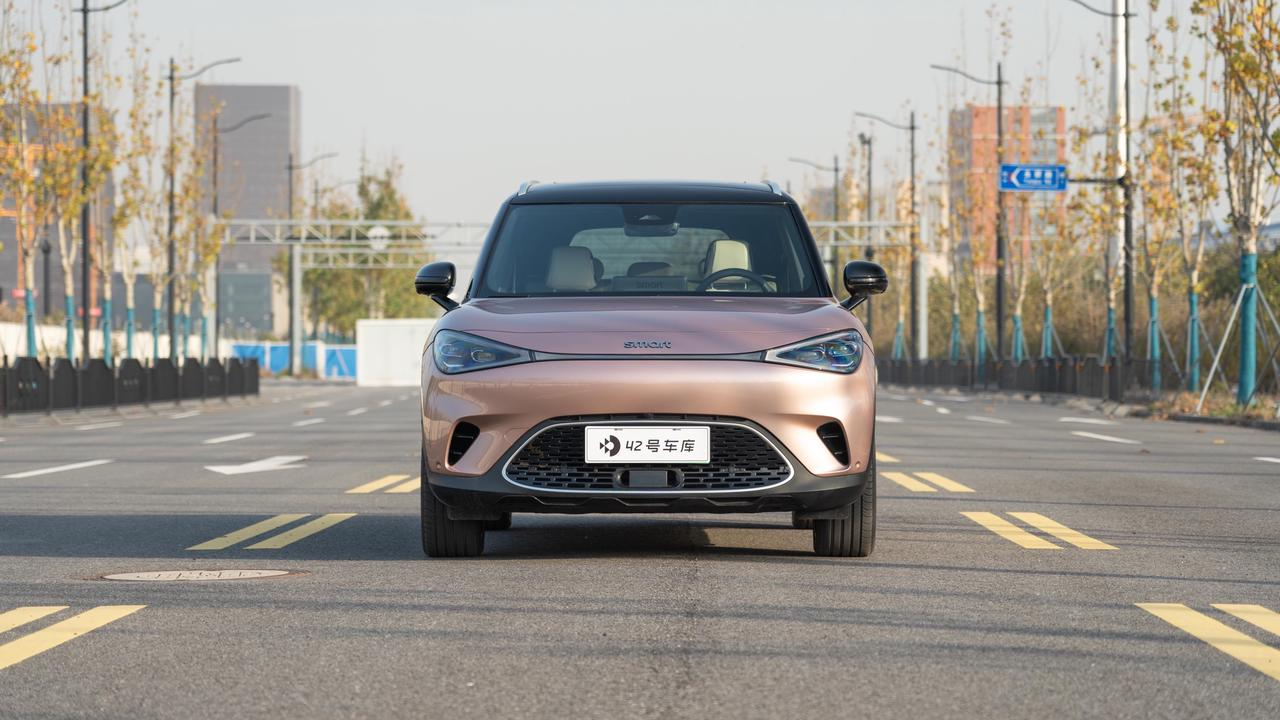
There are hidden high and low beam lights in the middle of the Y-shaped running light. If you look closely, you can see that both sides of the two light groups have a pattern similar to an equalizer adjustment, which shows the smart designer’s attention to detail.
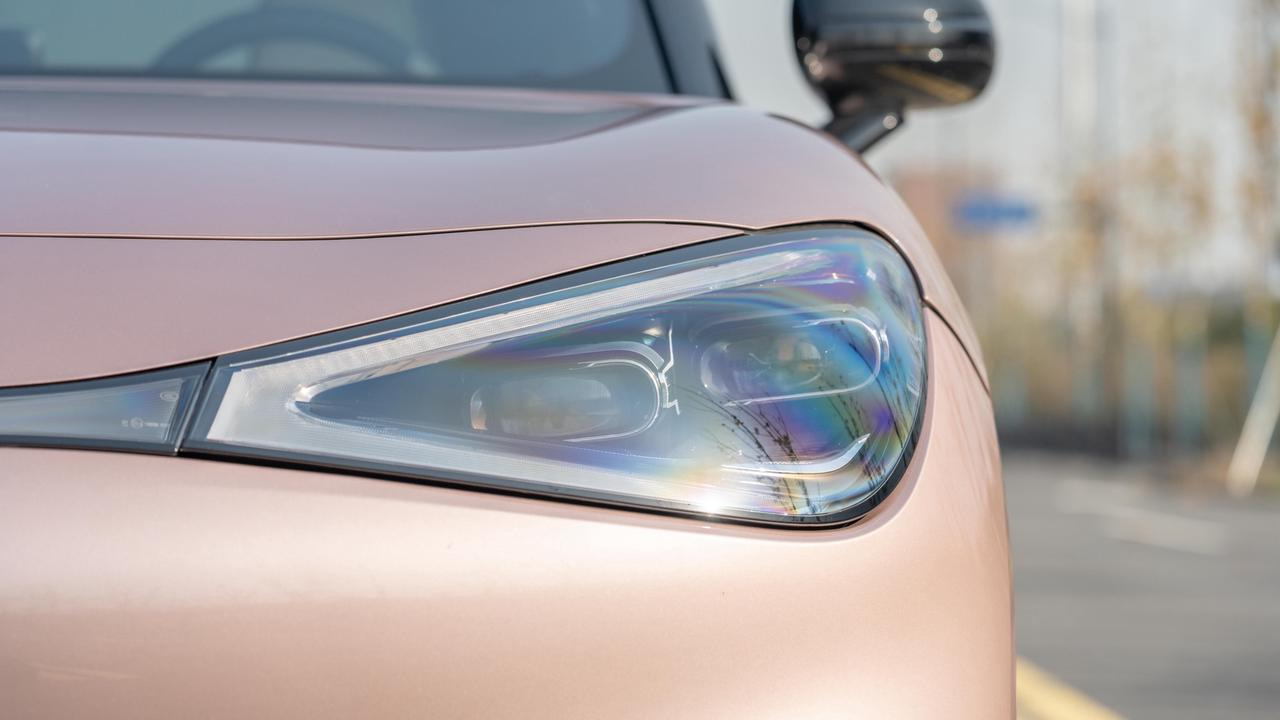

At the end of each lamp group, a smart letter is adorned, apart from the letter mark at the front of the car. This is not the last time we see it on the body of the car either.

At night, the illuminated daytime running lights and headlights look even better than during the day, and they are definitely a beautiful sight on the road.
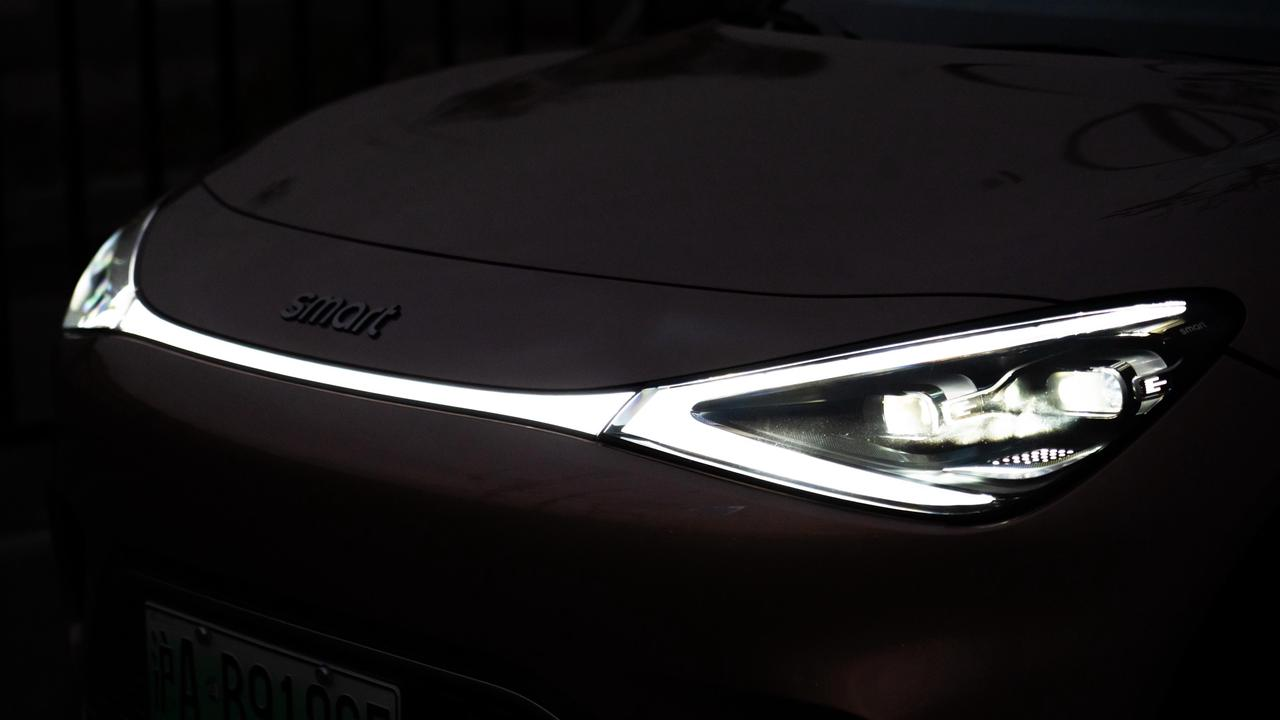

The design of the through-flow outlet under the headlights, although not large compared to some sports cars, also reveals the sports attributes of Spirit #1.

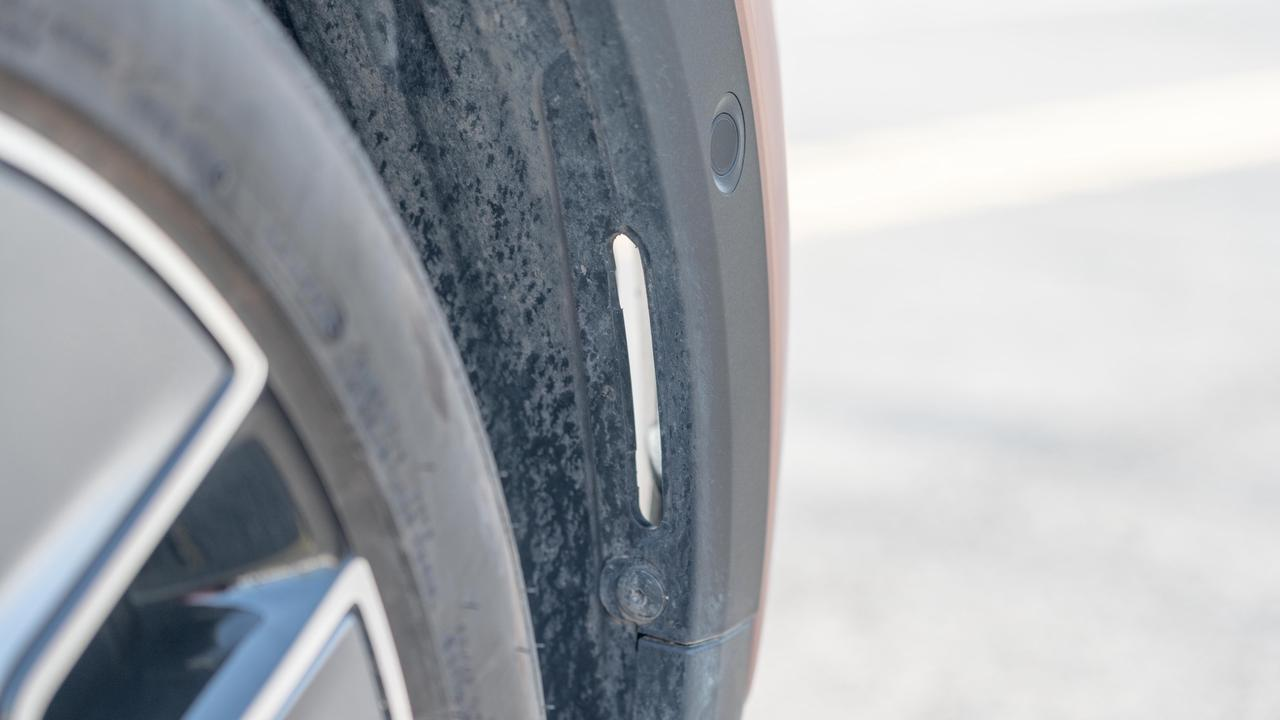
The smart letter on the front of the car uses a grey style, which is more textured than the conventional silver color. Do you prefer the grey logo or the silver logo?
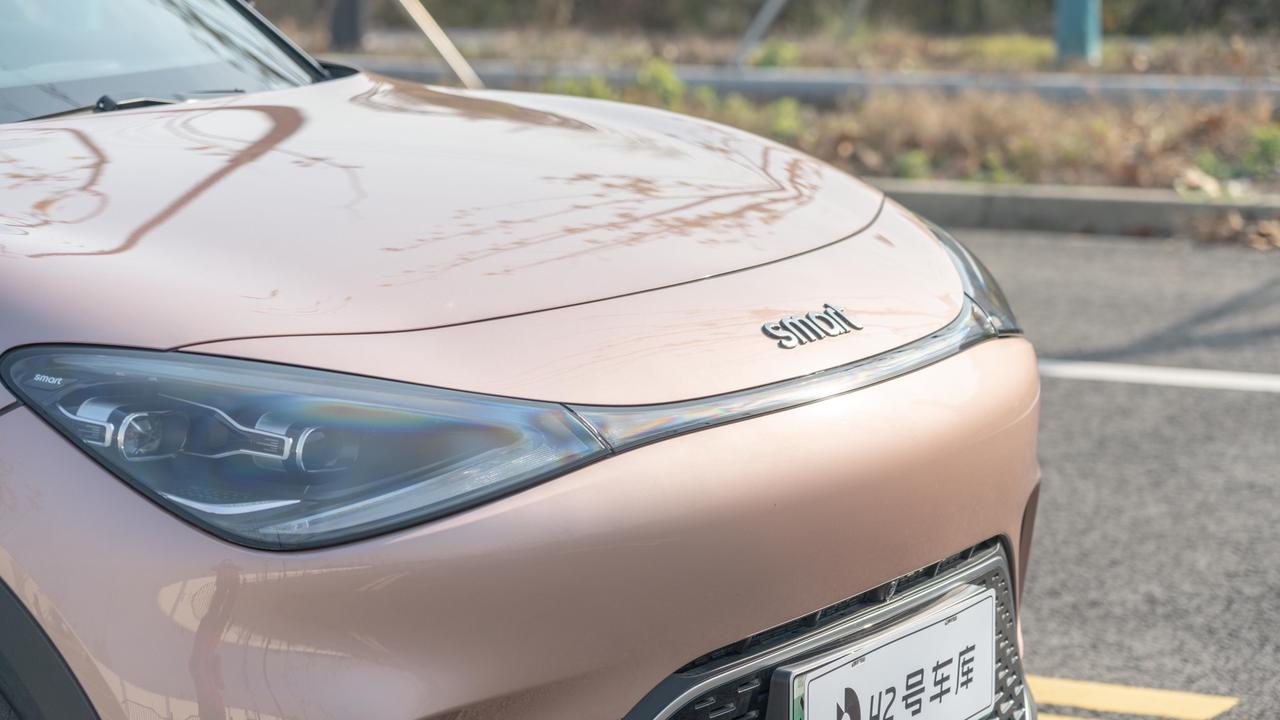
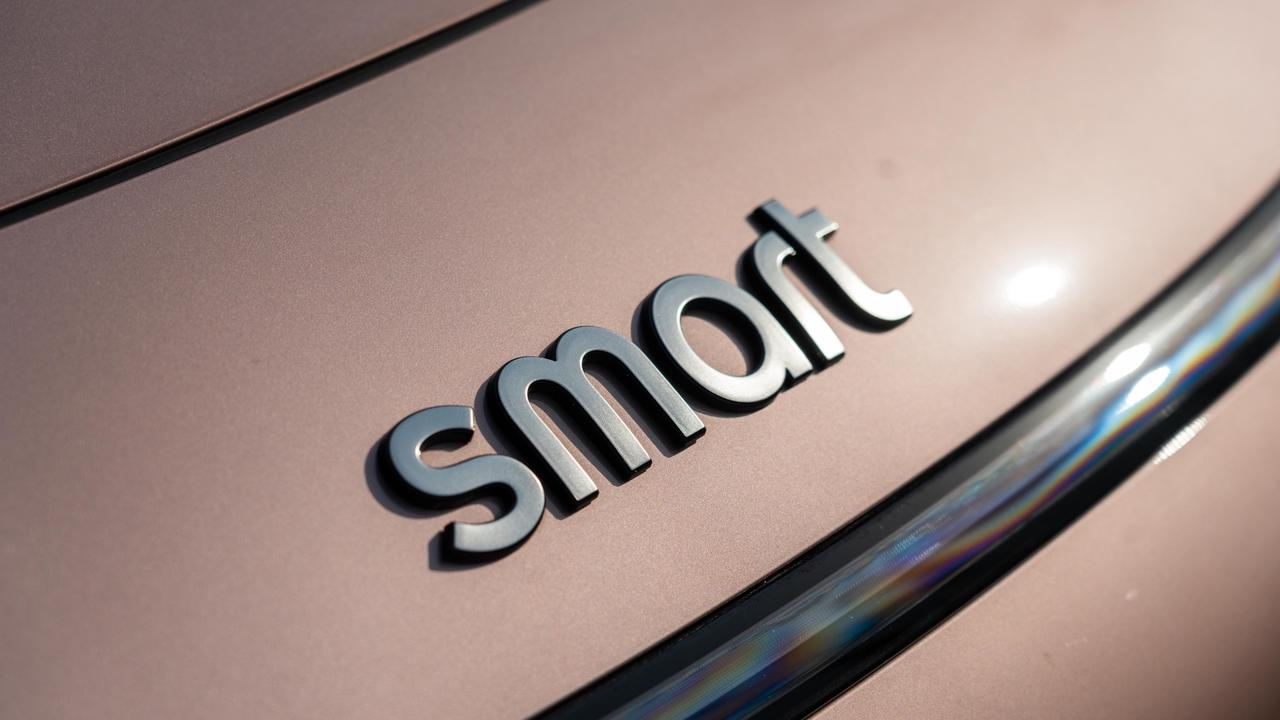
The forward perception adopts a common single-camera scheme. The auxiliary driving ability of Spirit #1 is very good in practice, which I will explain in detail later.
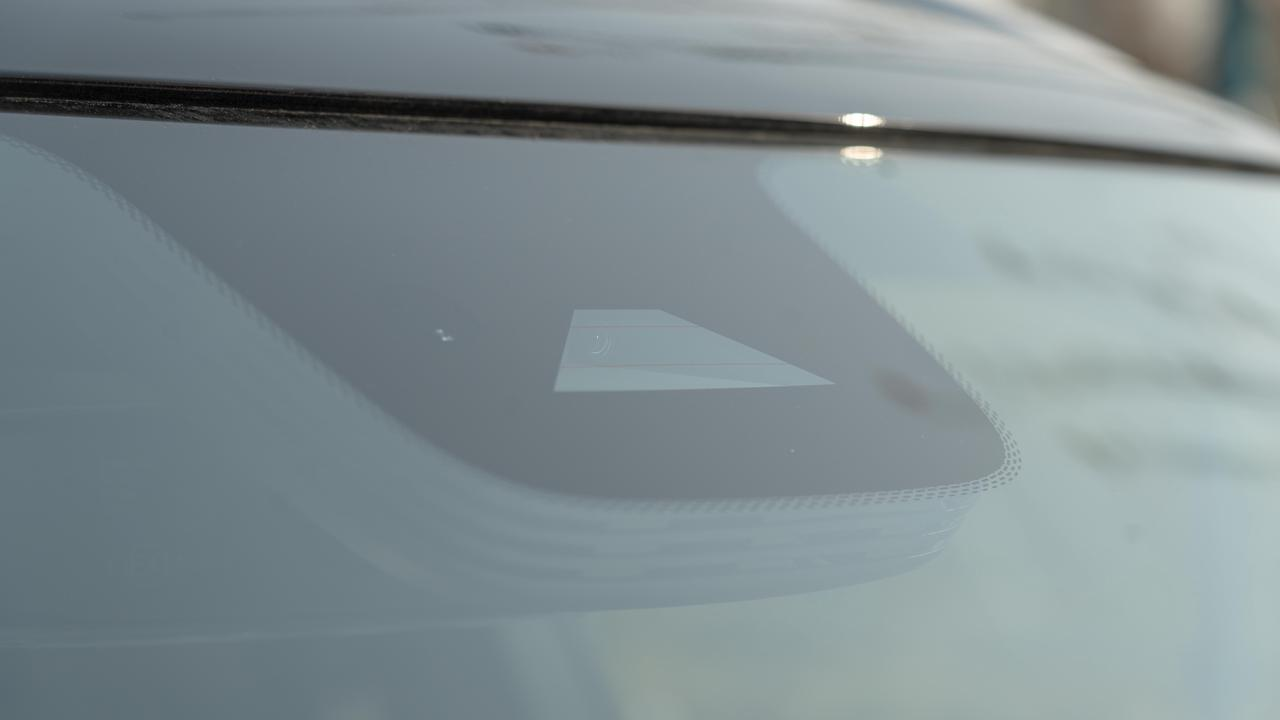 Open the front hood, and it’s easy to overlook this smart-marked cover, actually it’s the front trunk protective cover of the Elf #1. After opening it, the front trunk is visible. The official demonstration picture shows that only a bag containing a portable charger can fit in. From the measured dimensions, it can be seen that it’s indeed not large.
Open the front hood, and it’s easy to overlook this smart-marked cover, actually it’s the front trunk protective cover of the Elf #1. After opening it, the front trunk is visible. The official demonstration picture shows that only a bag containing a portable charger can fit in. From the measured dimensions, it can be seen that it’s indeed not large.



From the side, it can be seen that the front of the Elf #1 is relatively long compared to the whole body. The car paint color is matched with the black roof, plus the silver decoration of the chrome strips on the windows and the roof luggage rack. The overall color matching is very harmonious. And according to official statistics, Pop Pink is not only popular among female car owners but also among many male car owners.

The Premium version is equipped with 19-inch rotor low-drag wheels. I am not sure how female car owners feel about this wheel design, but it does make it difficult to tell that this is a 19-inch large wheel. Personally, I prefer the Heartbeat version’s prismatic double five-spoke sport wheels and the Bobos version’s rotor dynamic wheels.

The rearview mirror adopts the same rounded design as the whole car, and the lateral panoramic camera is set below the rearview mirror.



The door handle of the Smart car features a hidden design, but it is different from most hidden handles. When the key is close to the vehicle, touching the circular recess on the door handle will automatically eject the handle. After popping out, you can see the “smart” letters hidden in the handle, which is another creative idea of the designer.
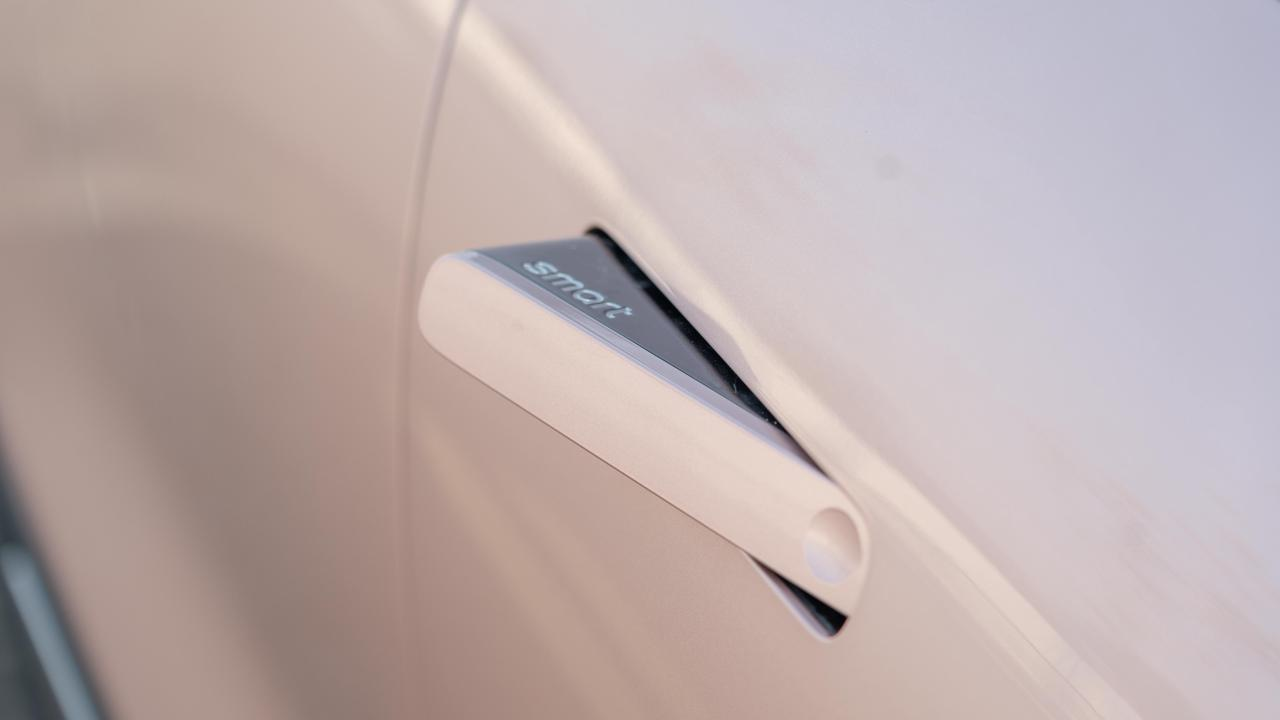

On the B-pillar, you can see the words “STYLED BY BENZ”, which naturally cannot be without Mercedes-Benz elements. However, these designs will be more prominent when discussing the interior later.
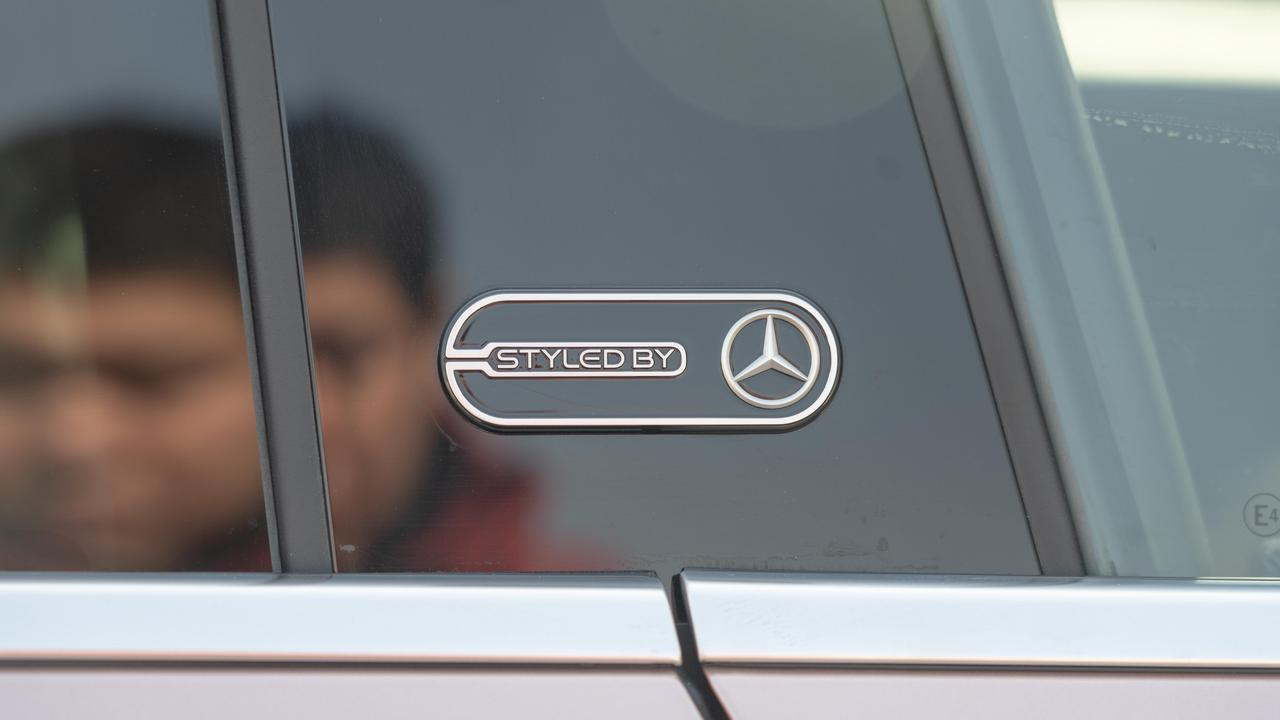
When unlocking the car at night, the Smart car will project the word “smart” as a welcome light on both sides of the vehicle, adding a sense of ceremony to getting in the car.

The fast charging port and the slow charging port are placed on the left rear side of the body, and the charging cover is manually opened. There are protective covers above both charging ports, and the Smart logo can be seen in the lower right corner.
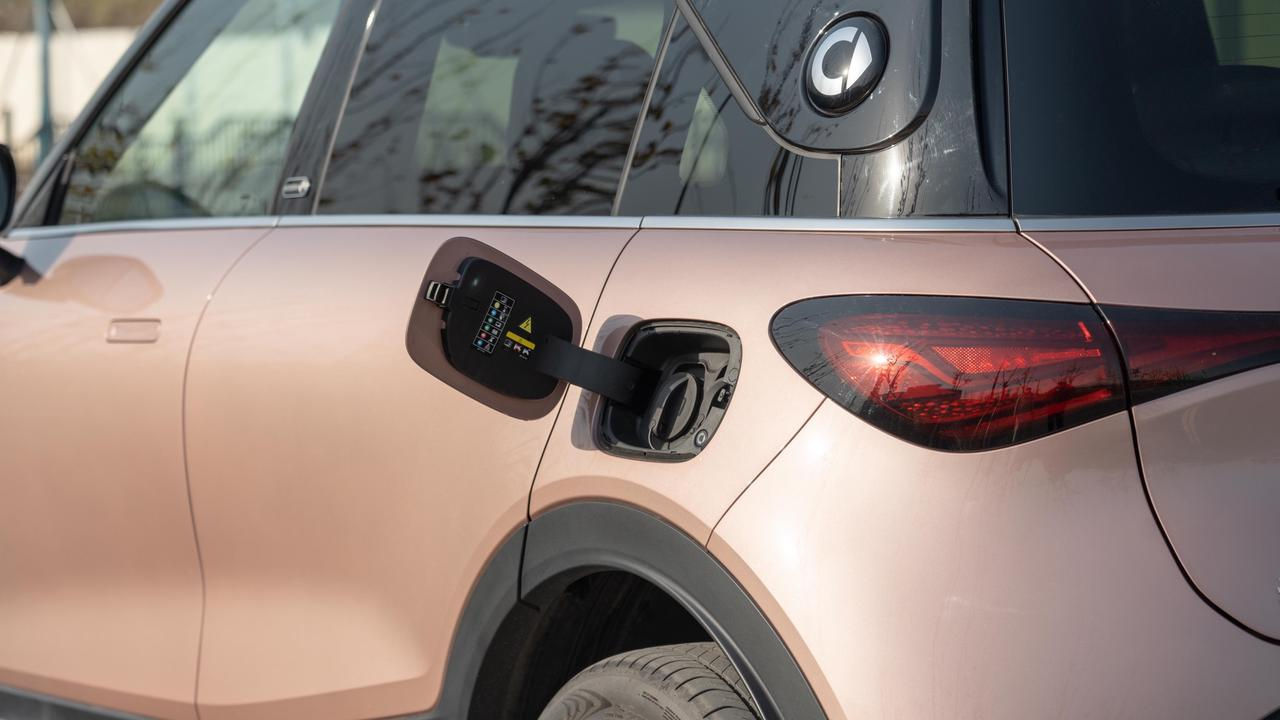
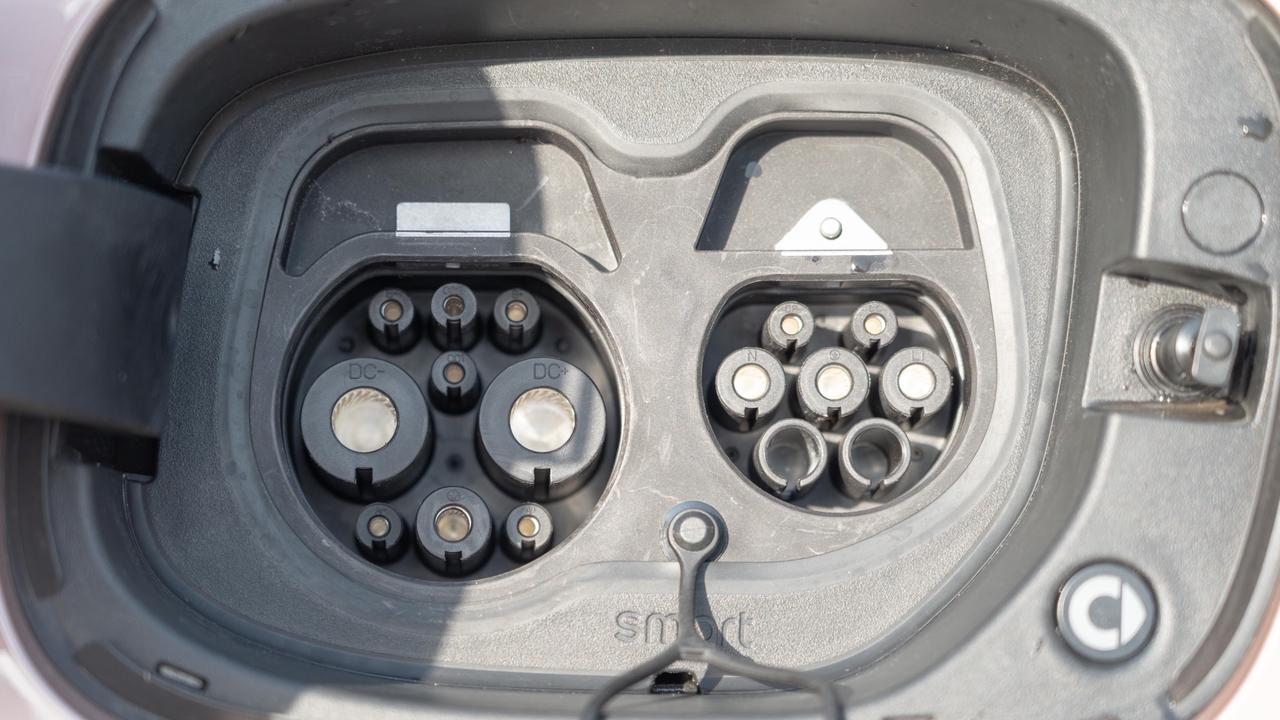
The large Smart logo on the D-pillar is another highlight of the vehicle design. It is not just a simple decoration, but it contains a breathing light. When charging, the logo emits a flashing white light, just like the car has vitality. In addition, you can also choose to install the “Glorious Starlight Luminescent Logo” for 900 yuan, which is obviously more suitable for female car owners.

To comply with relevant laws and regulations in China, smart has added a slight protrusion on the rear fender to prevent the tire from protruding from the body.

Coming to the rear of the car, the first thing that catches your eye is the through-style taillights, which are also designed in the shape of the letter Y, echoing the daytime running lights at the front. The brake lights on both sides are placed inside the Y-shaped lights, like a pair of piercing eyes.
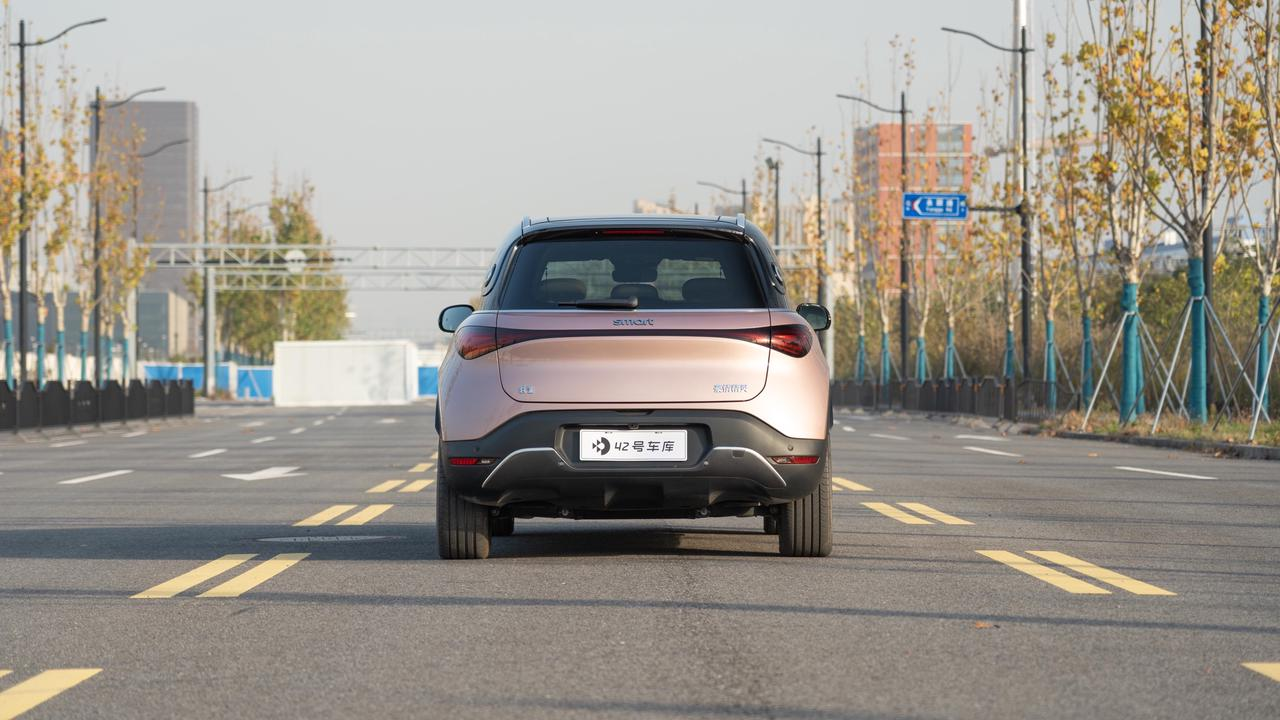
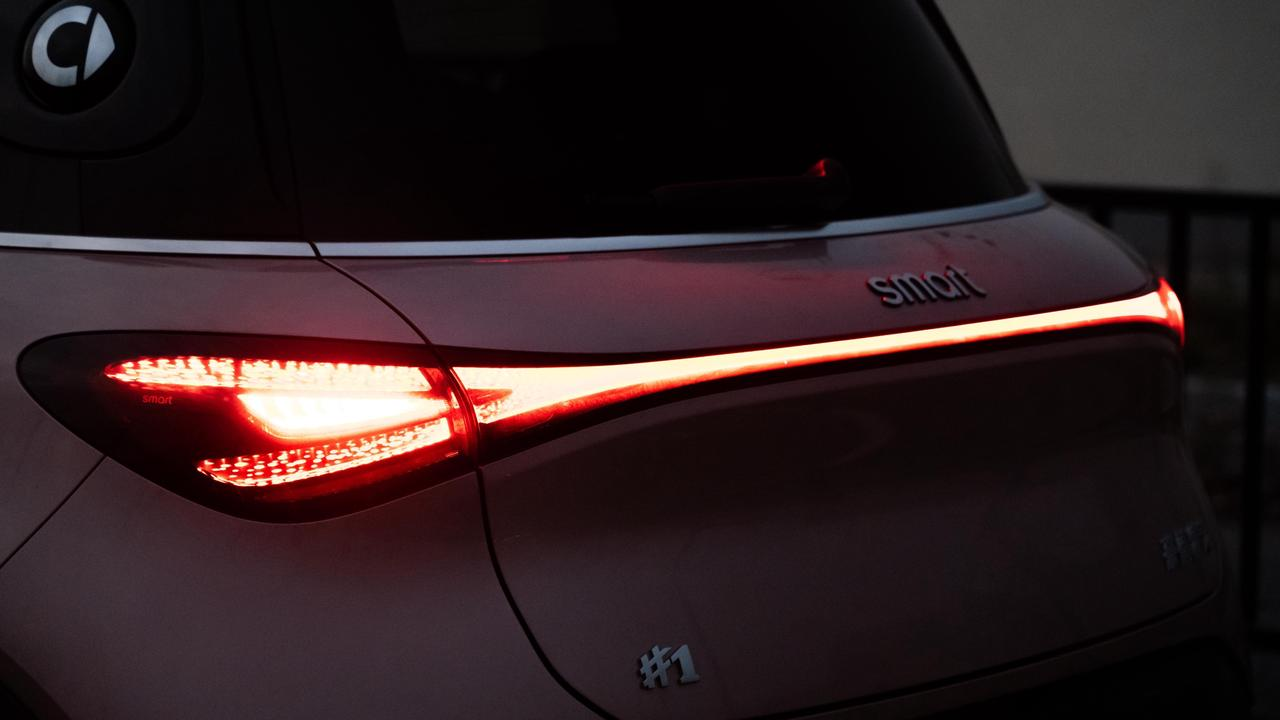
The smart logo at the rear of the car still uses a gray design, but the production qualification and model use a silver badge, and I think it would be better to unify the color scheme.
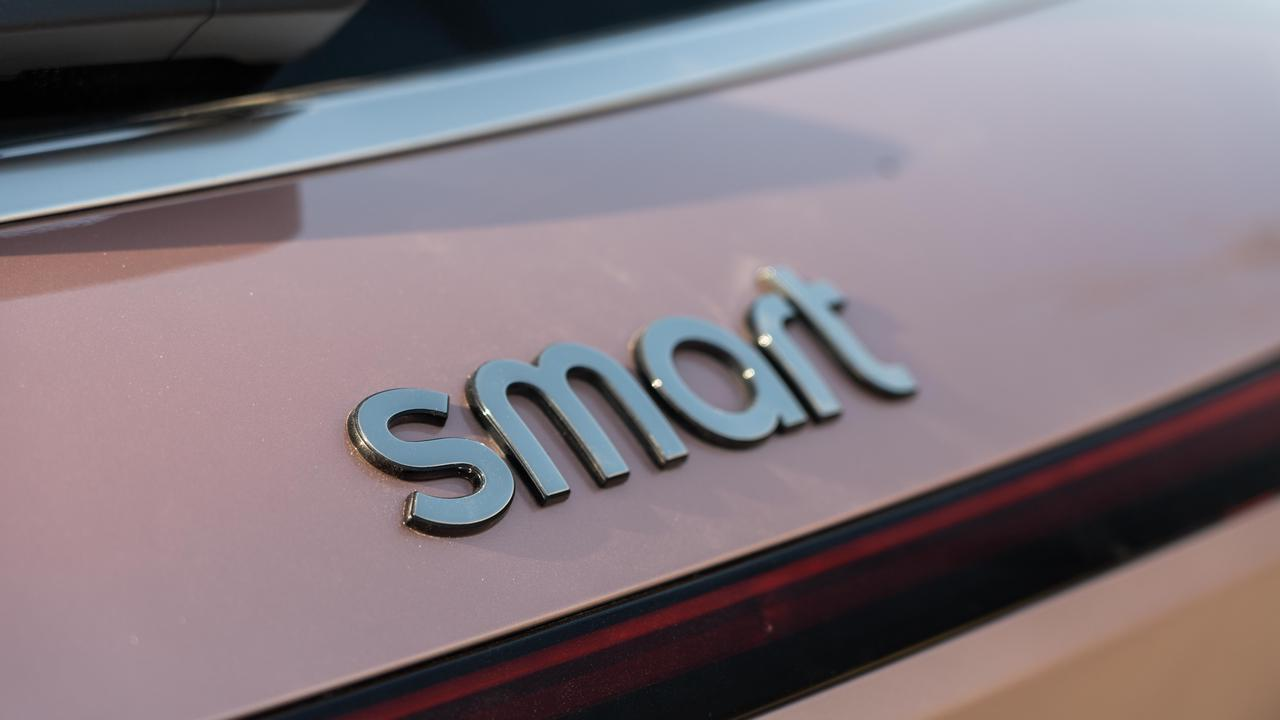
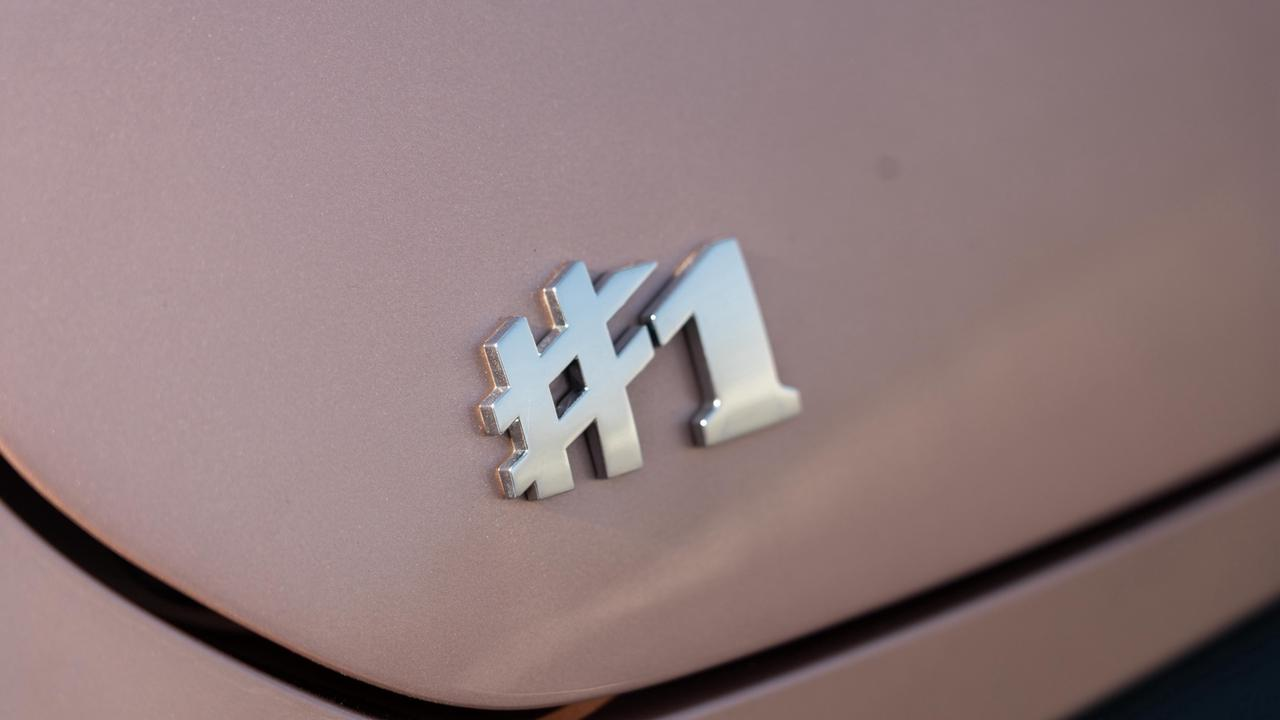
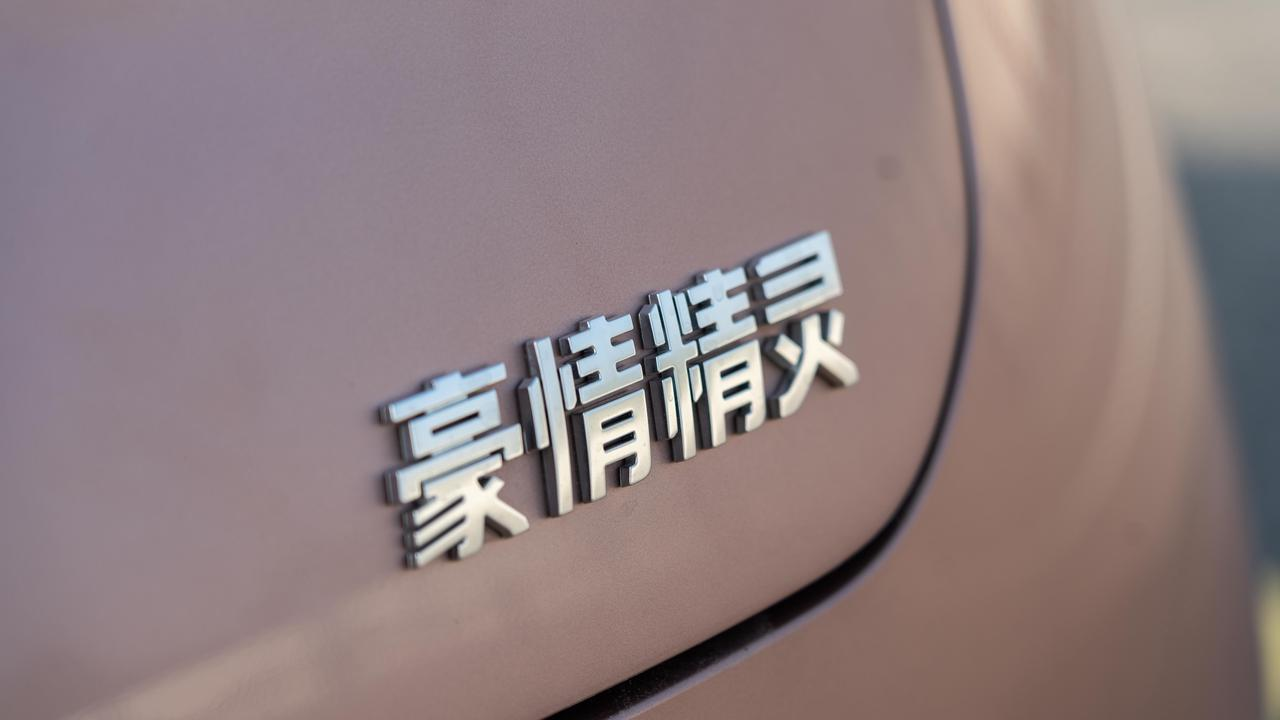
The rear wiper is not hidden in the high-mounted brake light, but uses a conventional design placed below the rear windshield. The rearview camera is placed above the license plate and is still quite close to the ground, which requires frequent wiping on rainy days.

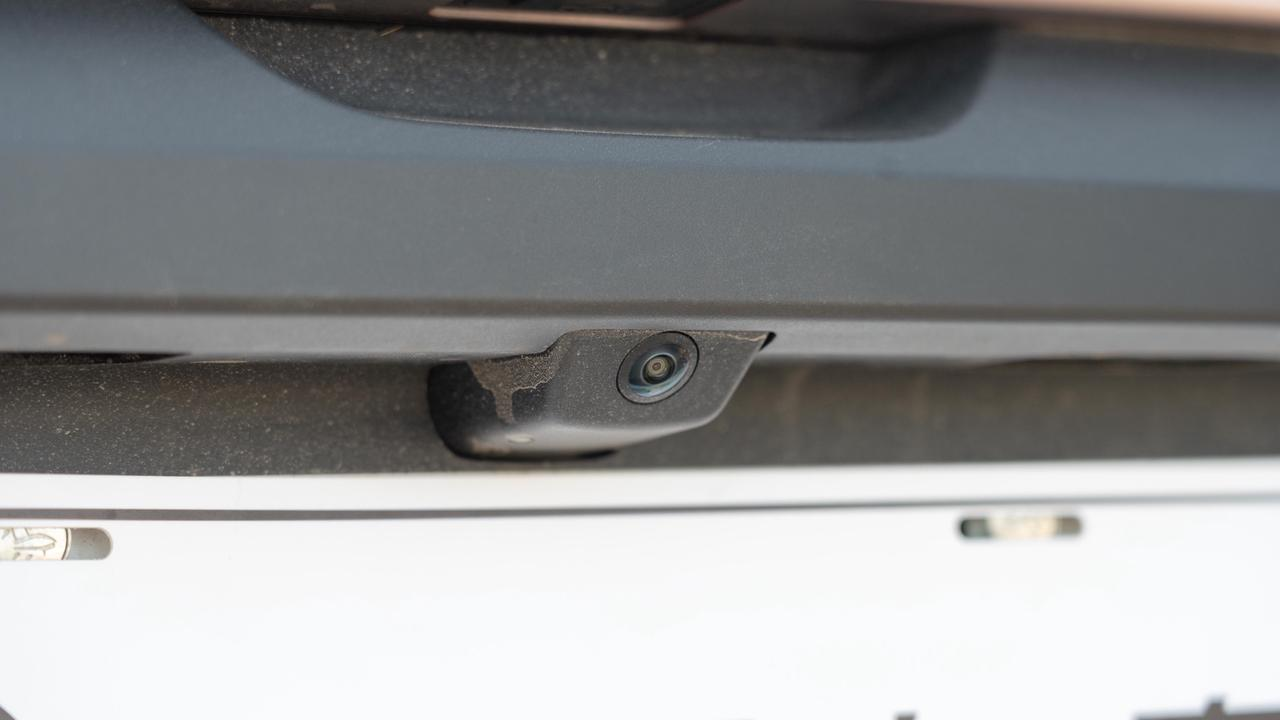
The premium version supports electric trunk and foot-kick induction. Opening the trunk, you can see a removable sunshade curtain. The trunk space is at the same level as other small SUVs, supporting 4/6 fold-down. The specific dimensions are shown in the figure.

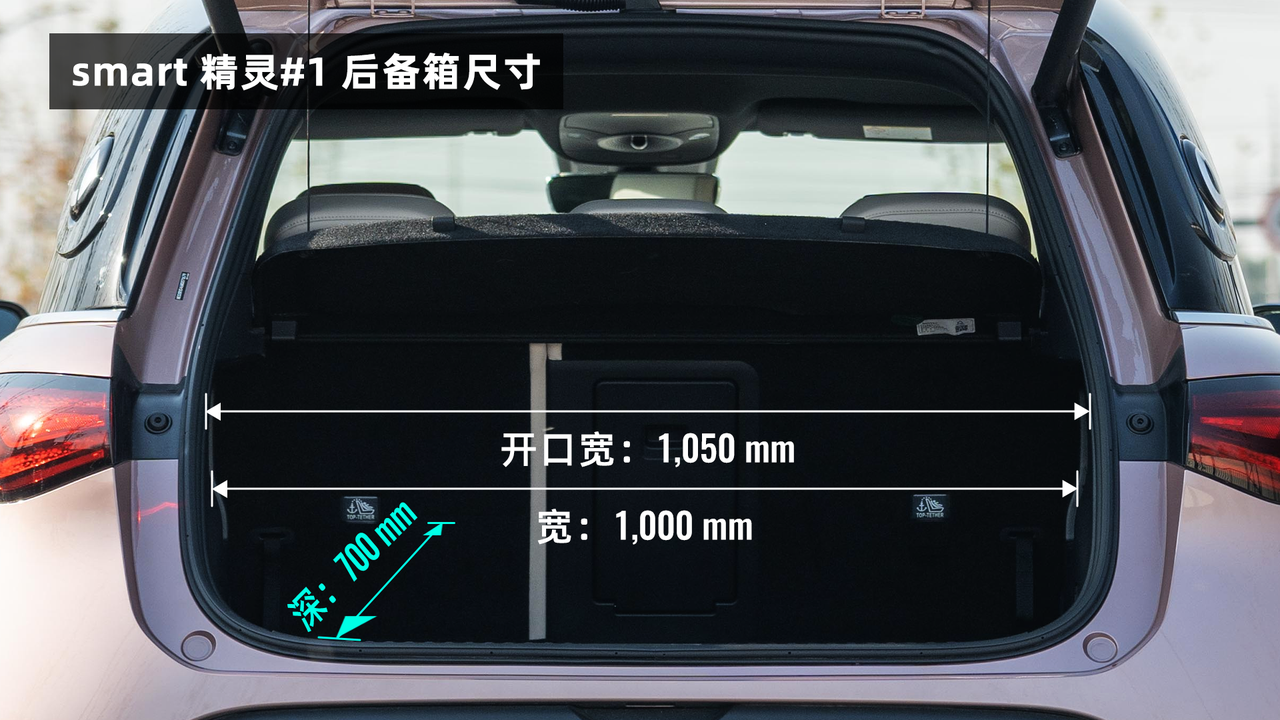
On the left side of the trunk, there is a lighting lamp and a small mesh pocket, where small items can be placed. Above the lighting lamp, there is also a triangular hook.
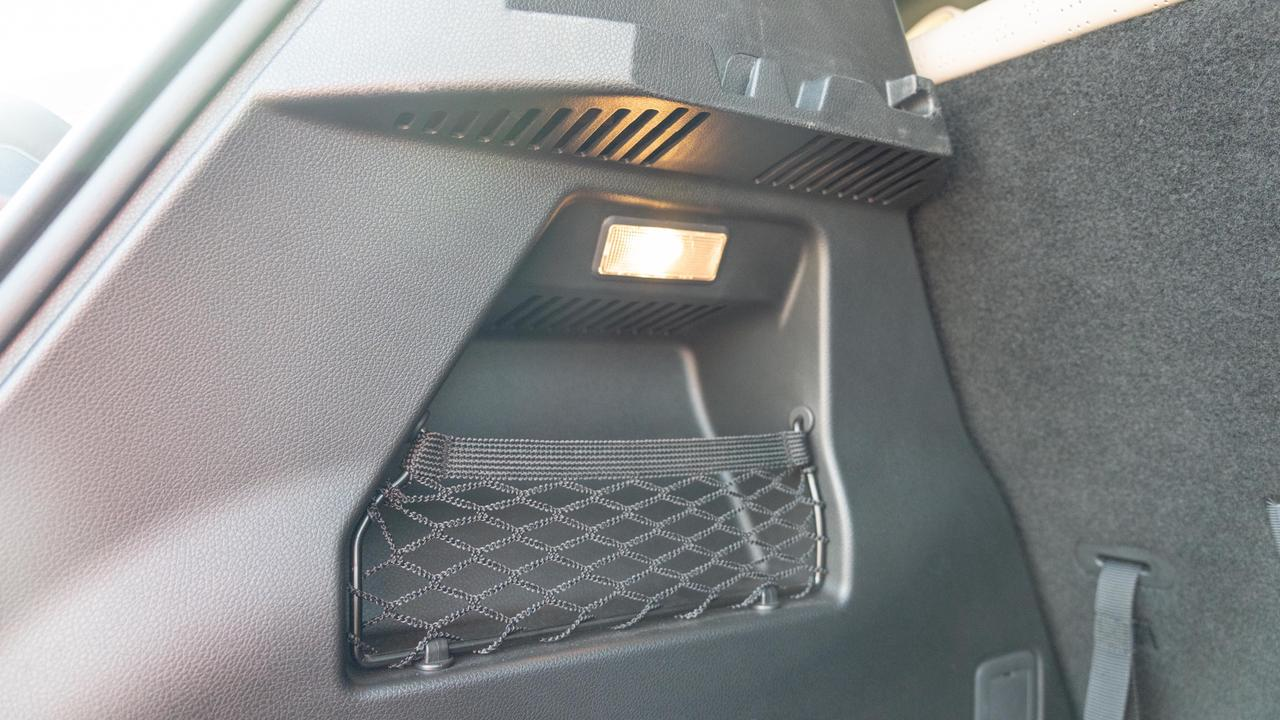
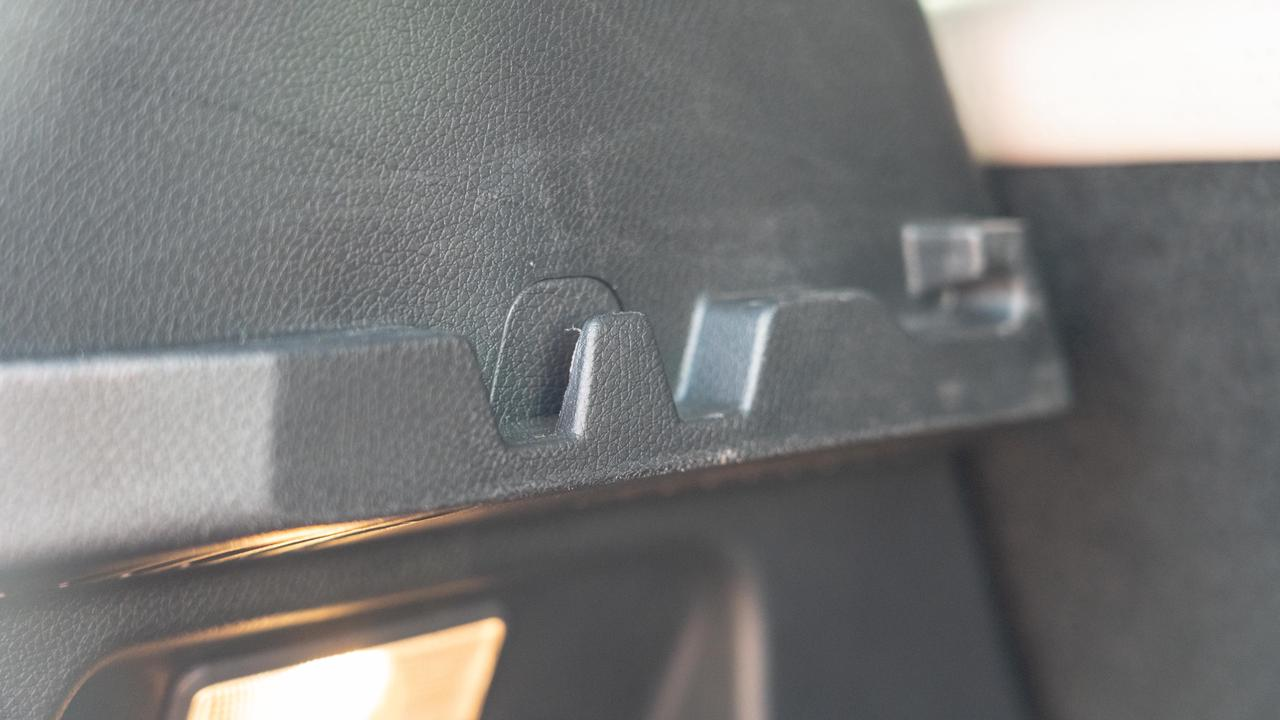
On the right side, there is also a mesh pocket and a hook. Additionally, there is a 12V high-power 120W fast charging port that can be used for some in-vehicle electrical appliances.
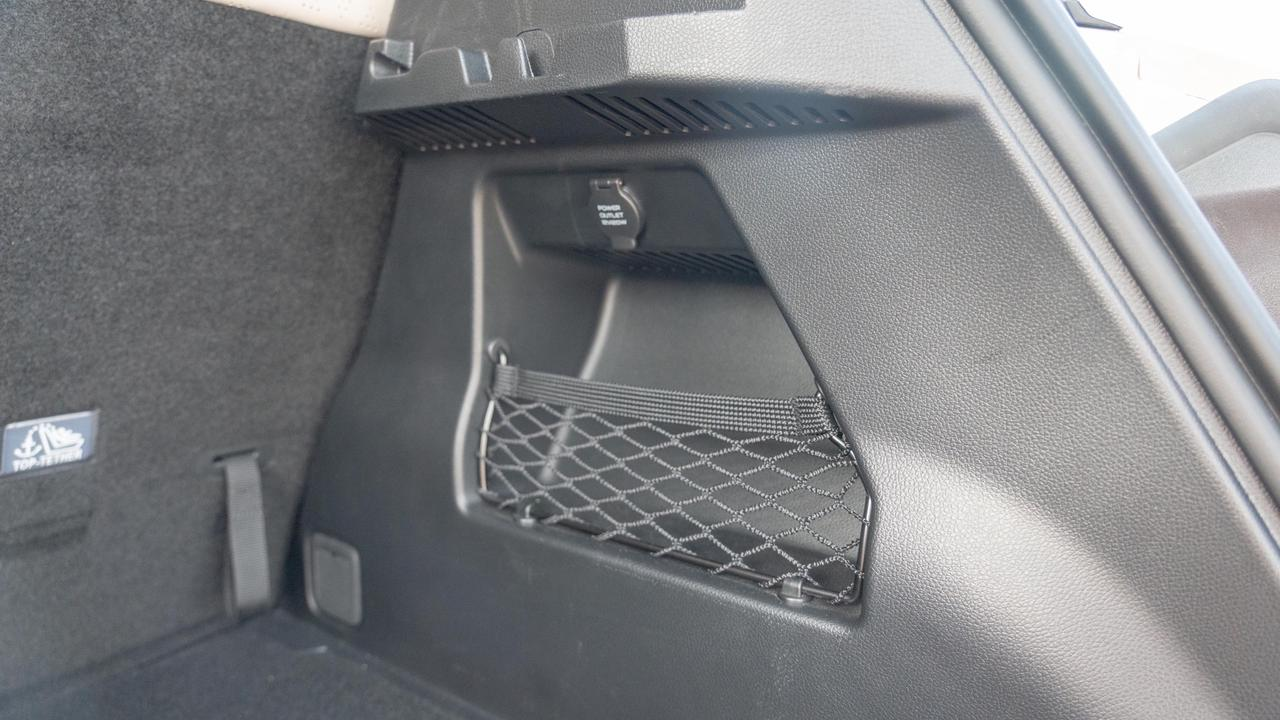
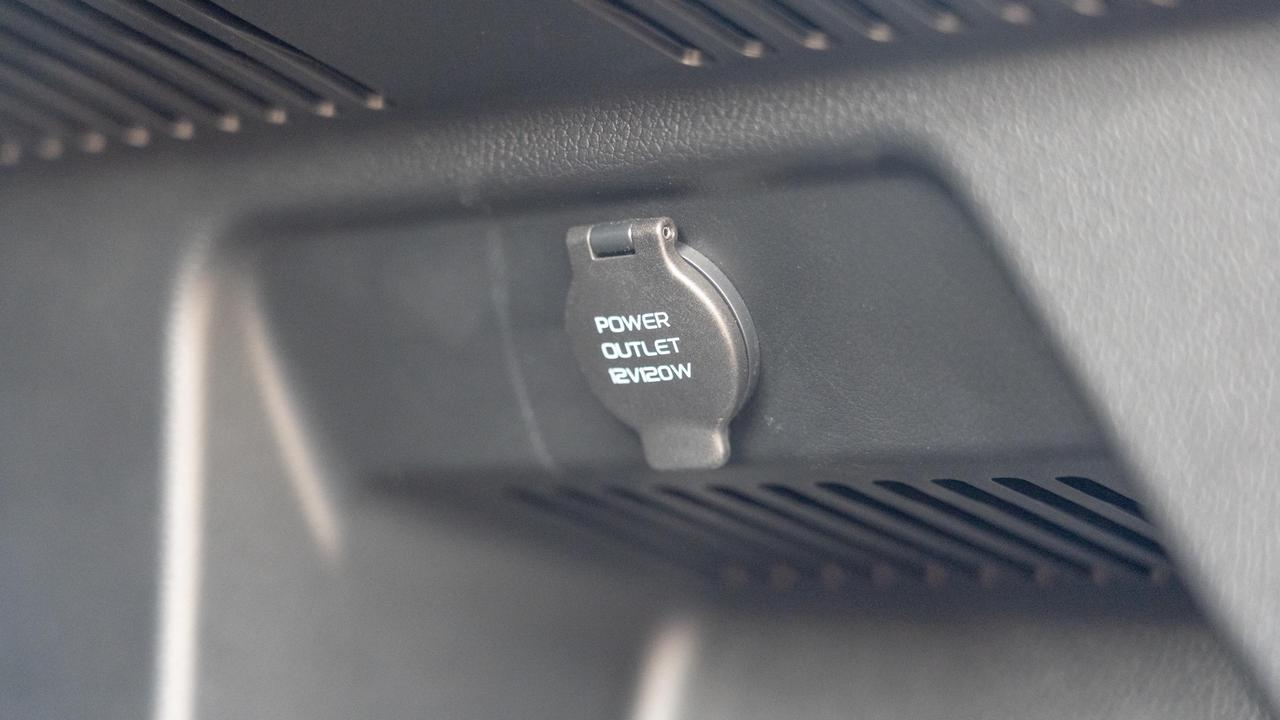
Lifting the partition of the trunk, besides placing emergency tools, there is also a considerable amount of space below. By taking an iPhone as an example, it can be seen that the depth below is about 1.5 to 2 times the length of the iPhone 13 Pro, and in addition to emergency tools, some rarely used items can also be placed, making up for the disadvantage of the small front trunk.
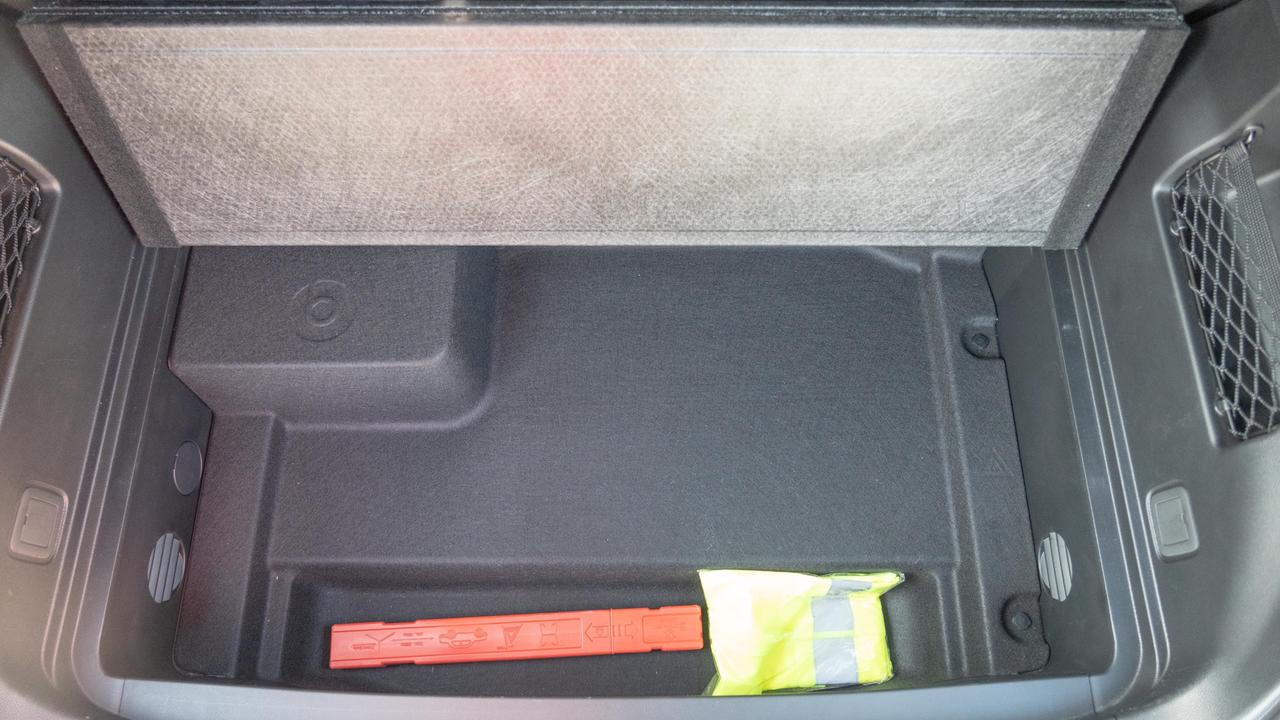
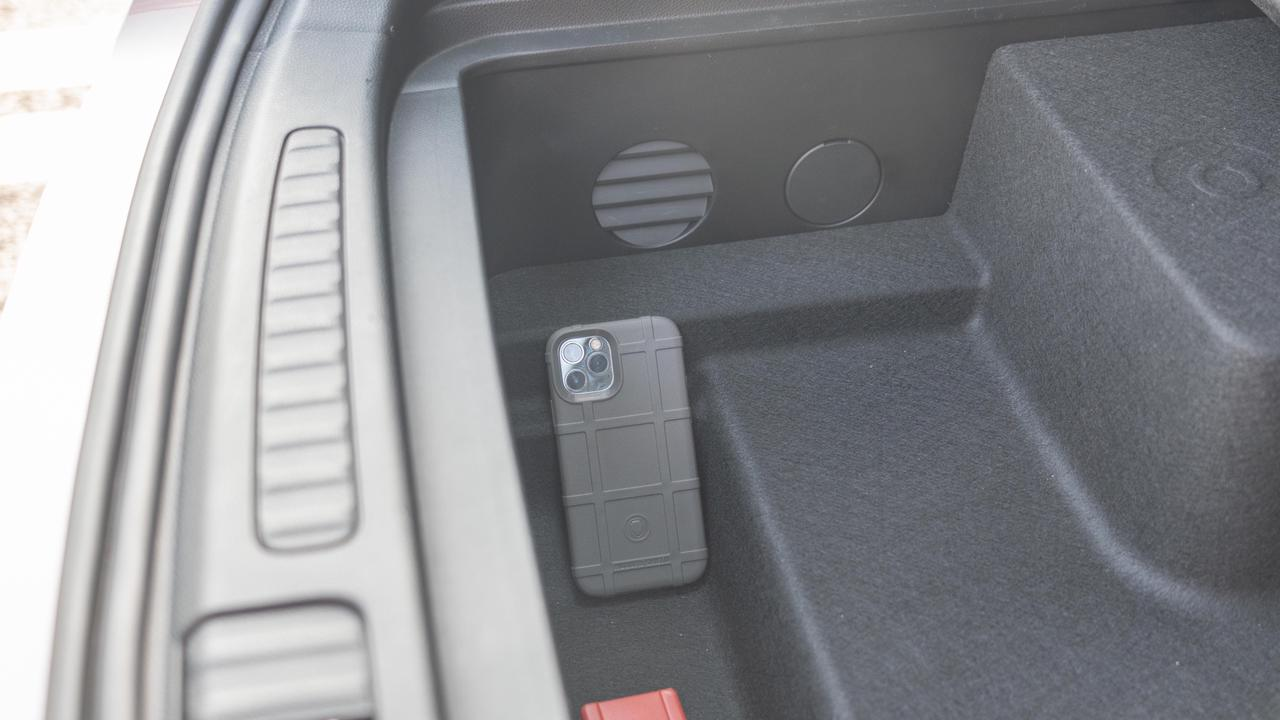
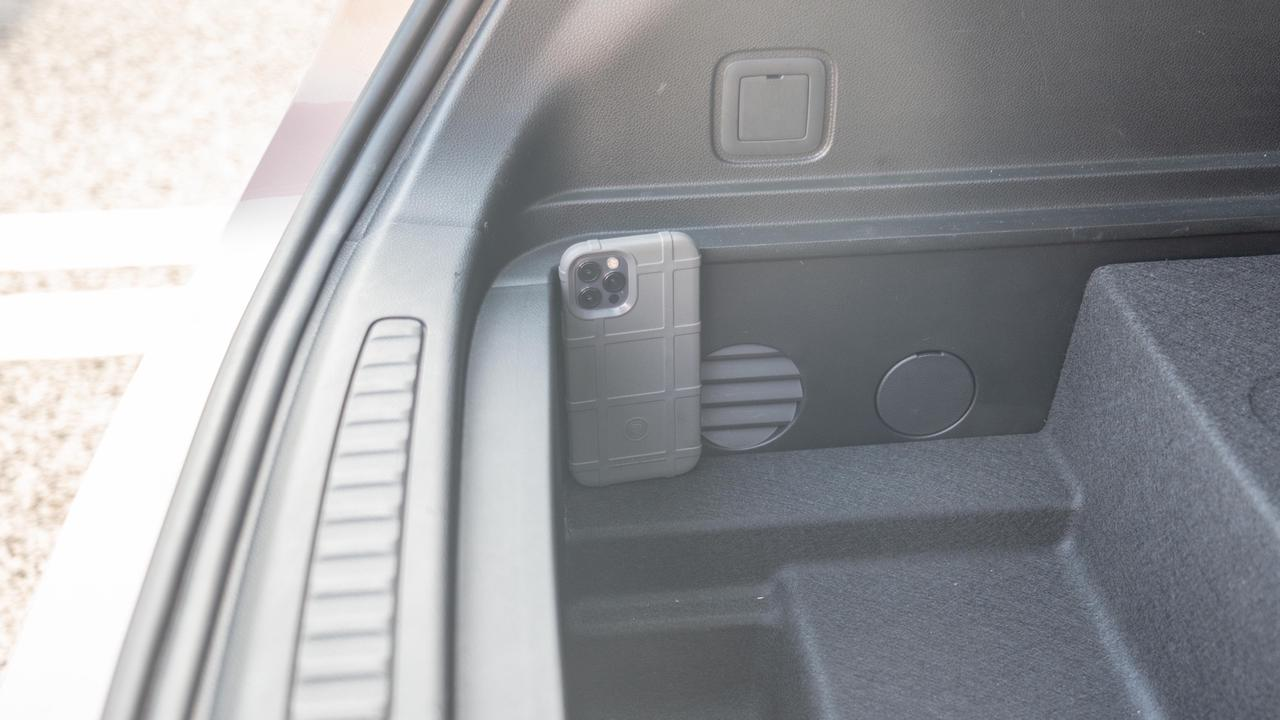
From below, we can clearly see the black protective plate of the bottom battery pack and the suspension structure of the rear five-link.


Finally, let’s take a look at the car key of smart elf #1. It adopts a round shape with a combination of white and gold, and feels a bit like the previously popular fingertip gyro when holding it. The key has only three functions: lock, unlock, and open the trunk, and it also supports unlocking as you approach the vehicle and locking when you move away from it.
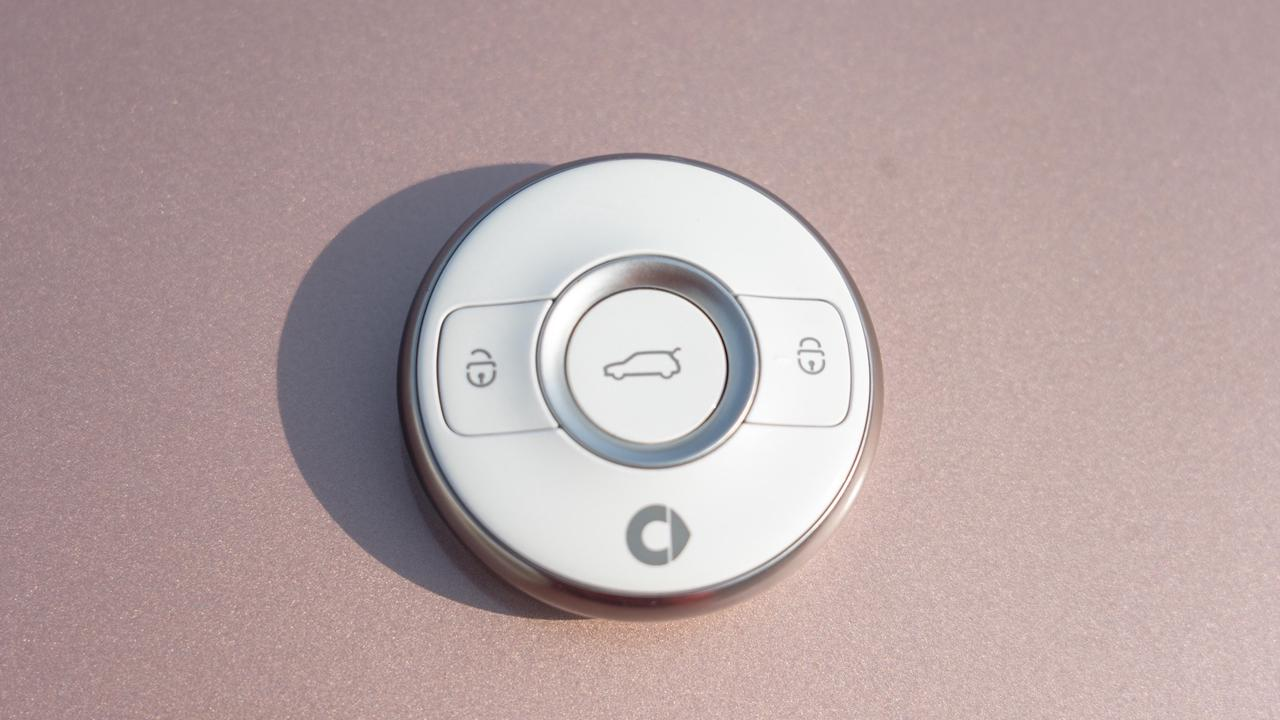
That’s about it for the exterior, and as we can see, smart is still the brand that emphasizes on design sense. However, this point may be better reflected in the interior.
Interior: In addition to the Mercedes-Benz style, there are also some unique designs
We chose the sensory gold interior for this car, which is overall in a light style and looks fresh and elegant. I personally think it looks better than the other dark matter black interior. The interior style bears some resemblance to Mercedes-Benz’s, but is much younger overall compared to most Mercedes-Benz interiors.
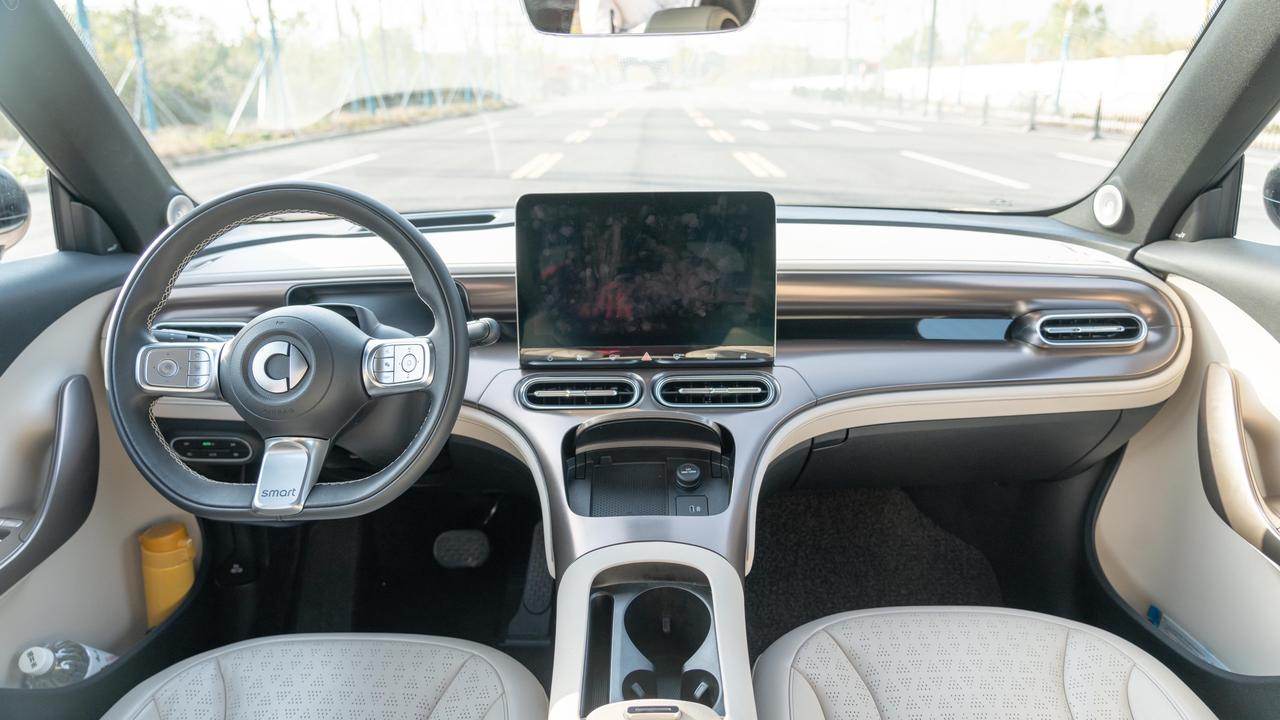
When I sat in the driver’s seat for the first time, I might have felt slightly harder than those soft seats. However, when testing the endurance, I sat continuously for more than three hours before realizing that the support of elf #1’s seat is very good, and I did not feel any back pain even after driving for three or four hours. On the other hand, with those softer seats I tested before, I would inevitably experience lower back pain after a long ride.The space demonstration part has been replaced by the BRABUS version of the car model, which is only 3 cm longer than the ordinary version, and the internal space performance is basically the same as that of the ordinary version. When the front passenger seat is adjusted to be consistent with the driver’s seat, it can be seen that the handsome Mr. Liangze, who is 173 cm tall and weighs 60 kg, does not appear cramped at all. The headroom in the front row is huge, with a space of as much as three and a half fists.
Both the driver’s and front passenger’s seats support 6-way adjustment and 4-way lumbar support adjustment. Although there is no massage function, thanks to the excellent seat support, this is not a significant drawback.
The car doors adopt the popular frameless design, which to a certain extent, increases the car’s fashion attributes.
The door buttons are relatively simple, with only window control and door lock/unlock buttons, while mirror adjustment functions are integrated in the central control screen. Moreover, although the buttons are made of plastic, they look more textured due to the use of high-gloss silver.
The car doors adopt a mix of dark and light colors, with the dark part wrapped in leather and the light part made of plastic. However, due to the use of light coloring, it does not look cheap.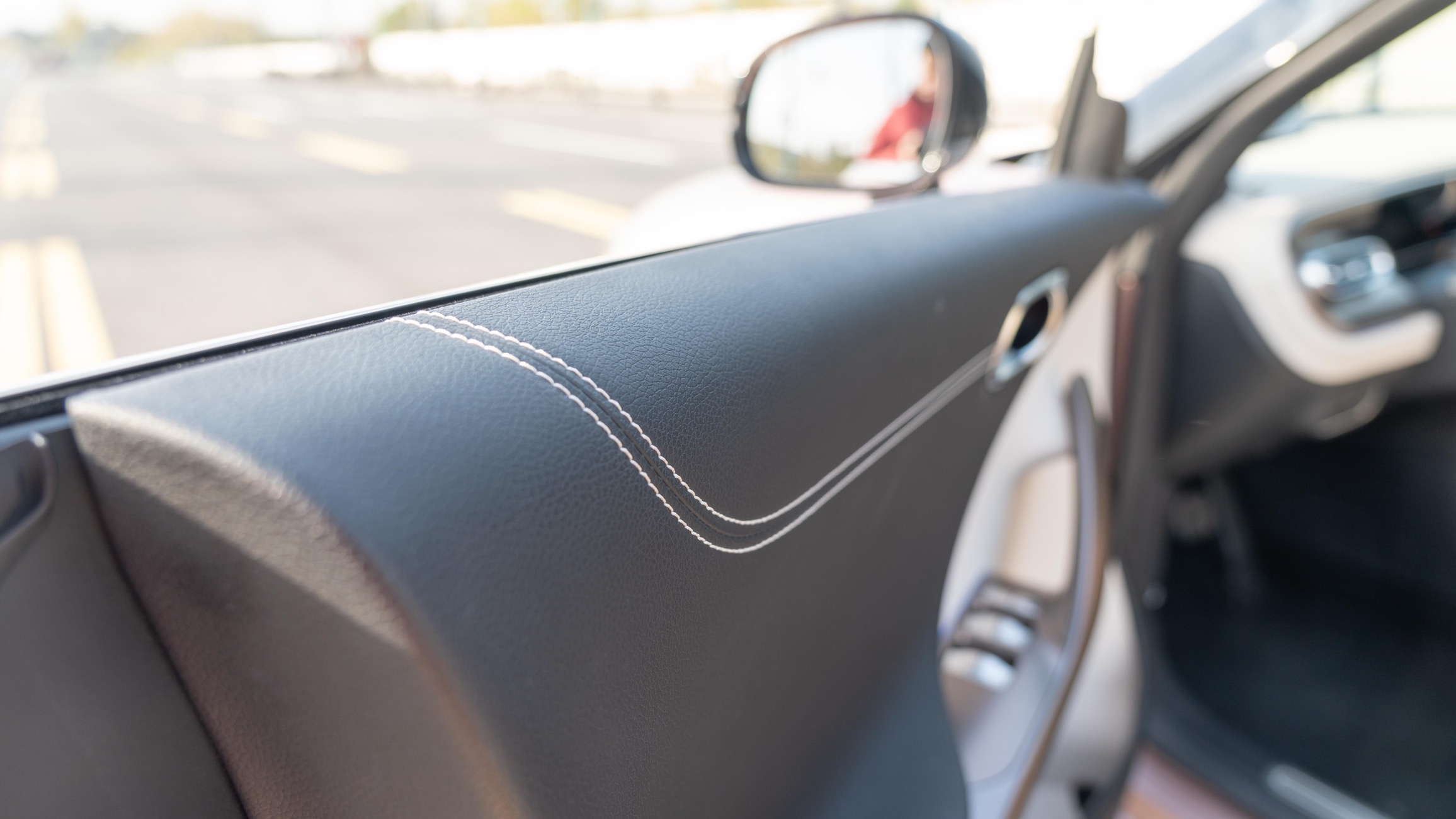
The storage space in the front door panels is quite generous, with enough room for at least three 500ml bottled mineral water. It is perfectly acceptable to store some clutter such as a car cleaning cloth or tissues in the space.
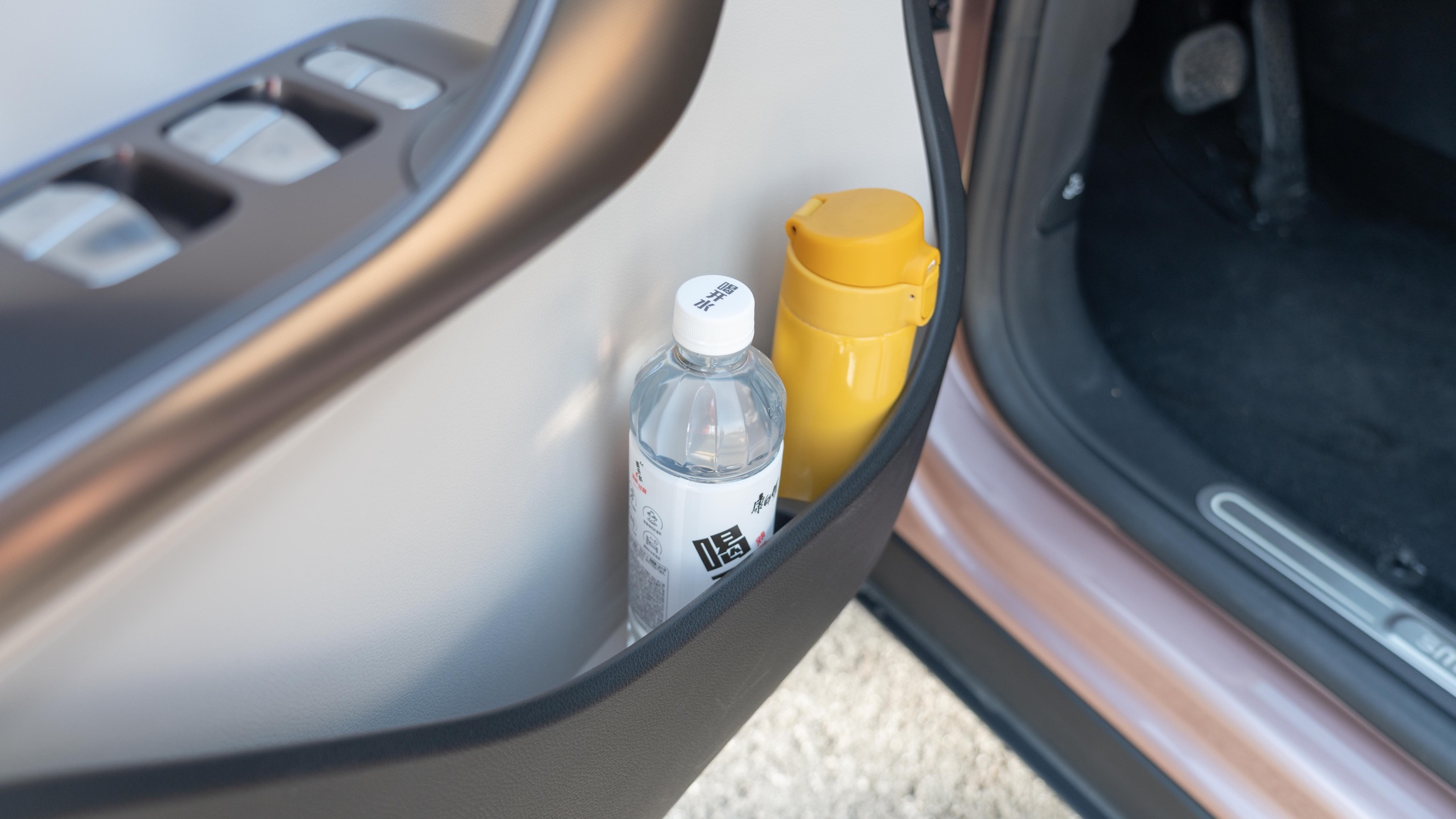
The Premium version of the car utilizes a 13-speaker Beats sound system, which is five more speakers than other versions. The bass is well-performed as expected from the Beats sound system. If the default tone style is not preferred, the EQ equalizer can be adjusted in the car screen, giving more freedom to the listener.
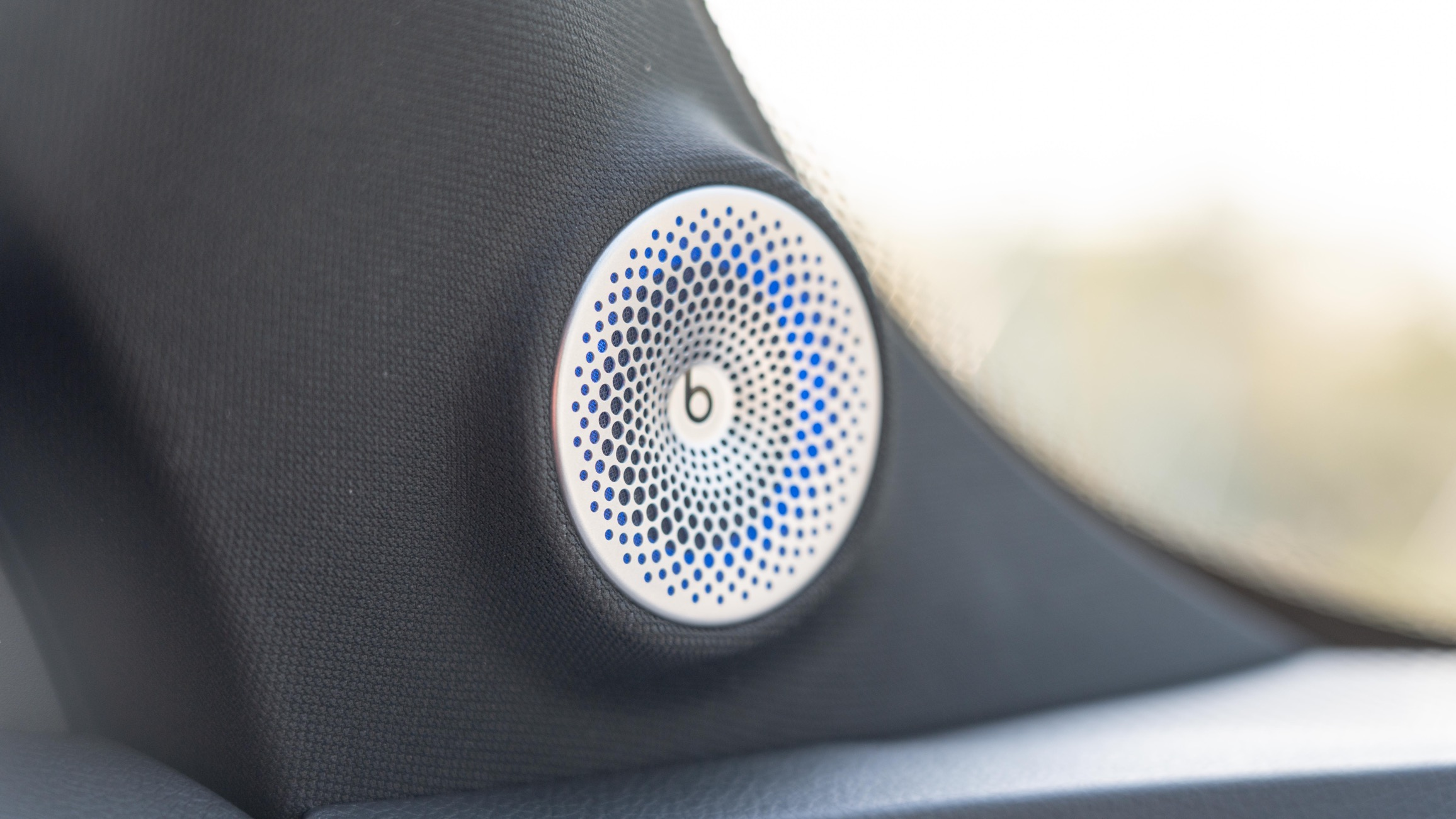
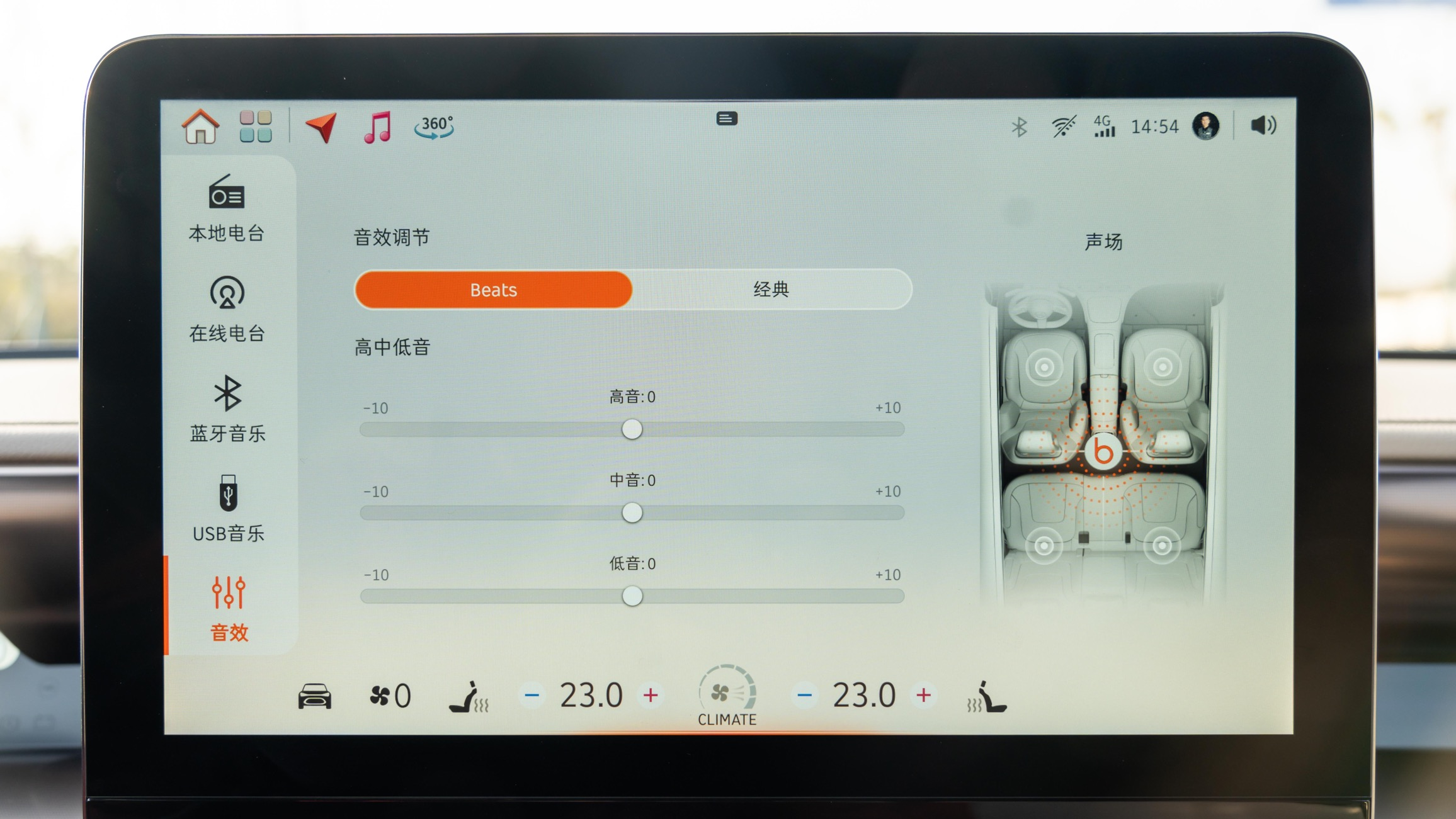
There are six frequently used physical buttons reserved in the lower left corner of the steering wheel. Apart from the light control, there is also a physical button for opening the trunk.

There is a small storage compartment below the button set suitable for placing receipts and RFID cards when passing through a toll station. Further down near the driver’s left foot, the switch for opening the front hood can be seen.

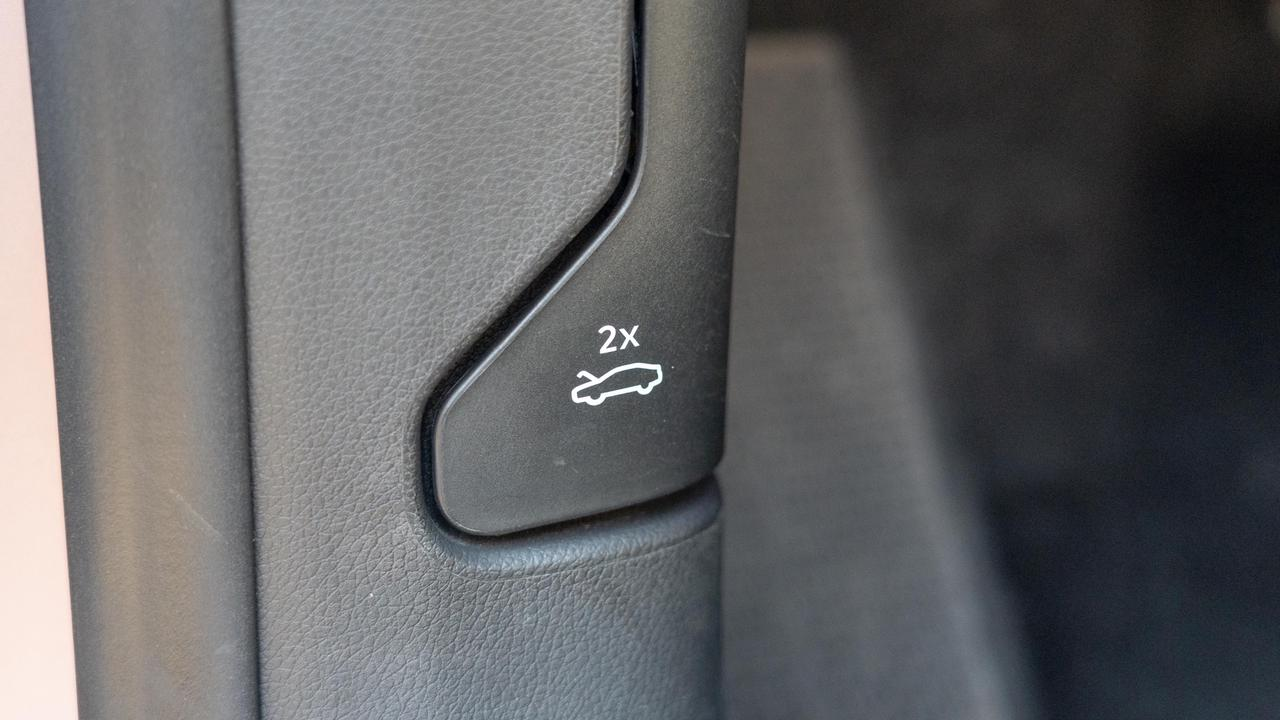
The left side of the steering wheel has control buttons for advanced driving assistance, which will be discussed in detail in the advanced driving section. On the right side are multimedia control buttons, voice wake-up button, WeChat function button, and the switch to switch the display of the instrument panel to the odometer.
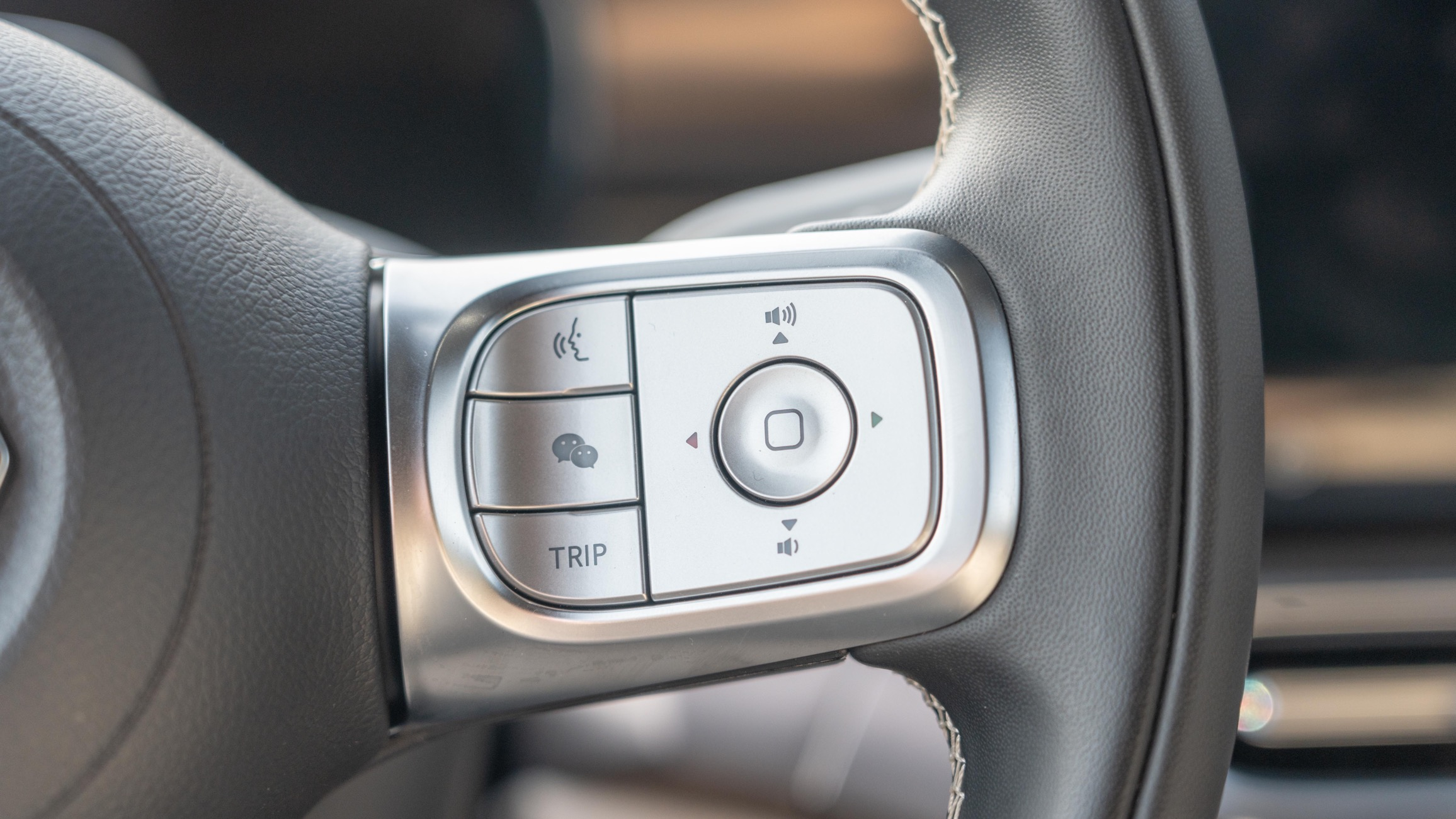
The steering wheel supports four-way manual adjustment, with the locking part located below the steering wheel. The range of adjustment of the steering wheel is relatively large, which can meet the needs of drivers with different body shapes.
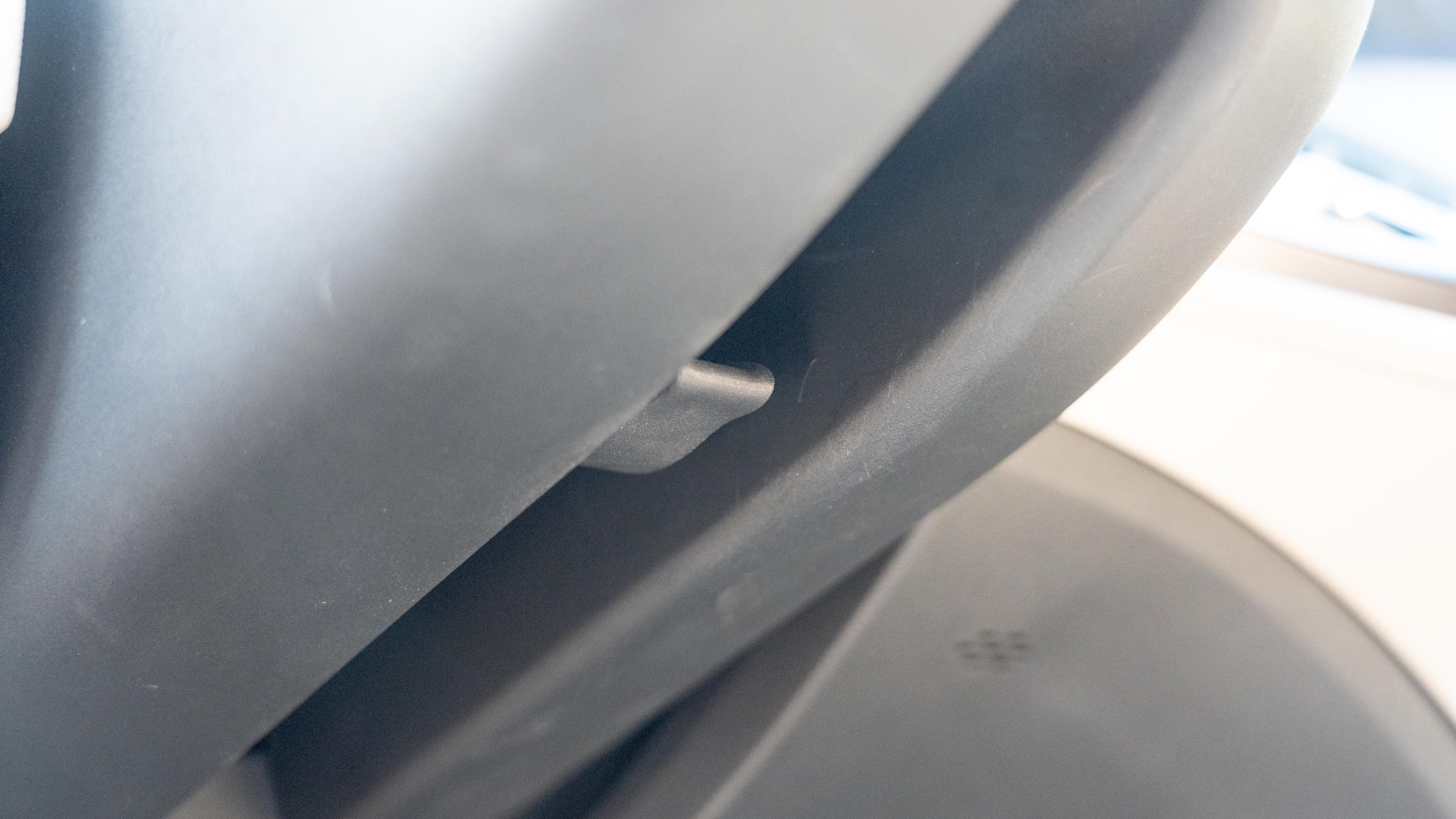
The left lever of the steering wheel controls the wiper, while the right lever controls the pop-up of electric vehicle mode and the classic design of the Mercedes-Benz’s sport mode.
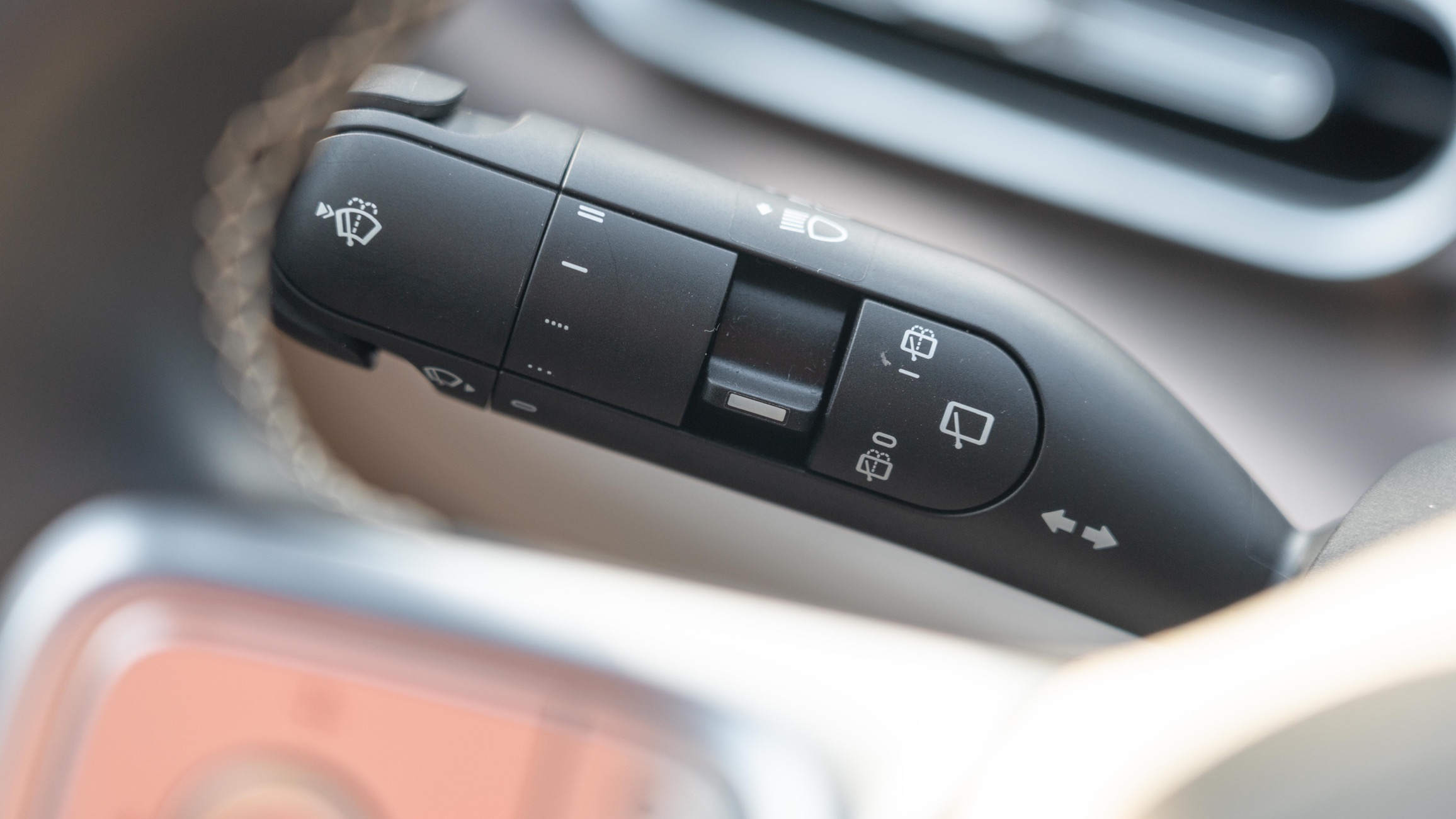

The instrument panel adopts a slender strip design, but it is still large enough to see the contents of the instrument panel. It is worth mentioning that the instrument indicator lights, including the fault light, are not displayed on the instrument panel screen, but a separate indicator light icon is set below the instrument panel.

The content on the right side of the instrument panel can be switched to multimedia information, mileage display or simple navigation information display.
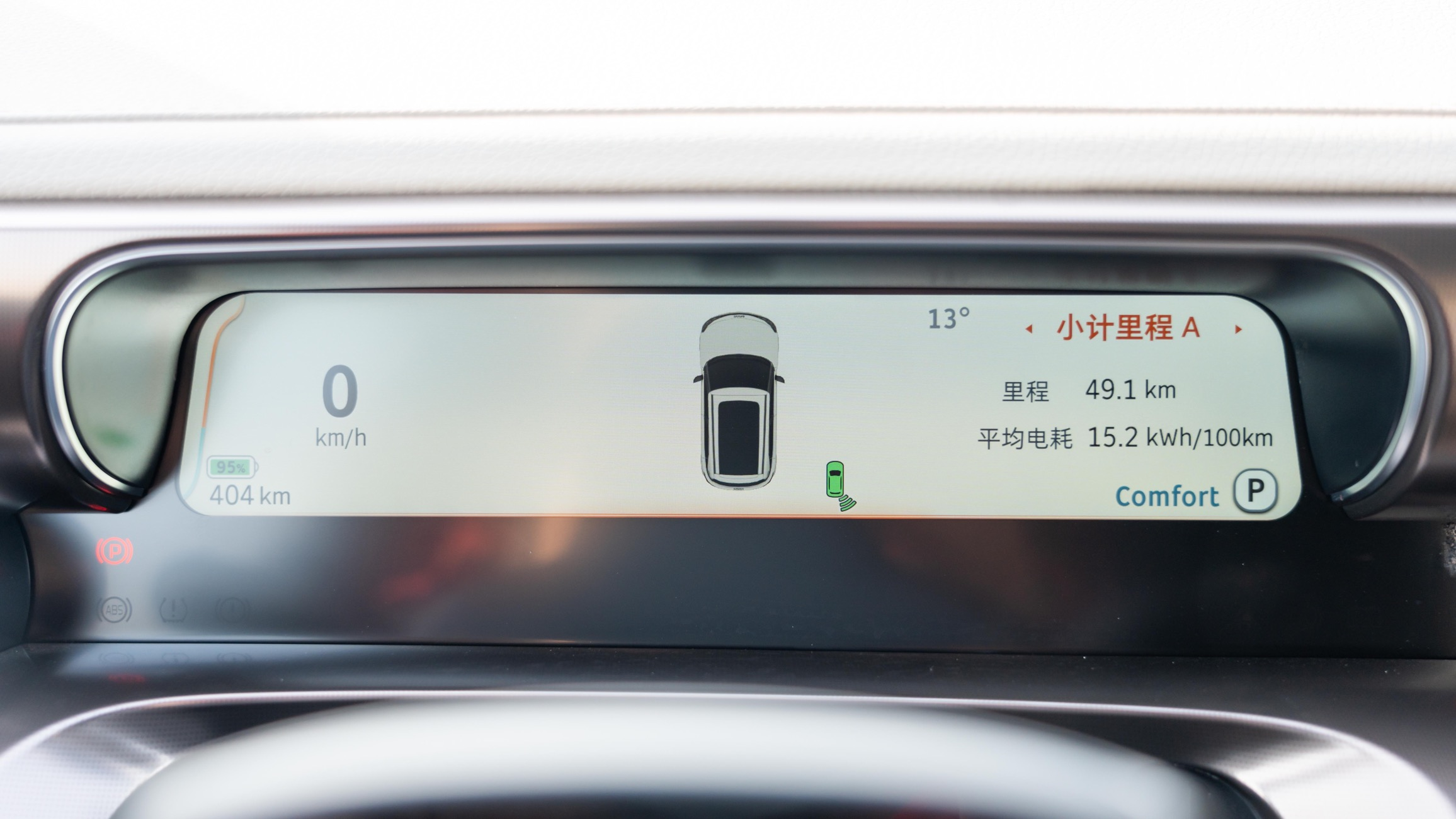

Smart Elf #1 comes with a 10-inch HUD function in the high-end model, supporting snow mode. In addition to displaying conventional speed and navigation information, after the auxiliary driving is turned on, some auxiliary driving-related information will also be displayed.
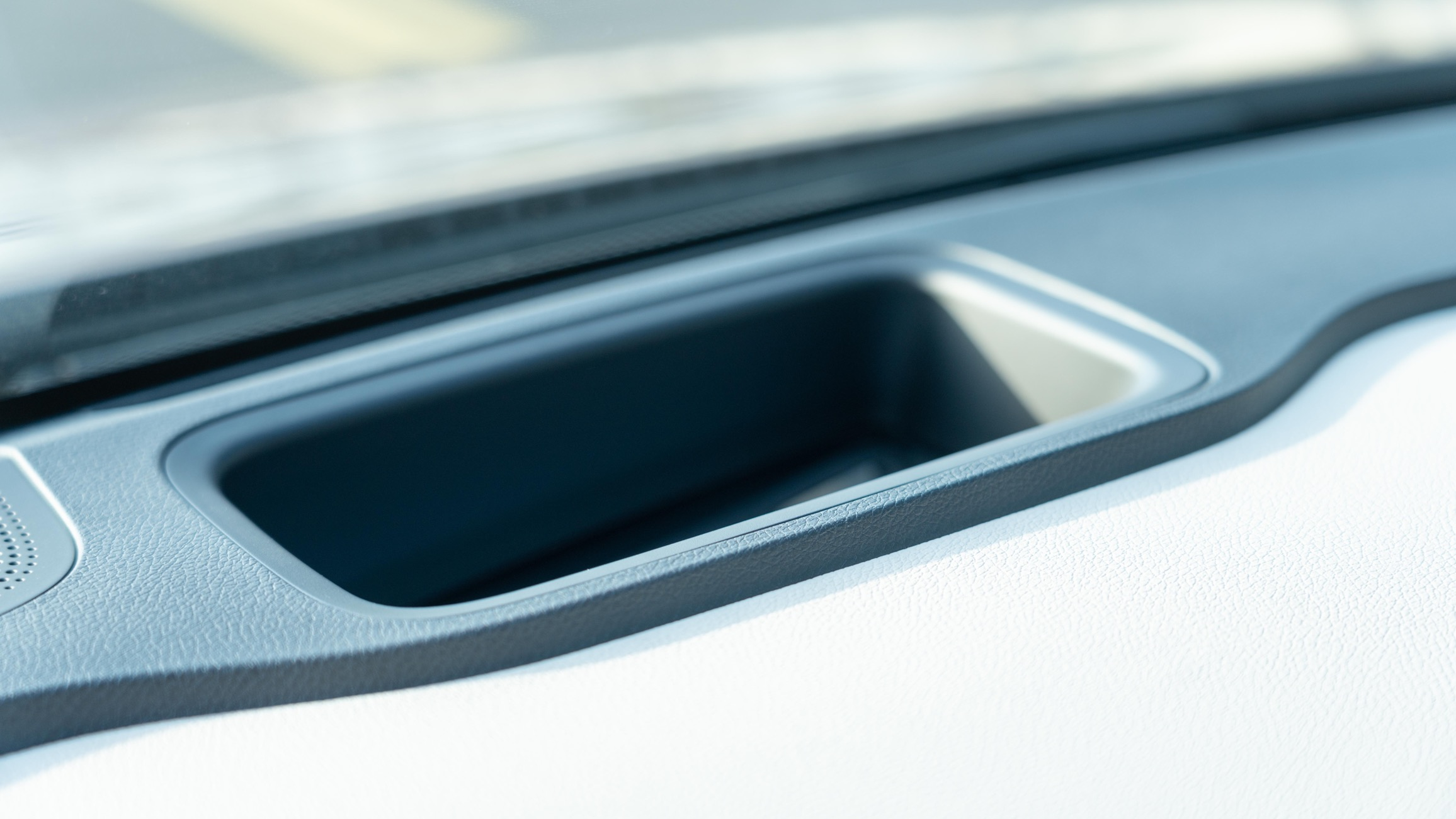
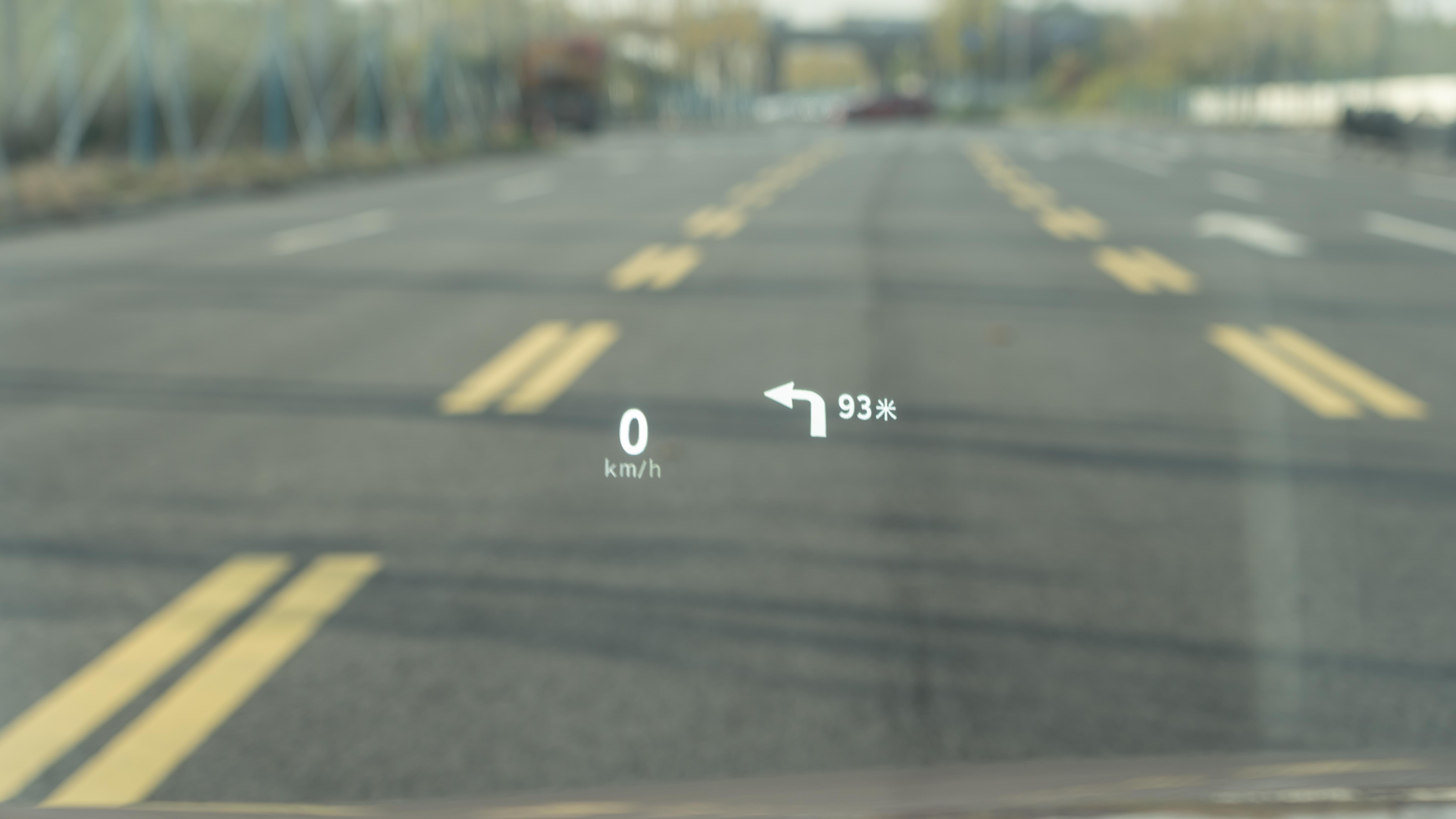
The central control system of Sprite #1 appears nothing like the traditional infotainment system of a traditional automaker, rather it gives a feeling of an Android tablet. A row of shortcut buttons appears at the top of the screen, and the main page is filled with various controls. However, the placement of controls cannot be customized, hopefully it will be added in the future. At the bottom left are the vehicle settings, while others are related to air conditioning and seat heating.

In the lower right corner is the voice assistant of Sprite #1, which is a little fox. Smart has designed it with multiple different poses, just like having a little pet on the desktop. In addition, the infotainment system can also be customized with other avatars, but the feature requires a paid license.


The vehicle settings interface is not like a traditional manufacturer’s system, but rather more like that of a new energy vehicle company. The first page displays various commonly used buttons, making daily operations simpler after reducing physical buttons in the car.

In addition, there is a notification shortcut bar when sliding down from the desktop. There are also some quick operation buttons that can be accessed here.
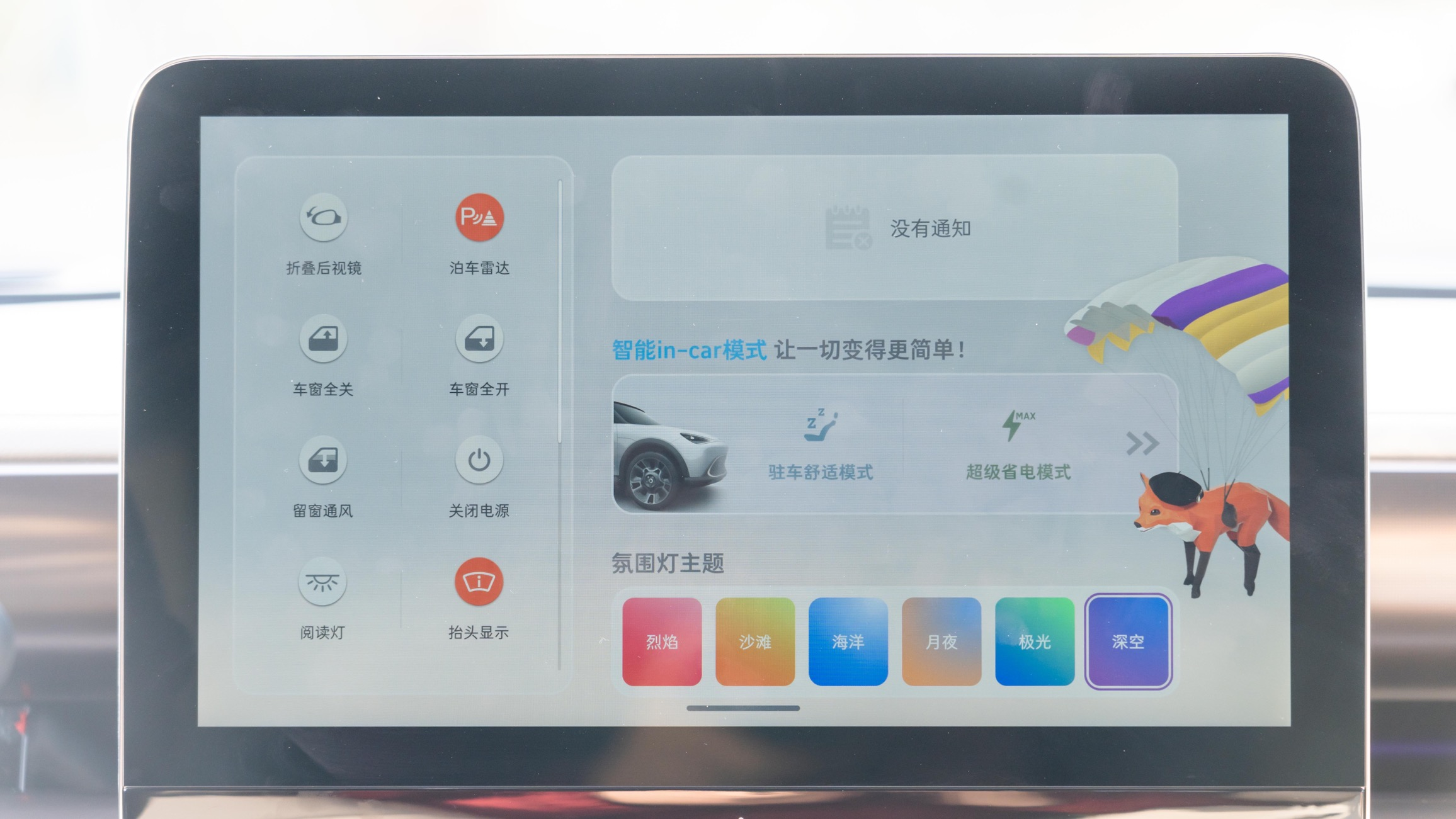
There are still seven touch buttons under the central control screen, and the circular physical design of the air outlet at the bottom echoes the overall roundness of the car.

The charging part in the central area is protected by a large plastic cover, which looks quite metallic with a glossy surface. After turning the cover over, there is a wireless charging port, a fast charging port with a maximum power of 120 W, a C port for fast charging, and a C port for data transmission.
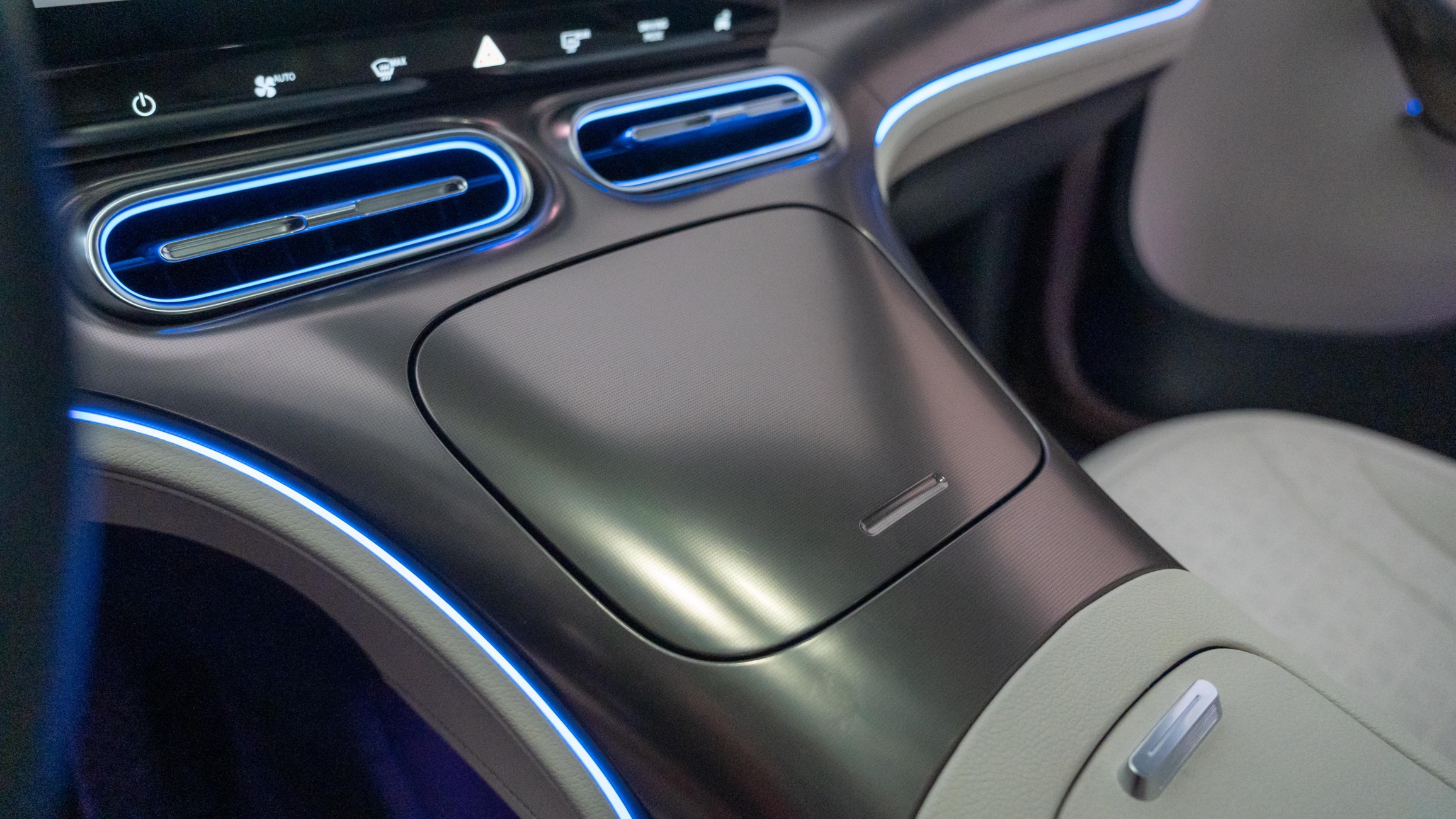

The cup holder also has a protective cover, but it is covered with leather, which is the same as the central armrest box. After opening the cover, not only are there two cup holders inside, but also a storage compartment is dug out with the remaining space. This position is very convenient for placing car keys or high-speed toll cards, or temporarily storing some receipts.

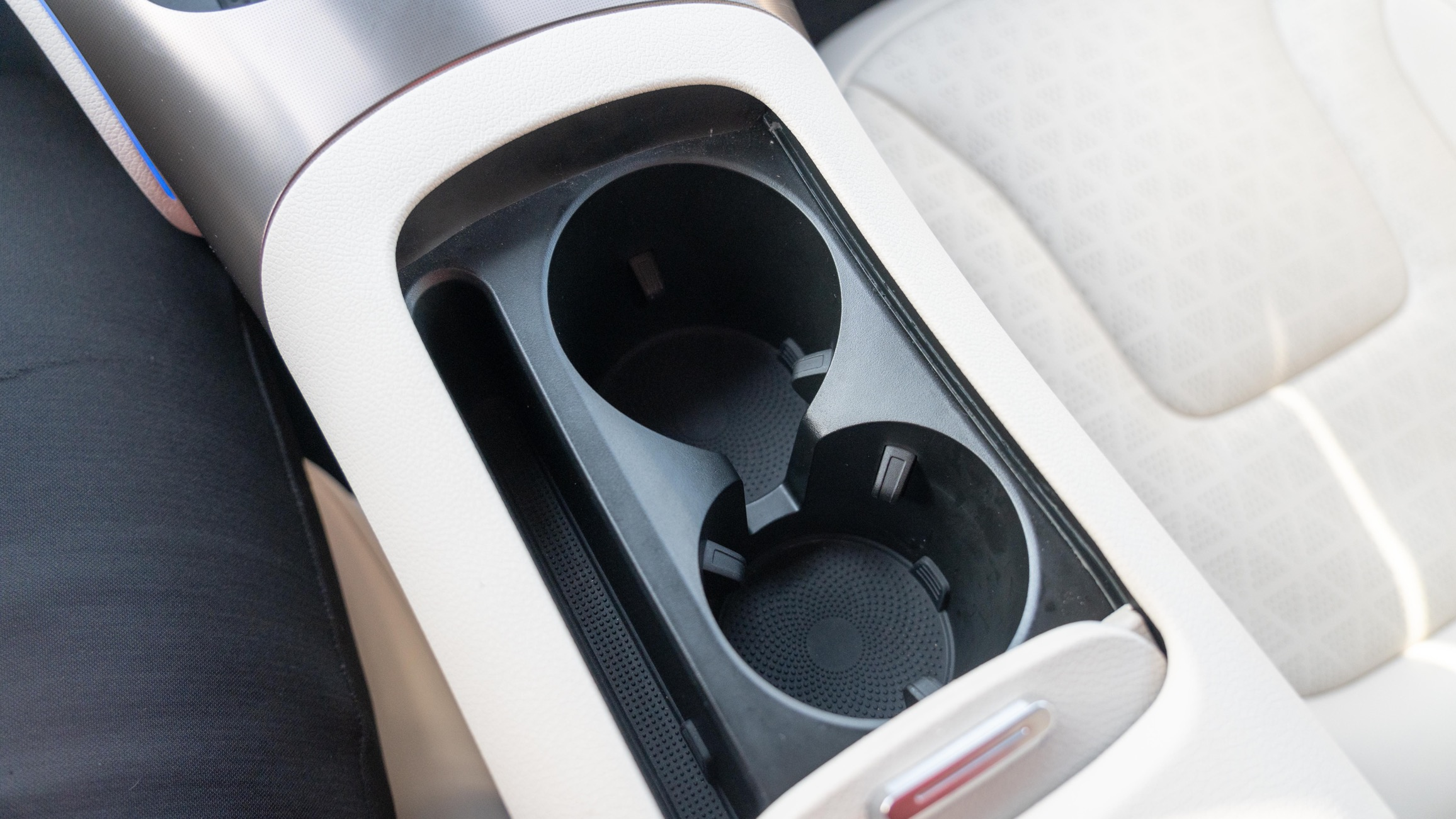
After all, it’s a small car, and although the length of the central armrest box is not long, the depth is enough to hold a 500 ml bottle of mineral water, which is sufficient for some commonly used car accessories.
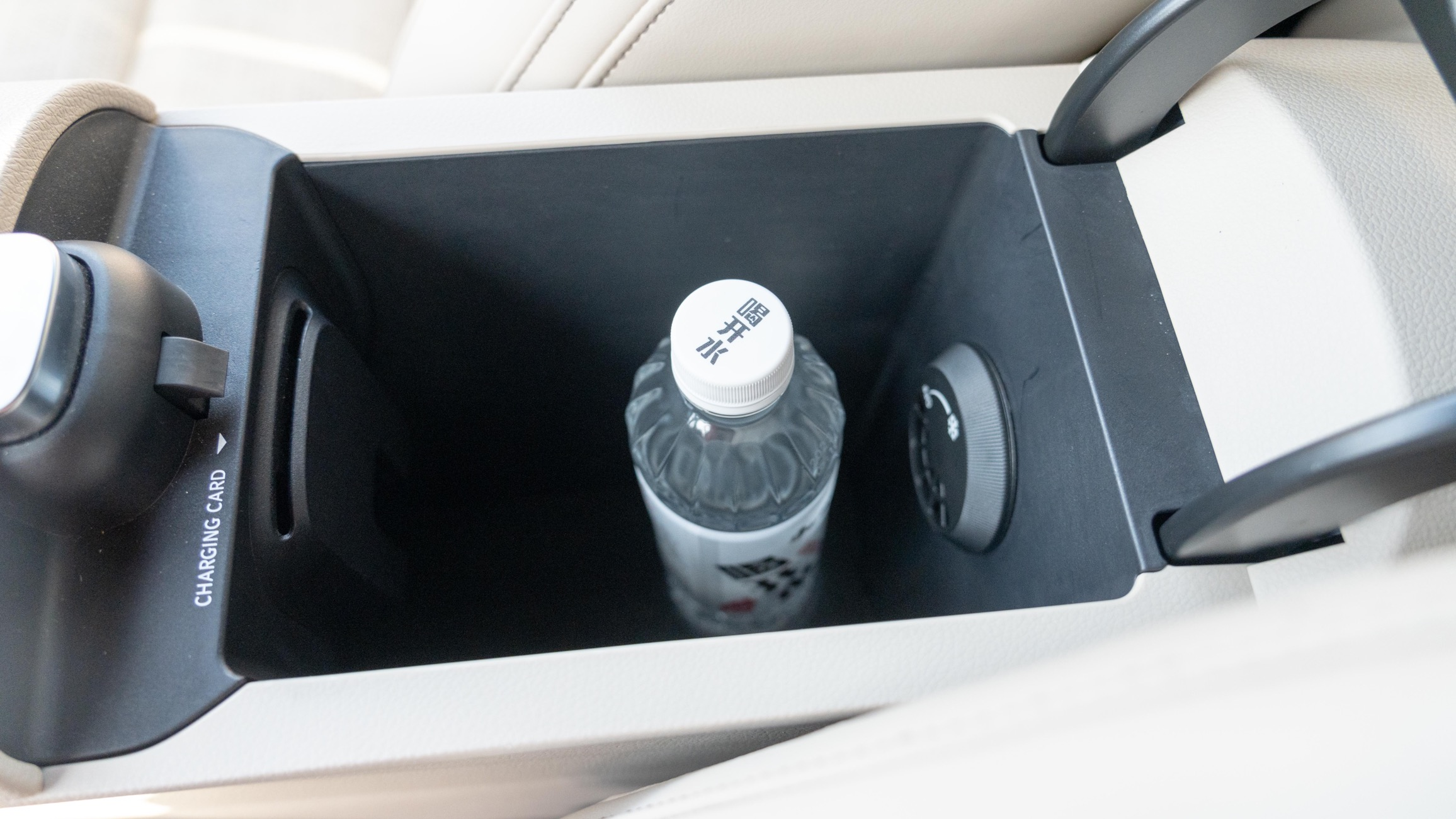
In addition, there are two small details in the armrest box. First, near the buckle, you can see the words “CHARGING CARD,” where a space is specially dug out for card keys, which can be said to be very user-friendly. Another detail is that on the other side of the armrest box, there is a closable air vent. If you need to keep some items refrigerated, you can temporarily place them in the central armrest box.


A hollow storage compartment is made in the bottom of the central area, which is essential for cars with a large number of female car owners. Women often need to change shoes when getting in the car. The high heels taken off can be placed here, which is definitely better than other places. In addition, small handbags can also be placed here.
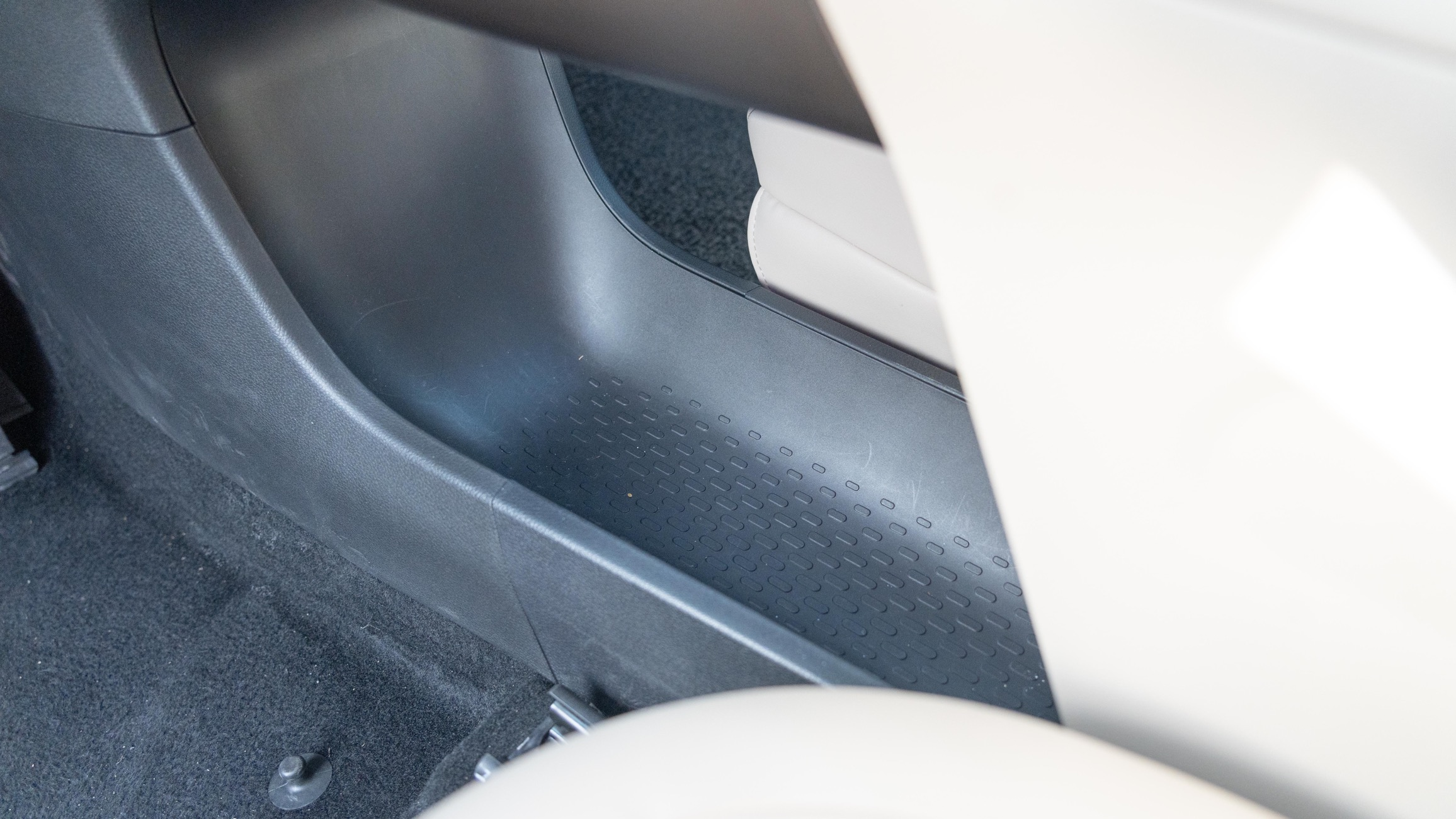
I don’t know why, but the makeup mirror in the car is very small, whether it’s on the main or co-driver’s side, which is a small drawback. It is inconvenient for female car owners to touch up their makeup in the car.
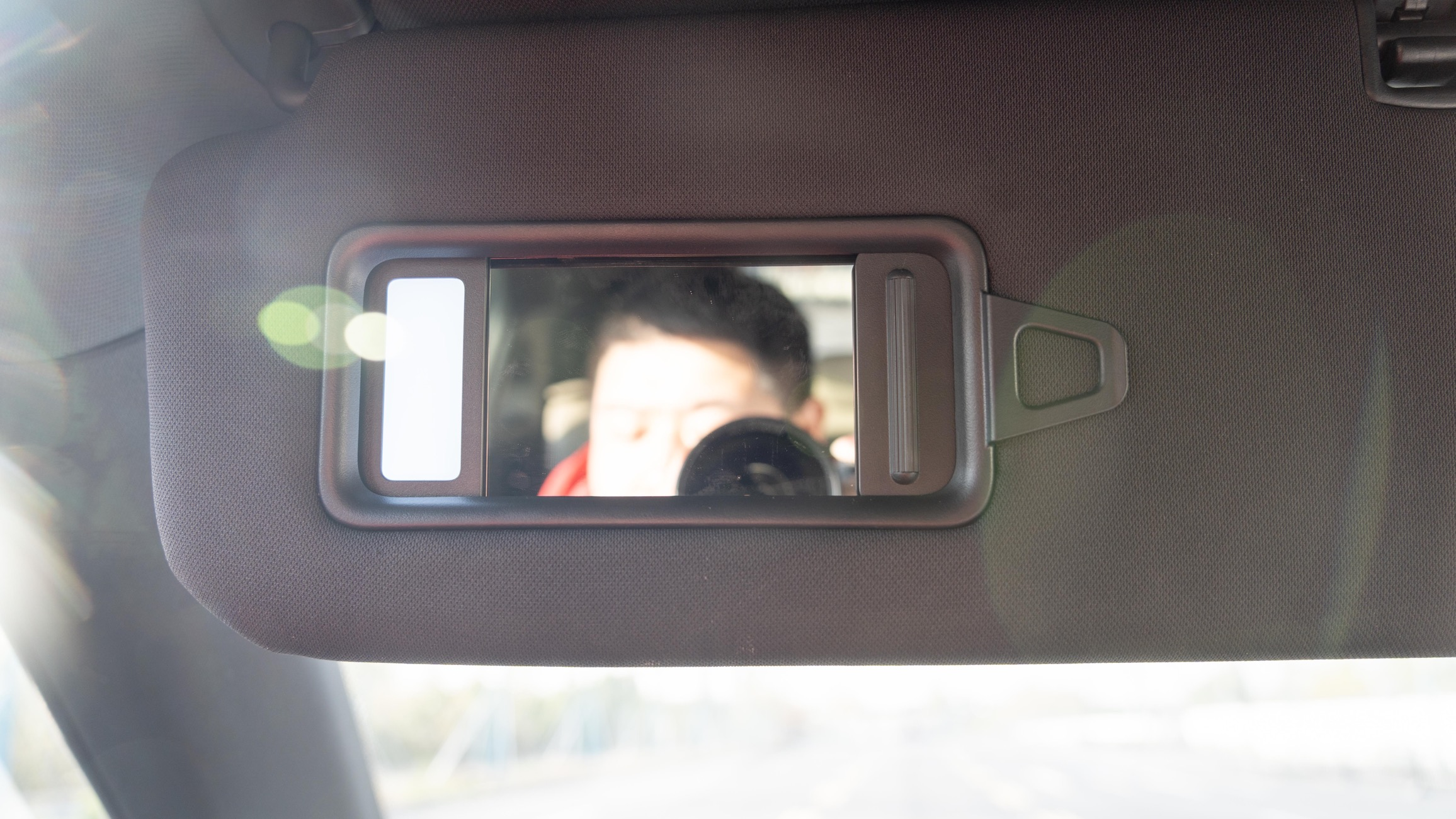
The top central area is relatively concise, with reading lights on both sides. The light is warm yellow and not very bright. The middle is the switch of the sunshade, and there is an SOS emergency button below. In addition, there is a glasses case, which is very convenient for people who like to wear sunglasses while driving.


The top sunroof uses a whole piece of glass. The sunshade can be closed to prevent sunburn in hot weather.

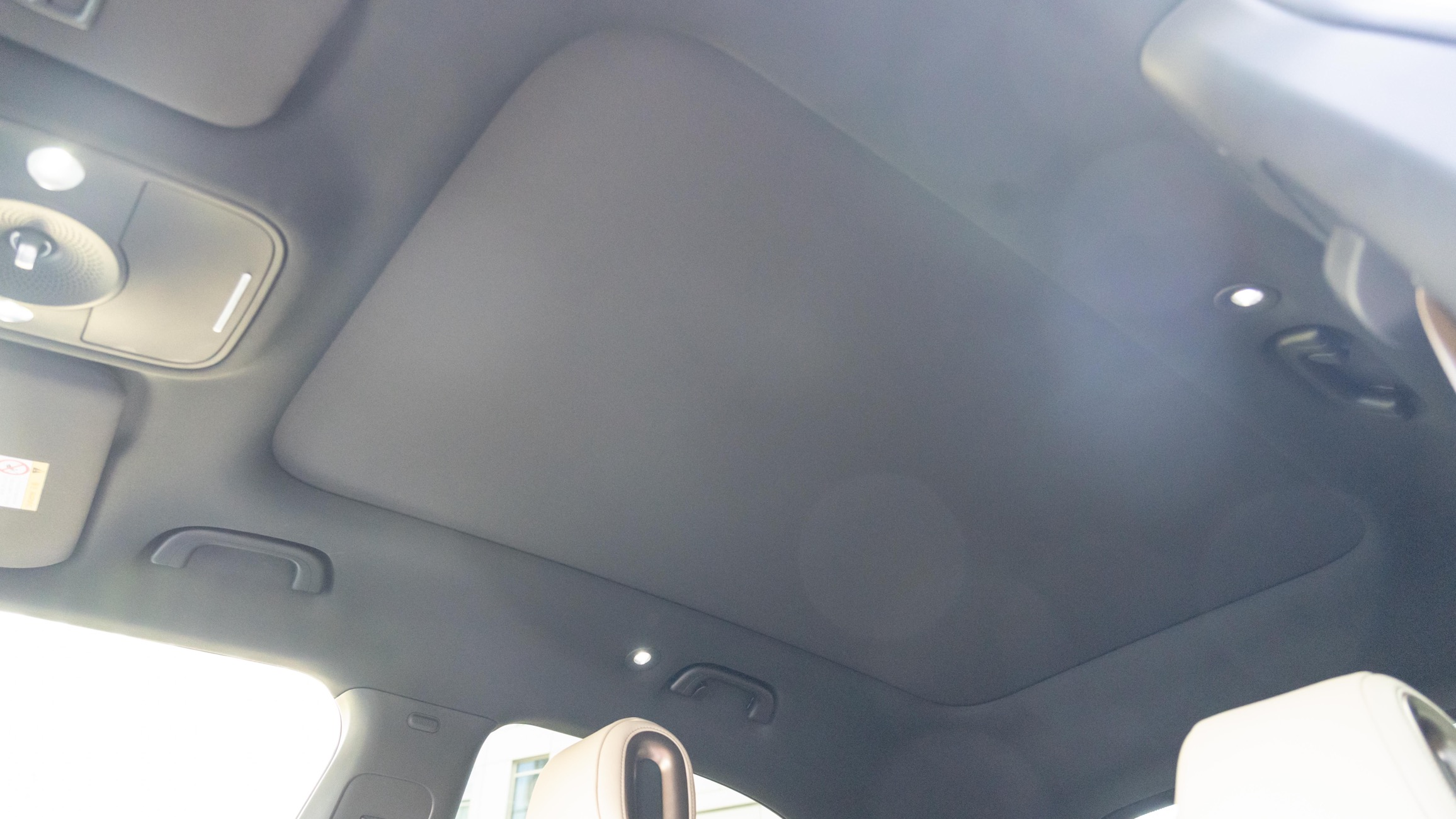
The rear seats still adopt the frameless door design, with the same overall style as the front seats, but with a midrange speaker and a bass speaker added to the car door. The rear windows cannot be fully lowered. After the window is lowered to the lowest point, about one third of it cannot be lowered, as shown in the figure.
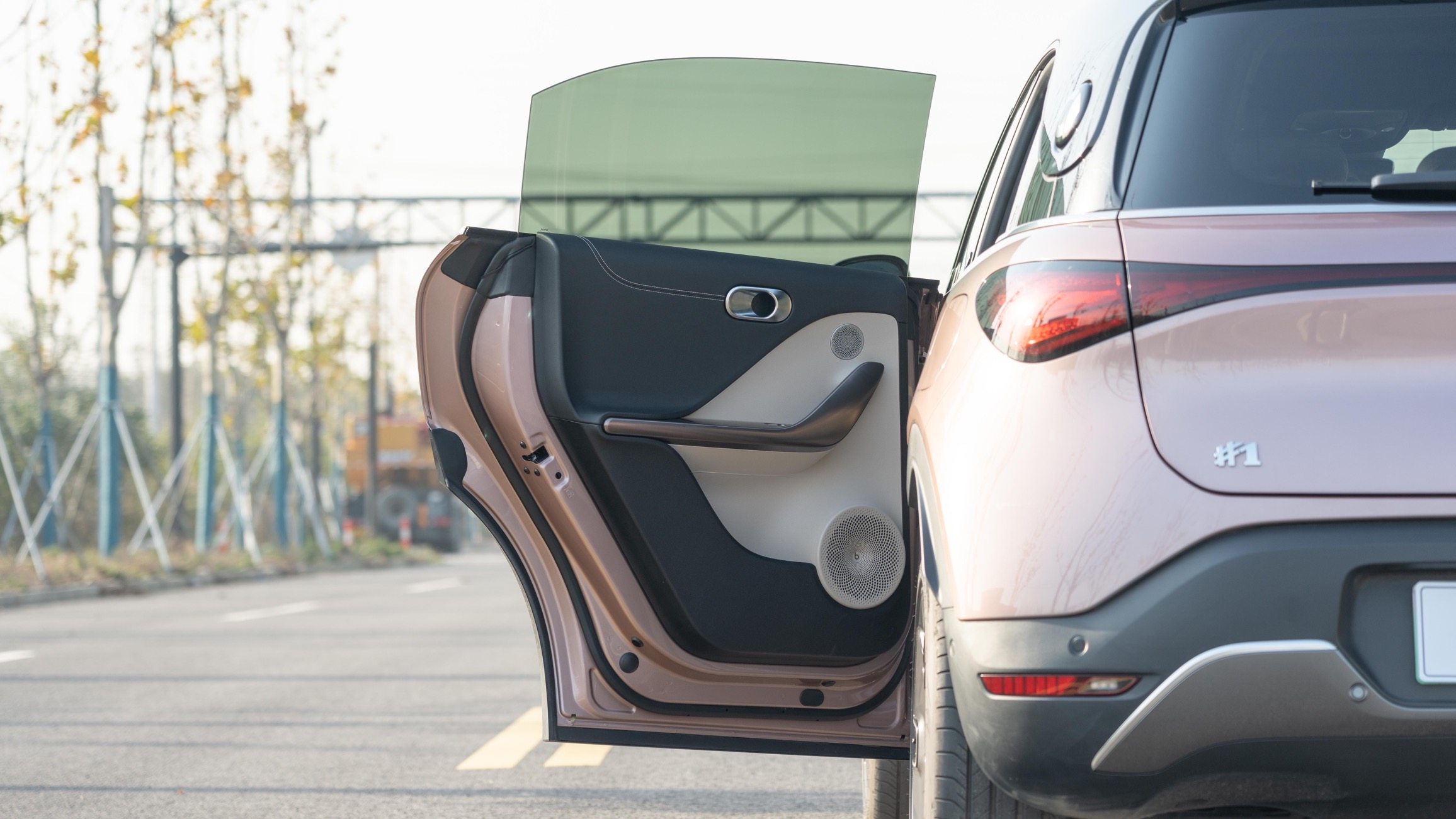
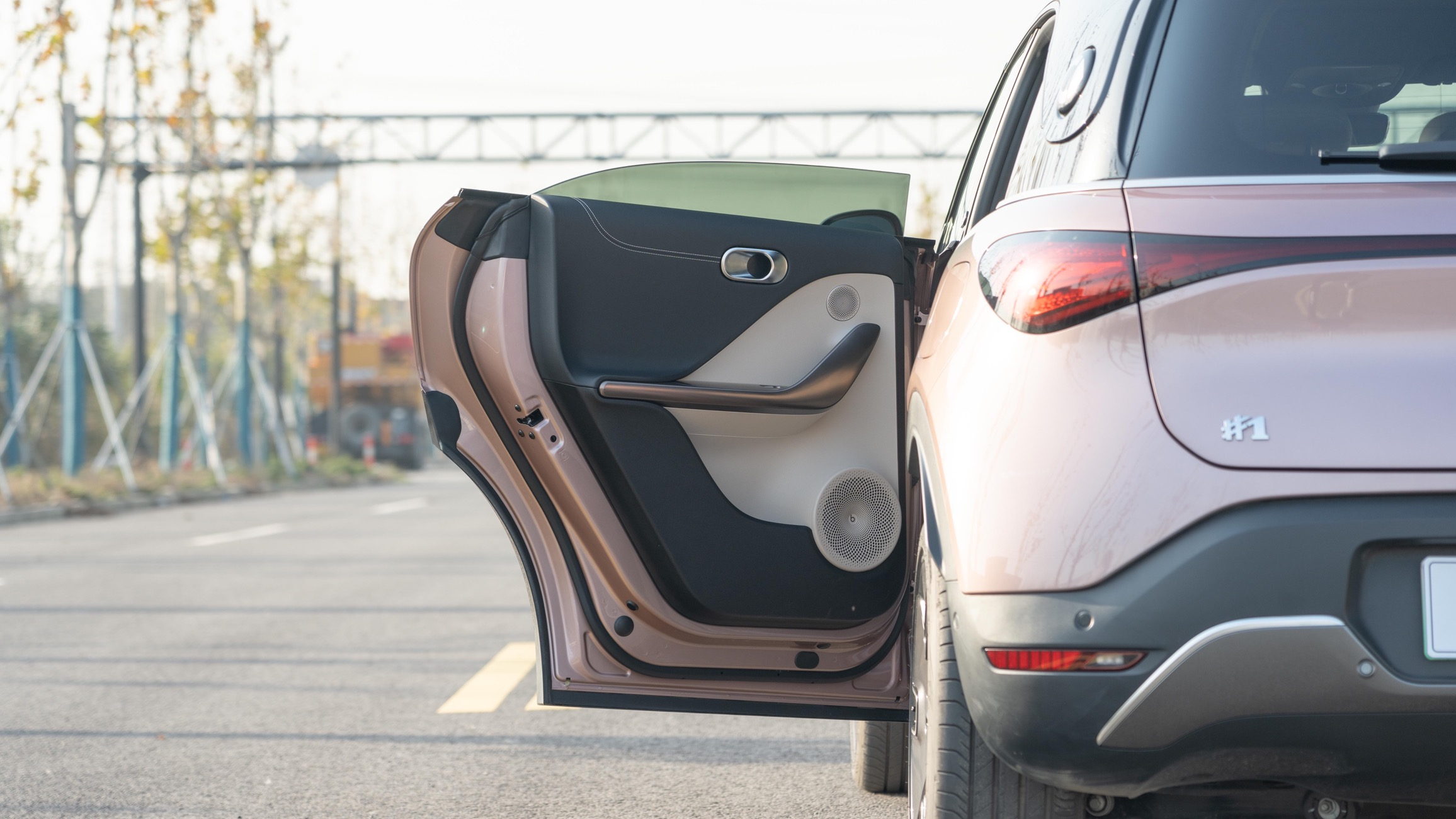
The storage space of the door panel is slightly smaller than that in the front row, but it can hold two 500ml mineral water bottles.

The riding experience in the rear row is basically the same as that in the front row. The seats have better support, which is common in European cars. The seats feel hard at first, but they won’t cause waist and back pain like those “big sofas” after a long ride.
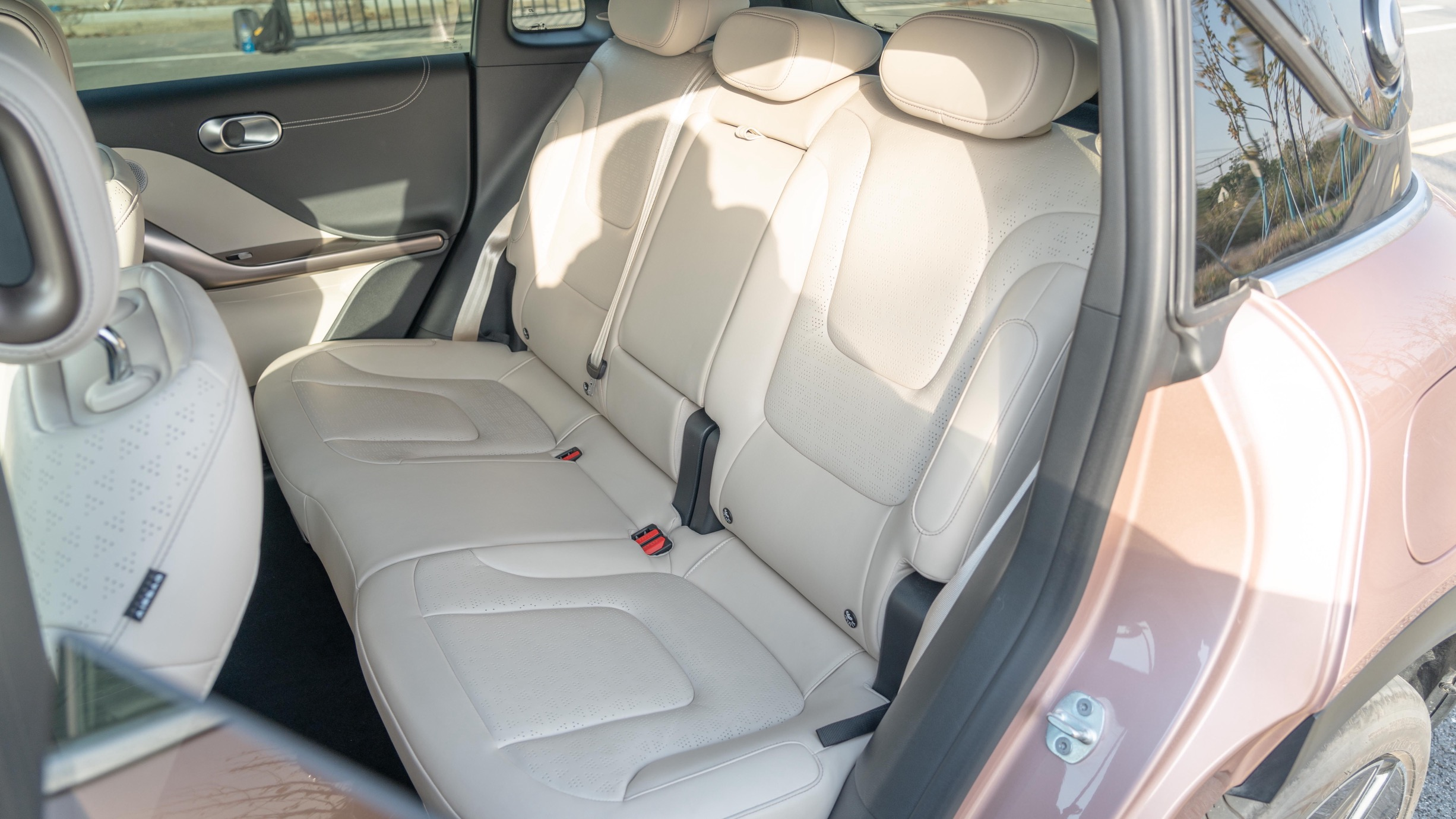
Thanks to the 2,750mm wheelbase, the rear space is unprecedentedly large for such a small car. When the front row is adjusted to a suitable sitting position, there is still more than two fists of leg space and one finger and three fists of headroom in the rear row. Such space performance is not inferior to that of SUVs of the same level, or even mid-size and large SUVs.



The only drawback is probably that the length of the rear seat cushion is average, and it doesn’t fully support the entire thigh. Due to the more considerate rear space design, the trunk space is at the normal level for the same level of cars.
There are storage bags behind the front seats, which do not feel very tight when opened and can easily hold a bottle of mineral water.

There is an independent air outlet under the central armrest in the rear row, with a Type-C port and a Type-A port for charging, and a small storage compartment for placing mobile phones.


Possibly because there are only two cup holders on the central armrest of the rear seats, the filling material in this area is relatively soft. In addition to the flat floor, passengers sitting in the center of the rear seats will not feel too uncomfortable.


At night, the illuminated welcome pedals once again increased the sense of ceremony when boarding the car.
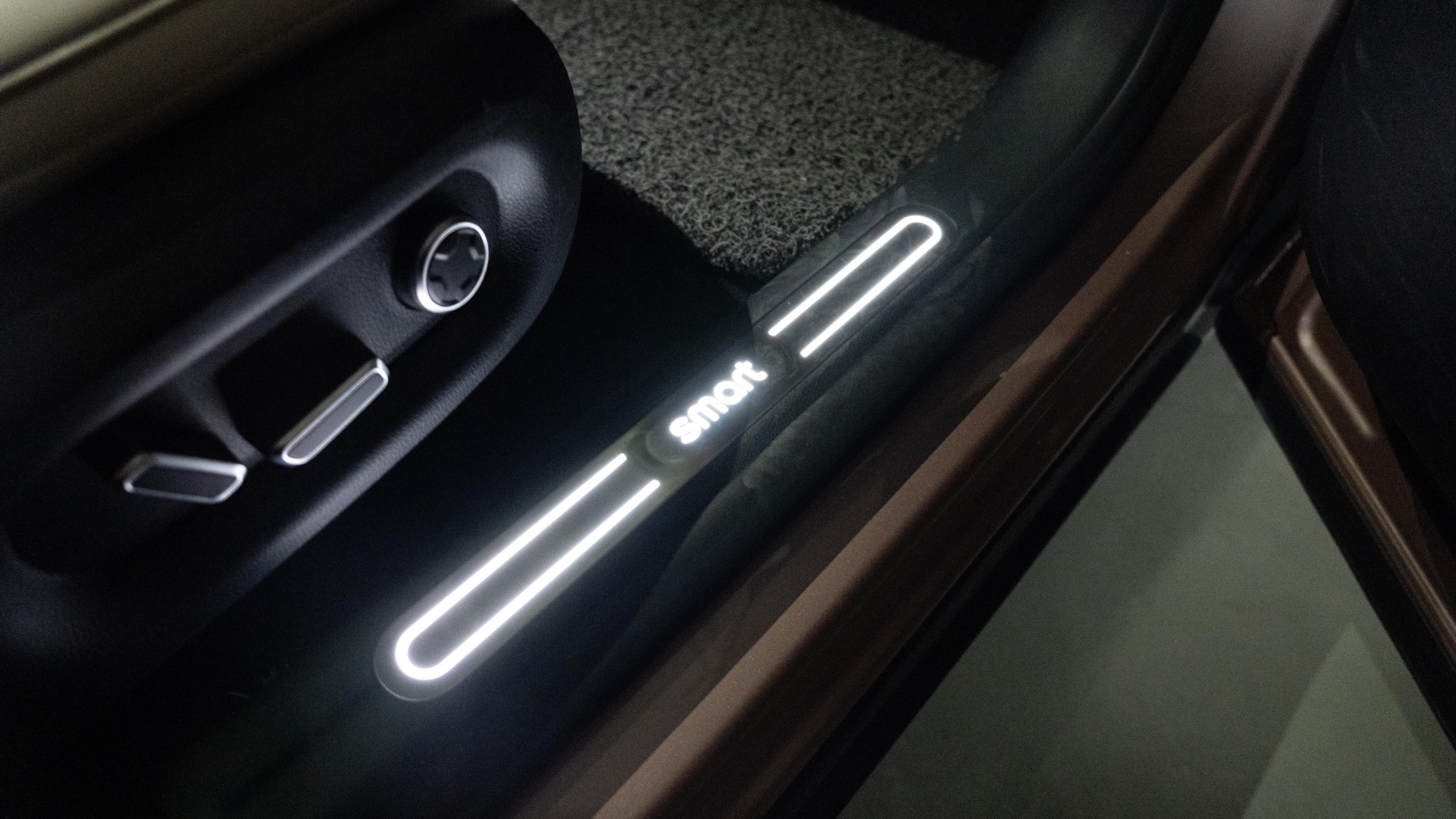
As you enter the car, looking at the ambient lights shining all over the car, the strong sense of Mercedes-Benz is in the air. Whether it is a nightclub style or not, in my opinion, it even has some of the EQS’s taste.
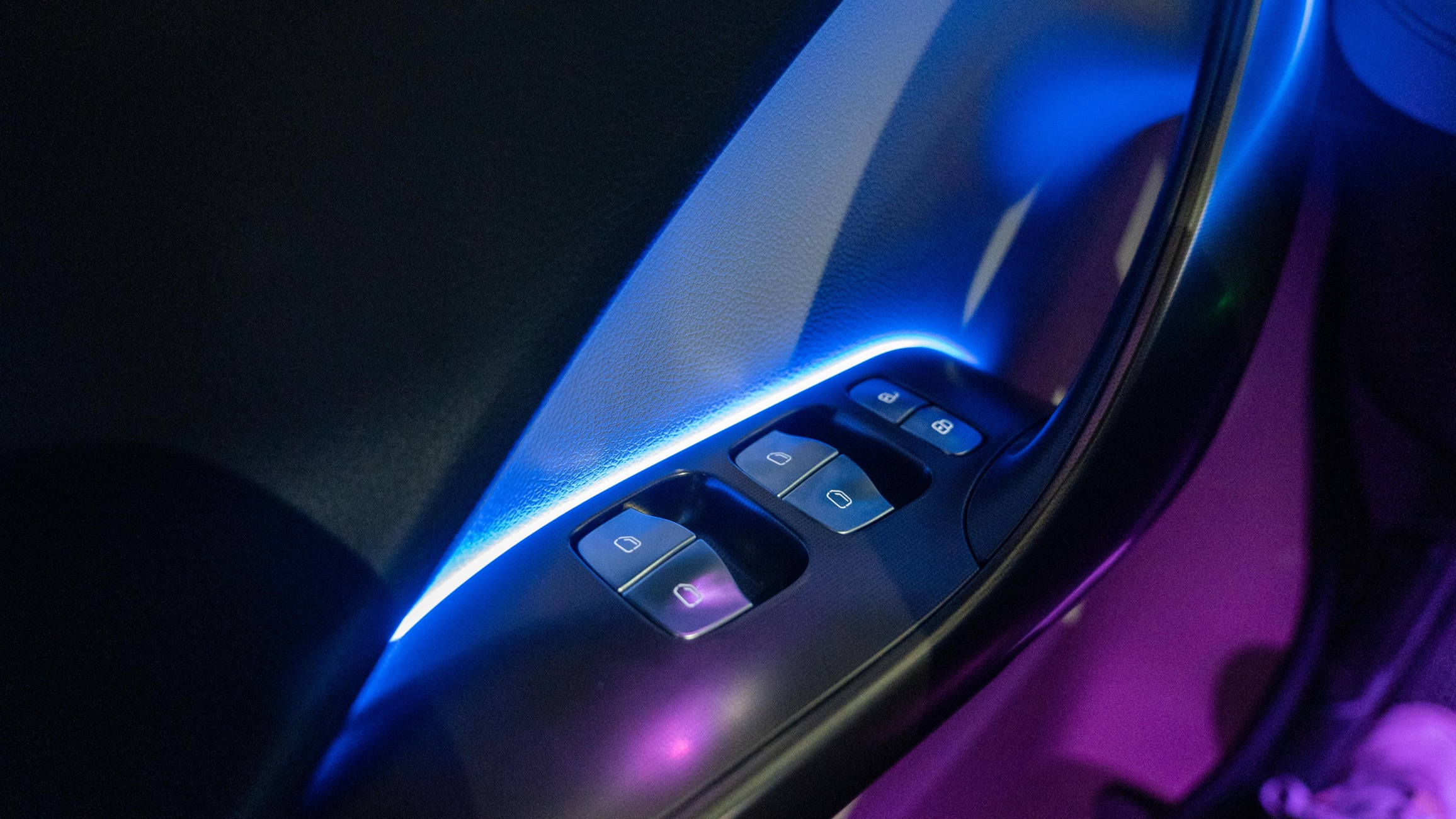


Finally, on the front windshield in front of the driver’s seat and the triangular windows in the rear seats, and on the rear windshield, the smart designers added three elf-style window stickers here, which is a small Easter egg.

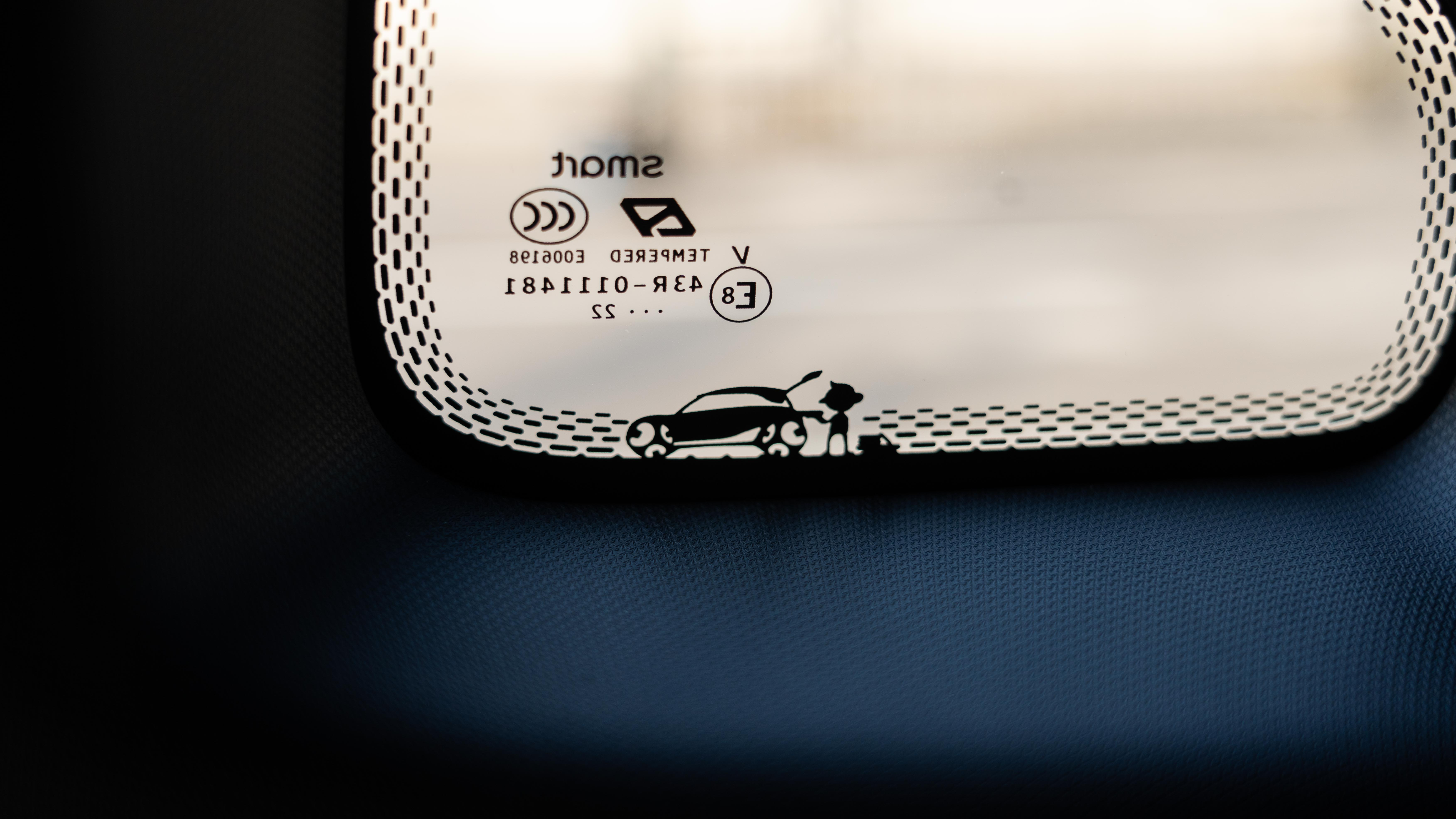

At this point, the interior has also been introduced. In summary, as a small SUV, the internal seating space has achieved a level that exceeds expectations. The various designs inside the vehicle also reflect the position of this car as a “boutique small car”.
Advanced Driving Assistance System: Stable and Easy to Use
During the endurance test, I also used the advanced driver assistance system of the Smart Elf #1 Premium version for a relatively long time. Although it has only basic driving assistance functions, its actual performance is very good, and I will talk about it with you below.
First, let’s briefly introduce the hardware of the advanced driving assistance system of Smart Elf #1 Premium version:
- A total of 6 ADAS cameras, including 1 forward perception camera, 4 panoramic cameras, and 1 DMS driver monitoring camera;
- 5 millimeter-wave radars;
- 12 ultrasonic radars.
The way to turn on the advanced driving assistance system of Smart is the same as that of many traditional car companies, which is to turn it on with the left steering wheel button. After turning it on, the vehicle will first enter the ACC adaptive cruise state, and if it recognizes the lane markings, it will enter the LCC lane keeping state within a few seconds. At this time, the HUD and instrument panel will display the currently set maximum speed in green, and the speed and following distance can be adjusted through the direction keys.
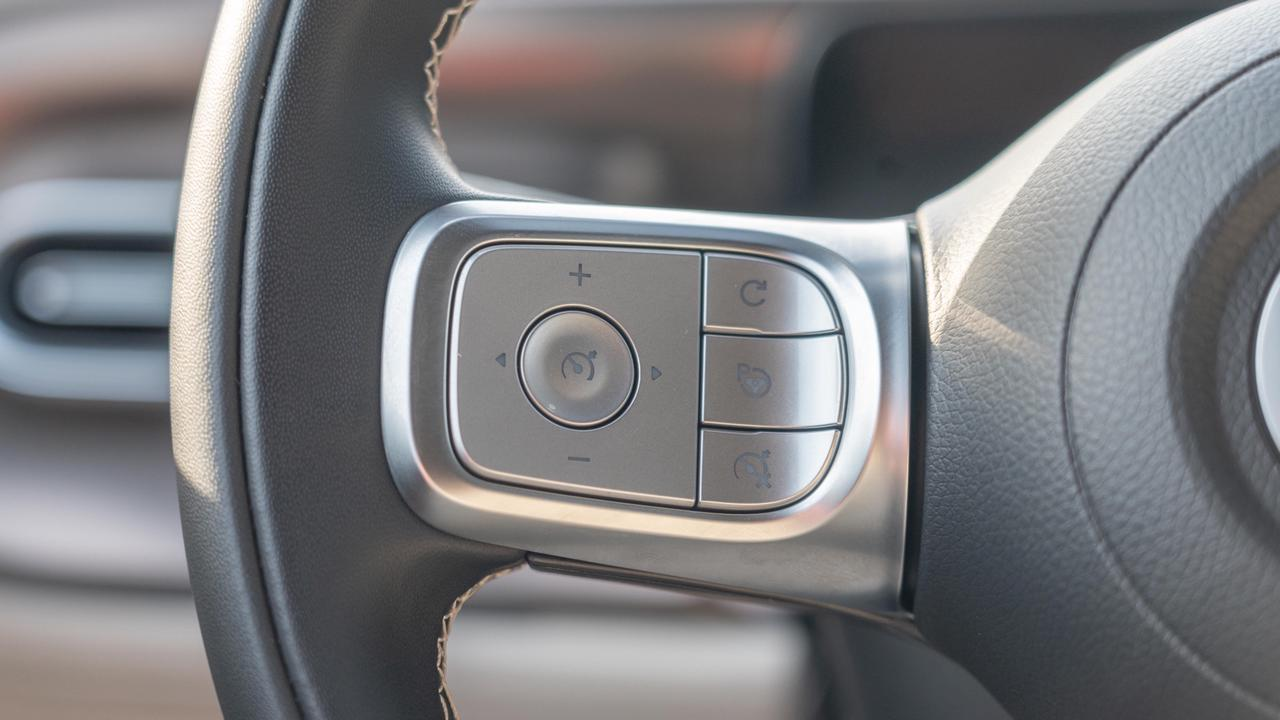
Next, let’s talk about the visual interface of Smart. After turning on the advanced driving assistance system, the maximum set speed will be displayed in green on the right side of the speedometer, and the lane markings on both sides of the vehicle will turn blue and can correctly recognize dashed and solid lines. The vehicle model currently only has two types: cars and trucks. The animation smoothness is not as good as that of the new forces, but it is already good compared to traditional car companies.
 # Road Performance
# Road Performance
Let’s start with the most basic element, driving in a straight line. Under normal road conditions, Smart Lane Keeping Assist (LKA) performs well and has not deviated from the lane due to incorrect detection of the lane markings. However, in slow-moving traffic, it has deviated slightly due to emergency stopping on the left side of the lane, but it still remains within the original lane. The vehicle’s lateral control is excellent.
Smart’s start/stop control is also very good in congested traffic. Even when the leading vehicle decelerates aggressively, Smart can slow down as smoothly as possible while ensuring a safe distance. As long as the leading vehicle accelerates moderately, the vehicle can keep up with it in time.
Smart’s adaptive cruise control has three distance settings, and the recommended speeds for each setting are as follows:
- First gear, suitable for speeds below 60 km/h;
- Second gear, suitable for speeds between 60-100 km/h;
- Third gear, suitable for speeds over 100 km/h.
Of course, these are only suggestions based on personal driving habits, but it can be seen that Smart’s following distance settings cover the commonly used speed ranges, and overall its longitudinal control is excellent.
Regarding curves, since the long-distance test was conducted on a highway or urban loop, tight curves such as the Devil’s Curve were not tested. The vehicle maintained its speed through small-radius highway curves without any problem. The largest curve tested was the corner near the entrance of the Central Ring Road and Hu-Jia Expressway.
Both Xpeng P7 and Great Wall Motor’s ORA exhibited some degree of speed reduction before entering the curve, and Smart was no exception. However, Smart’s speed reduction was minimal, and it was able to pass through the curve at speeds of 70-75 km/h, which is close to the speed of a car driven by a human. Therefore, Smart has no problem driving on most curved roads in daily use.
Smart Lane Change Assist allows the driver to initiate a lane change by using the turn signal once the vehicle reaches a speed of 70 km/h. If the speed is not reached, the vehicle will return to the ACC mode after the turn signal is turned off. After the driver has completed the manual lane change and turned off the turn signal, the vehicle will automatically return to the LKA mode once it recognizes the lane markings. This logic is consistent with the Volkswagen ID series and Mustang Mach-E.“`markdown
The advantage of this design is that there is a certain degree of human-machine cooperation, and the assisted driving is more coherent, avoiding the problem of the vehicle autonomously retreating when changing lanes. Of course, the disadvantage is that the lane change operation still needs to be completed by the driver. The turn signal lane change at speeds above 70 km/h has not been tested due to road conditions.
Finally, it should be mentioned that smart elf #1 still uses a torque steering wheel, which is a small drawback. However, in actual use, there are very few scenarios where the steering wheel needs to be turned, and in most scenarios, the DMS camera is sufficient to monitor whether the driver is focusing on the road.
In summary, the smart elf #1 Premium version has now achieved basic level assistance driving that is comparable to that of new forces, and can work stably on most highways and elevated roads, greatly relieving driver fatigue. If it can add turn signal lane change function, capacitive steering wheel, and higher-order navigation assisted driving function, it will be even better.
Conclusion
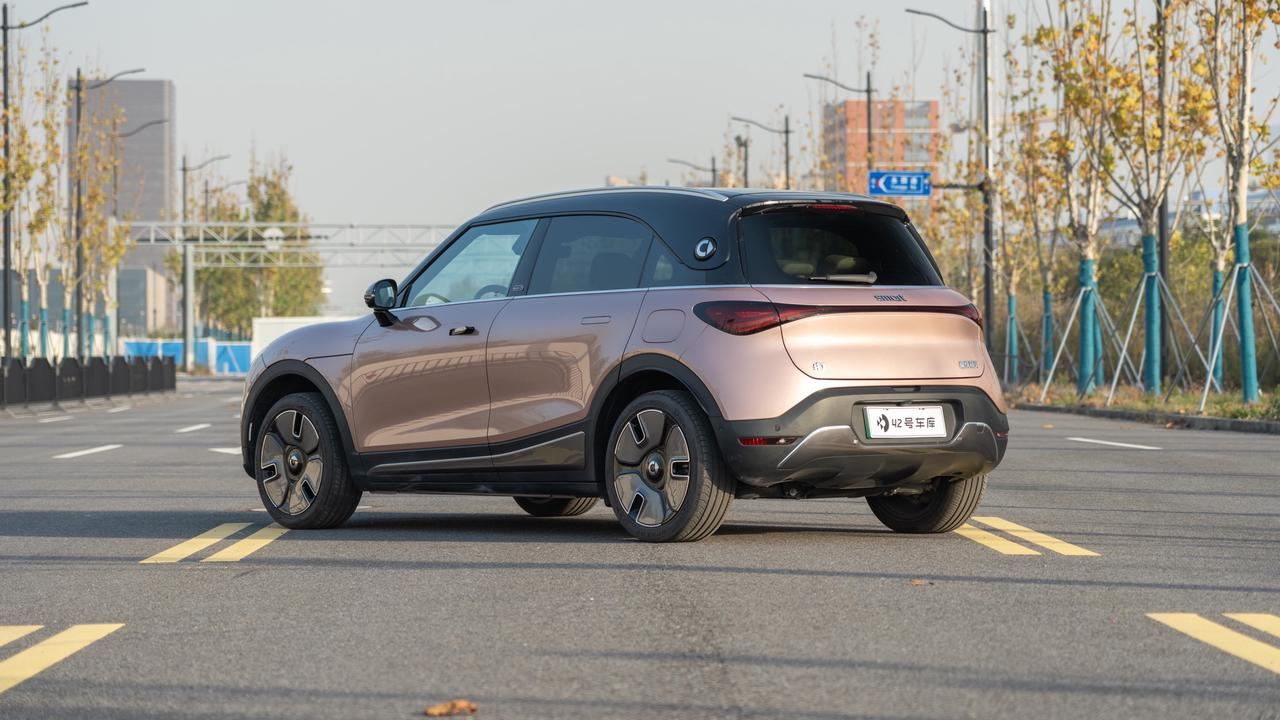
When smart elf #1 first started its static tour, I had to line up for 30 minutes to experience it. As the first product after the brand’s rejuvenation, such a hot scene undoubtedly demonstrates the success of smart elf #1.
Its appearance has given users who want a versatile boutique car a new choice, and the BRABUS version’s 3.9-second acceleration to 100 kilometers per hour meets the needs of those who pursue extreme performance. “Small-screen flagship,” a term from the mobile phone industry, packs powerful performance into a small size, which I think well interprets the product power of smart elf #1.
Adorable appearance, over 400 kilometers of urban endurance, excellent performance and driving experience, stable basic assistance driving, make smart elf #1 a truly unisex product. According to official statistics, among the first batch of small-order users last year, the ratio of male and female car owners was almost the same.Even though the Smart EQ ForTwo still has its drawbacks such as average driving range and slow charging speed, the above-mentioned advantages are enough to cover these flaws. If I were to choose a car as my daily city commuter vehicle, I would definitely choose the Smart EQ ForTwo without hesitation. Its small and flexible body can easily handle narrow city roads and highways.
As the Model 3 Standard Range sets a new historic low price today, Smart EQ ForTwo is undoubtedly facing unprecedented pressure from competitors in similar price ranges. However, with its excellent product strength, Smart is expected to experience a new sales peak after solving its production capacity issues.
This article is a translation by ChatGPT of a Chinese report from 42HOW. If you have any questions about it, please email bd@42how.com.
